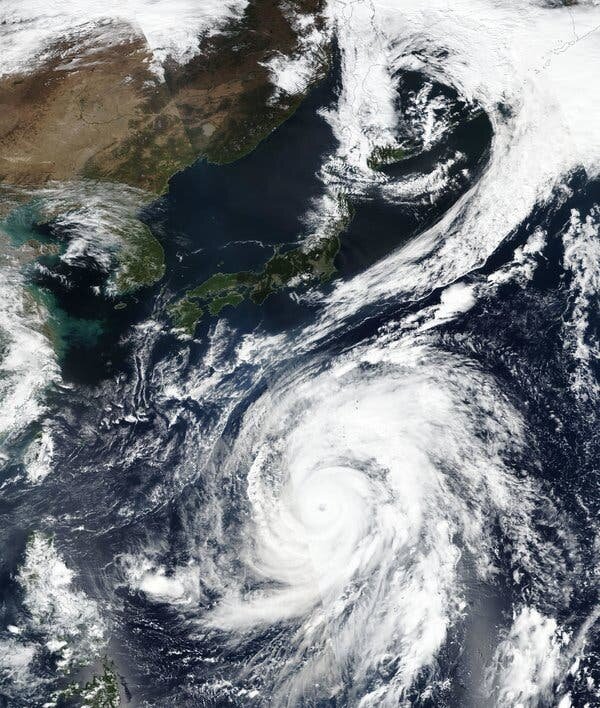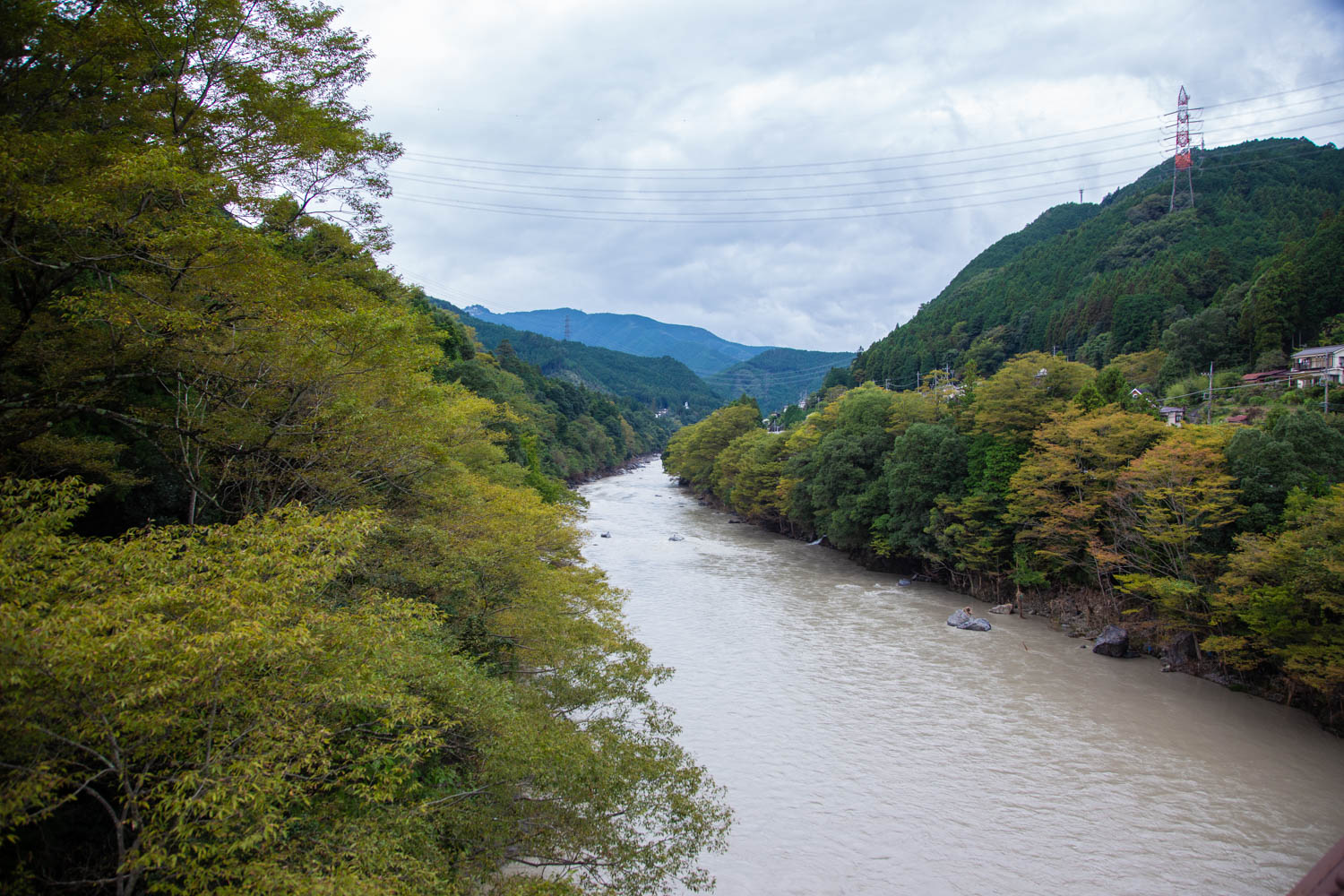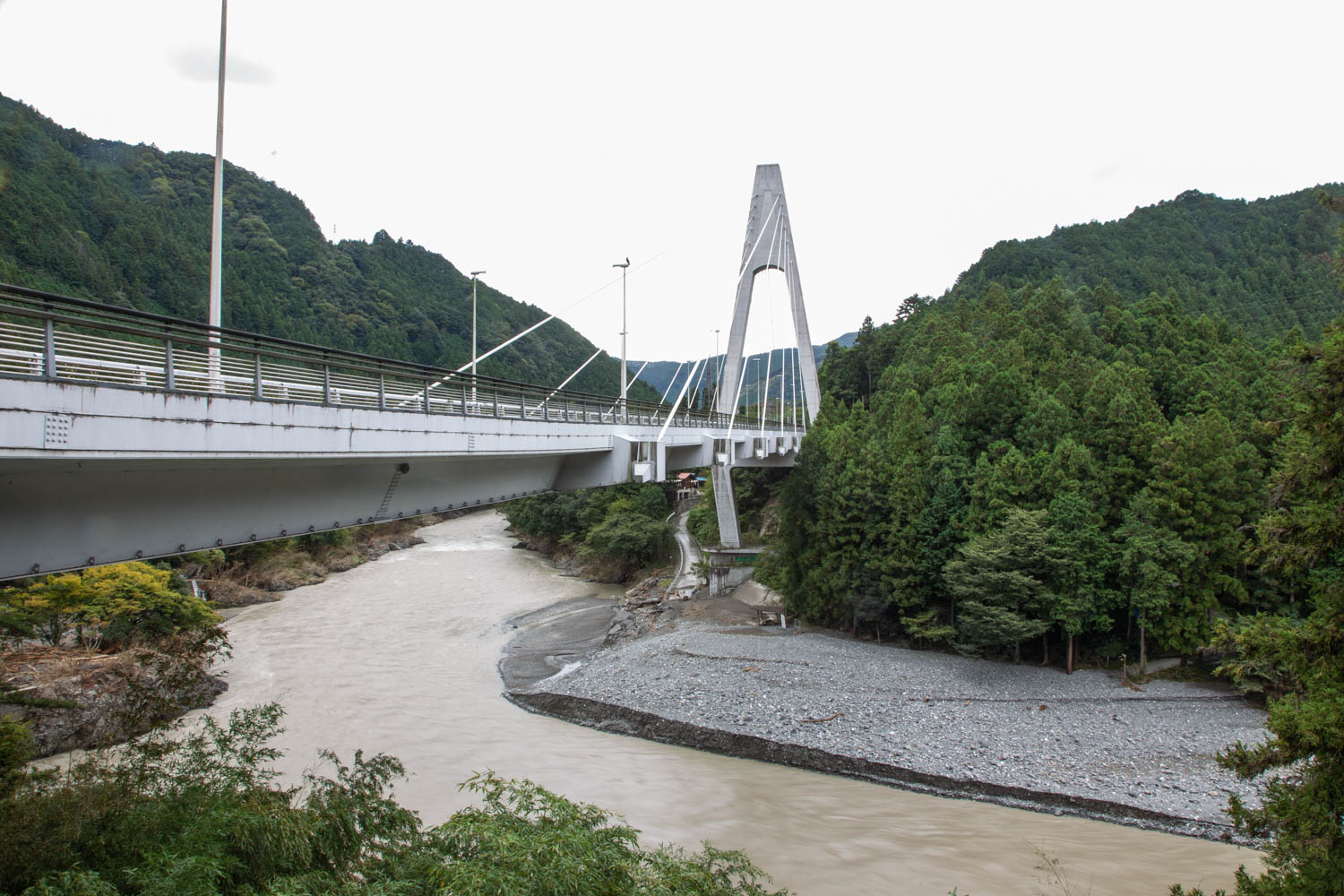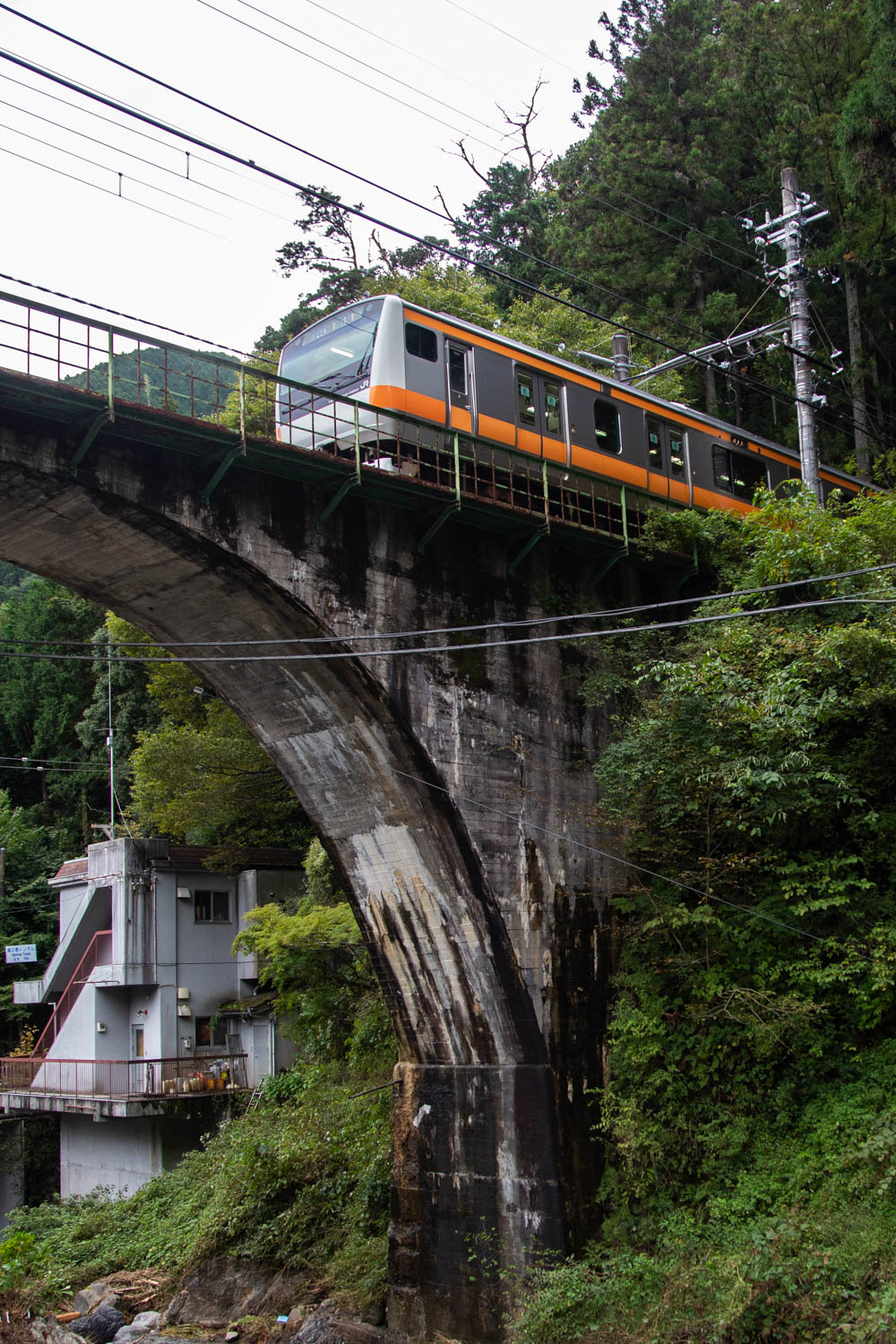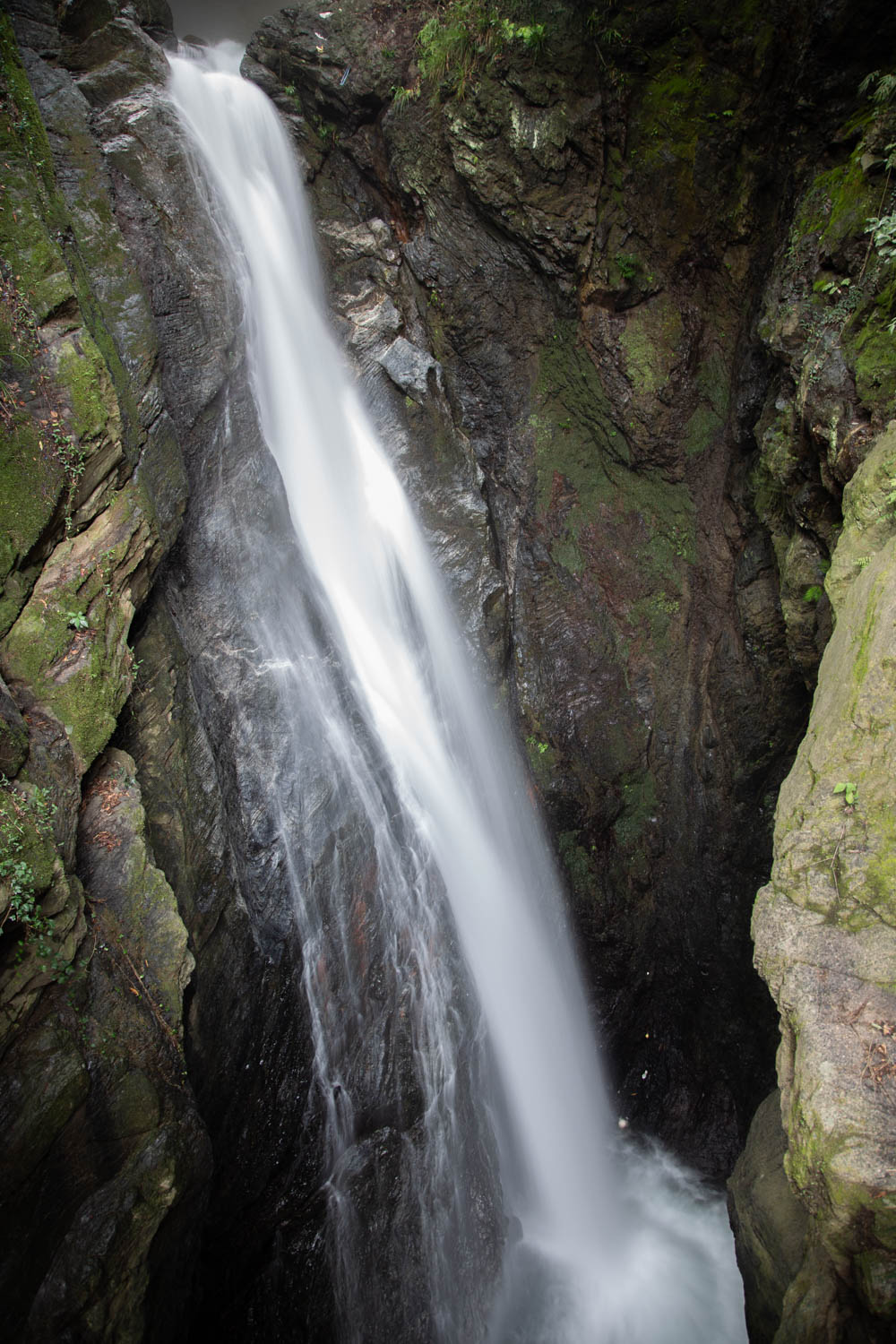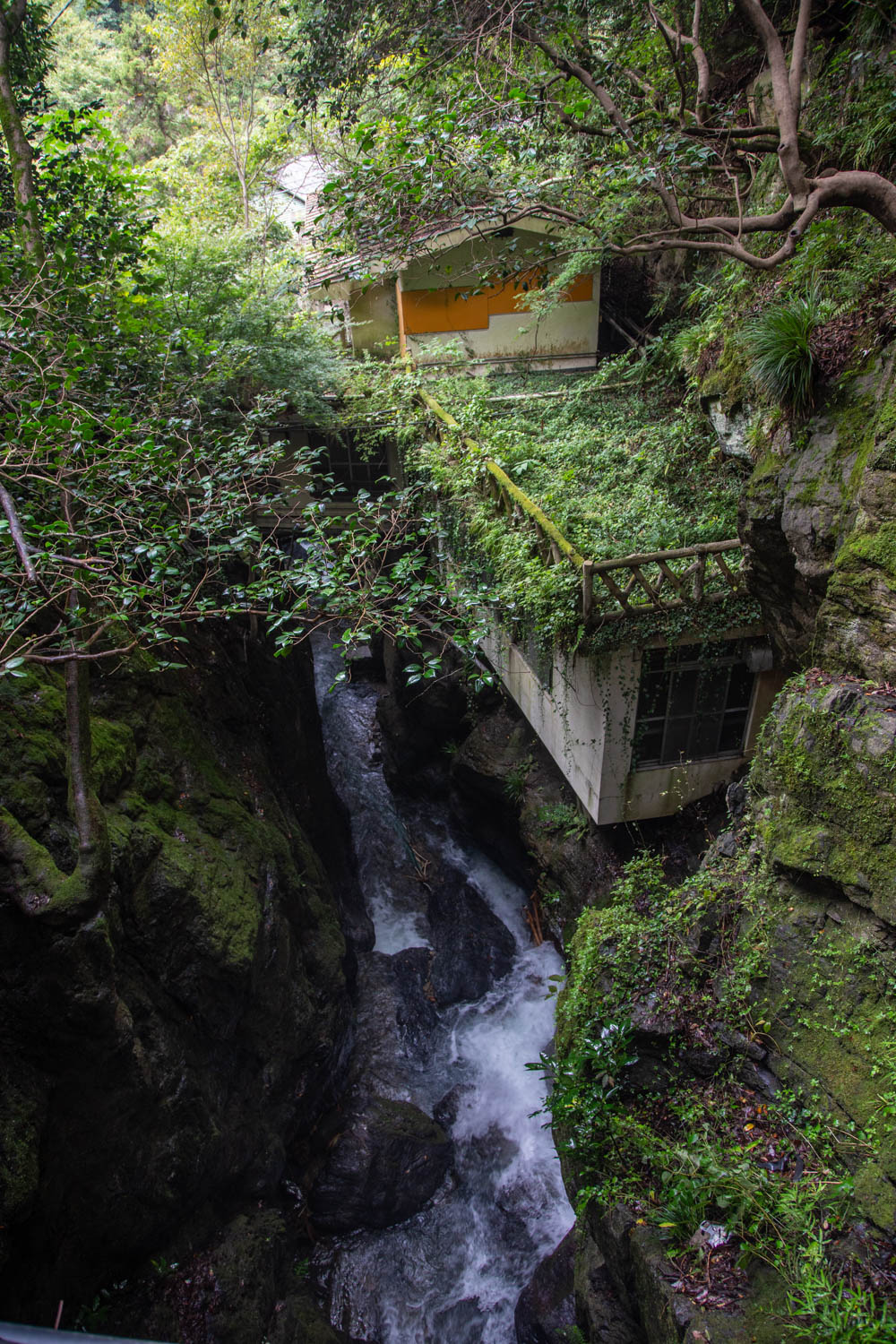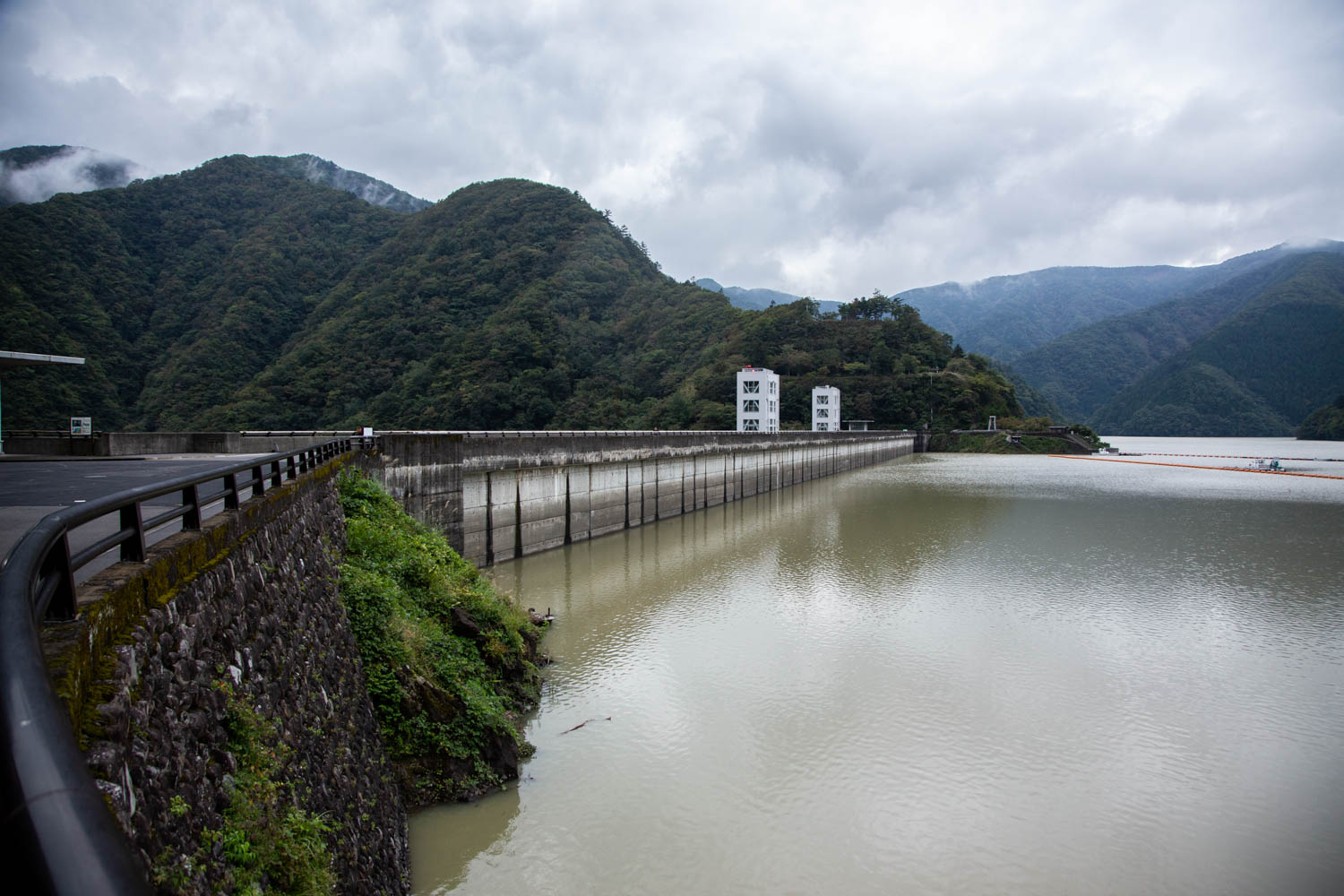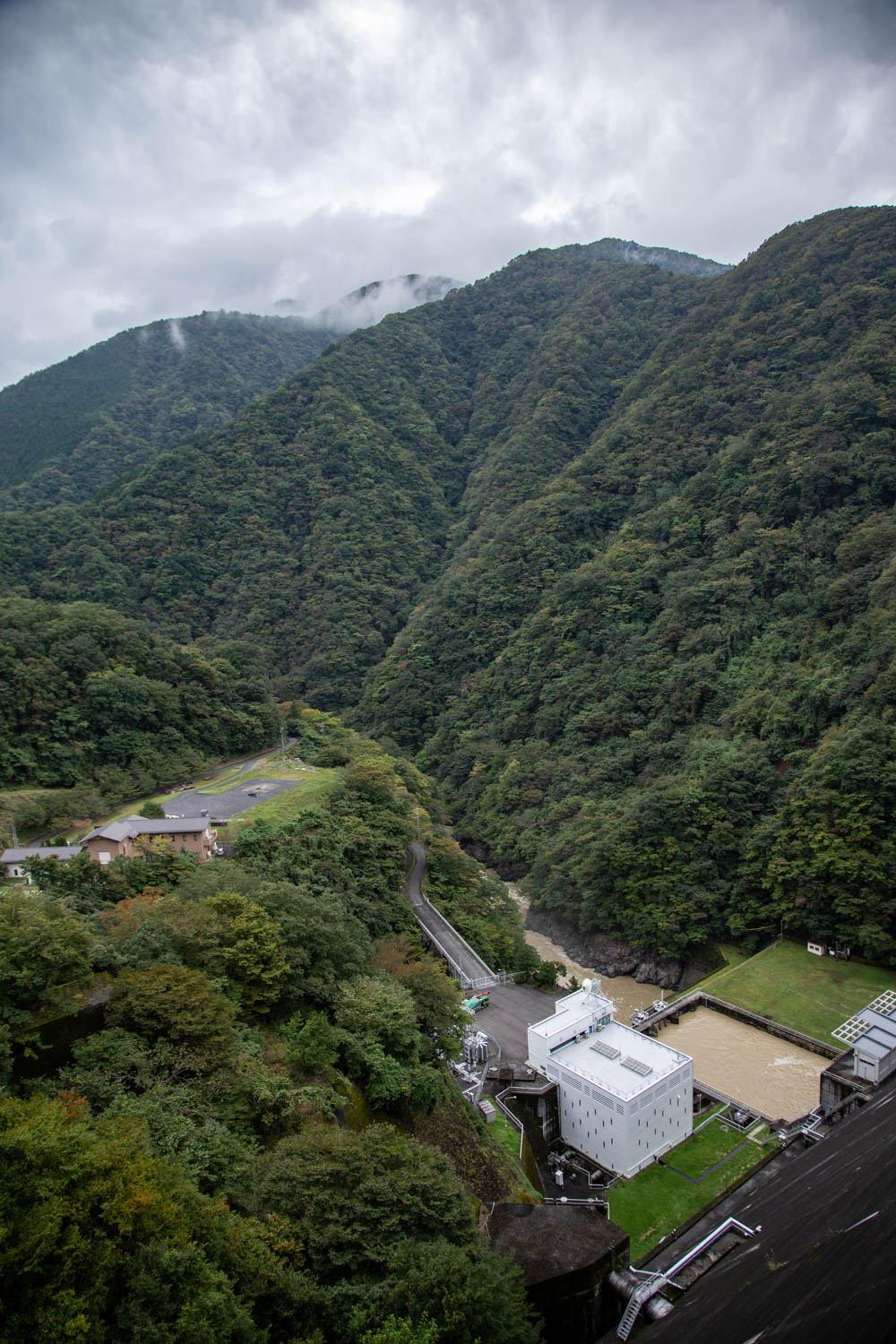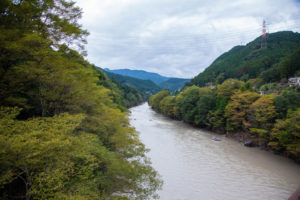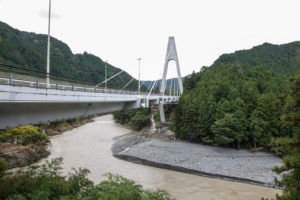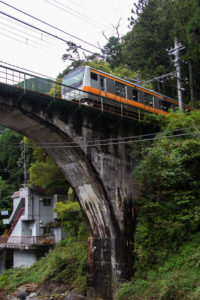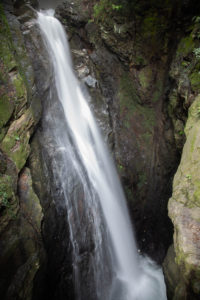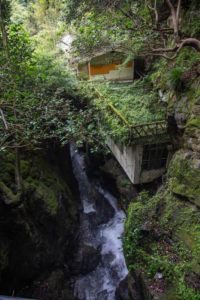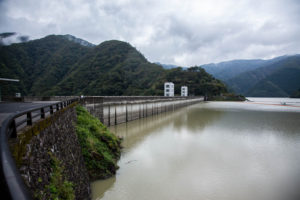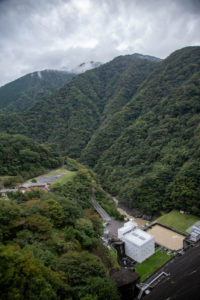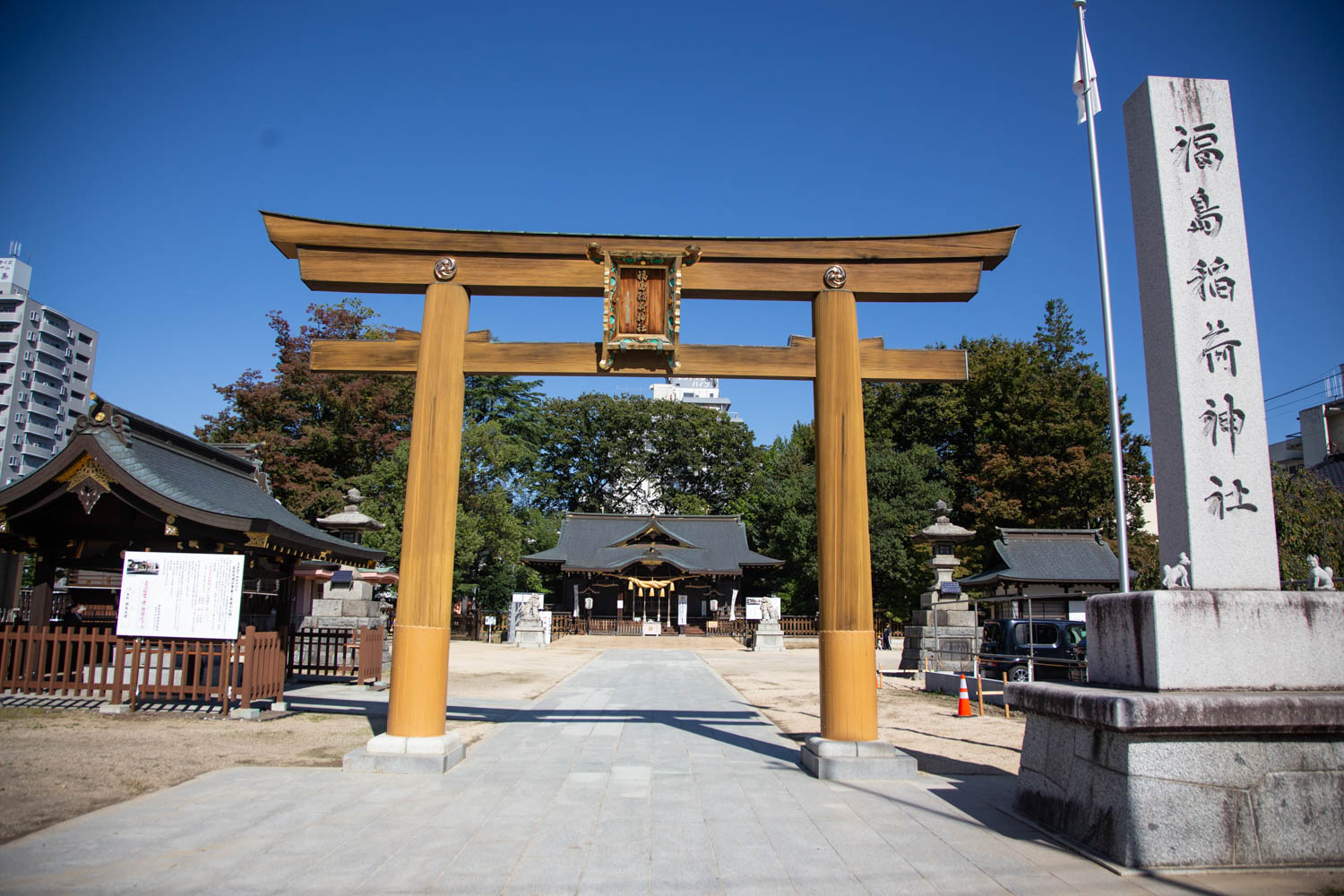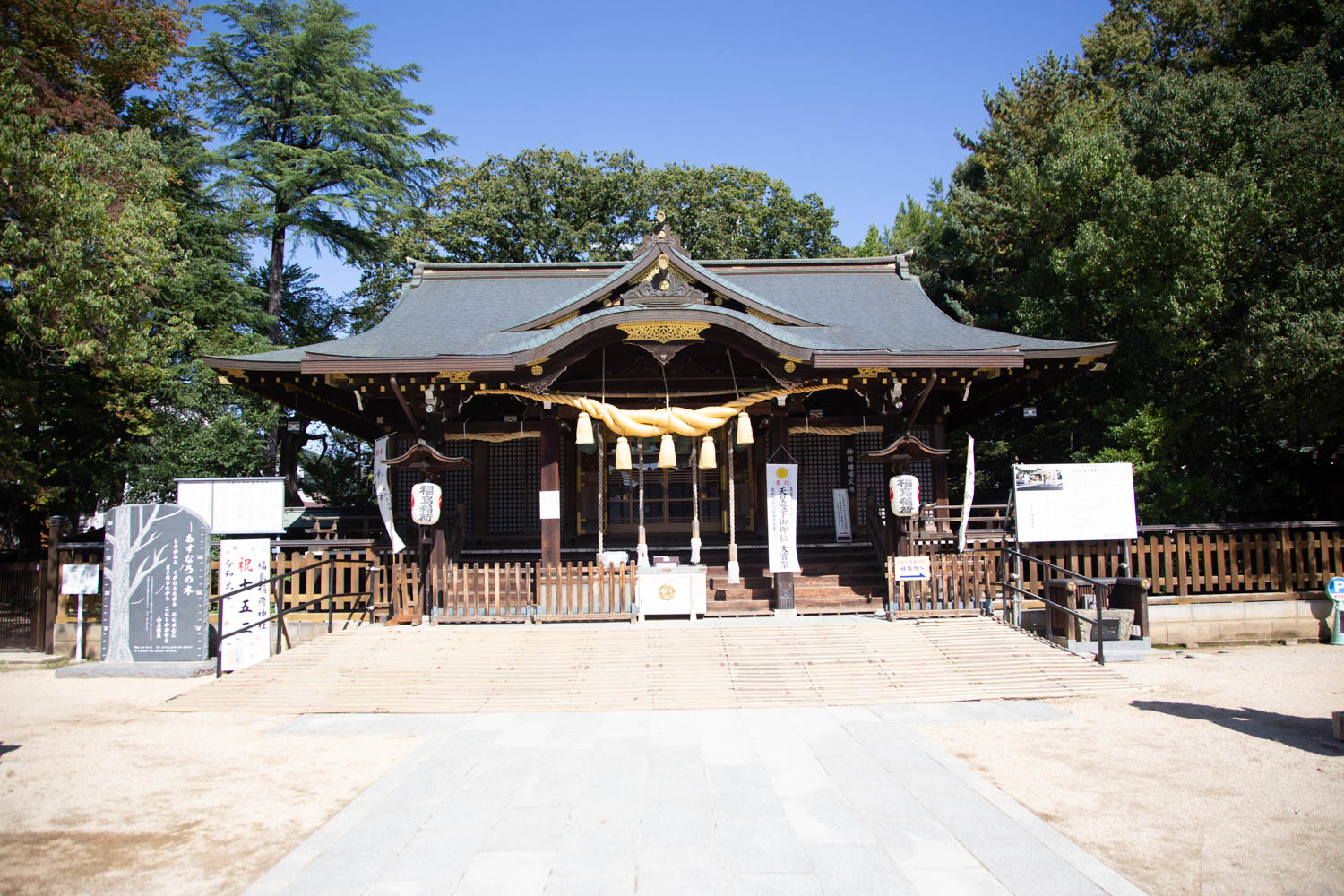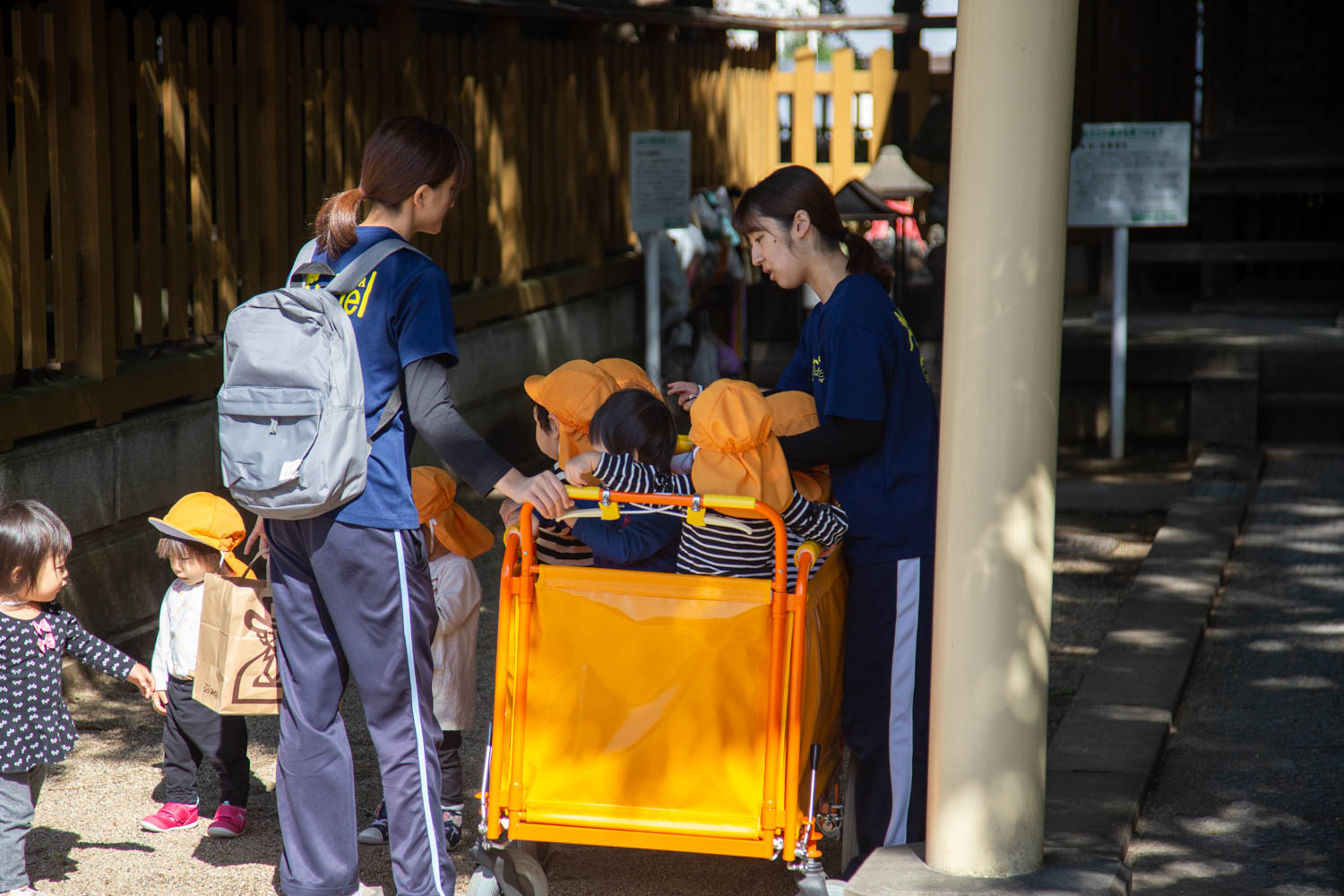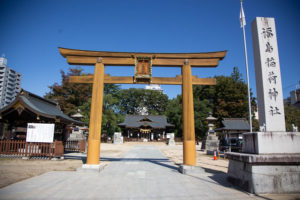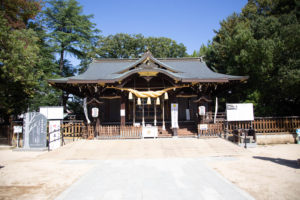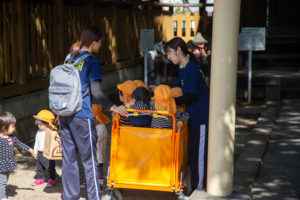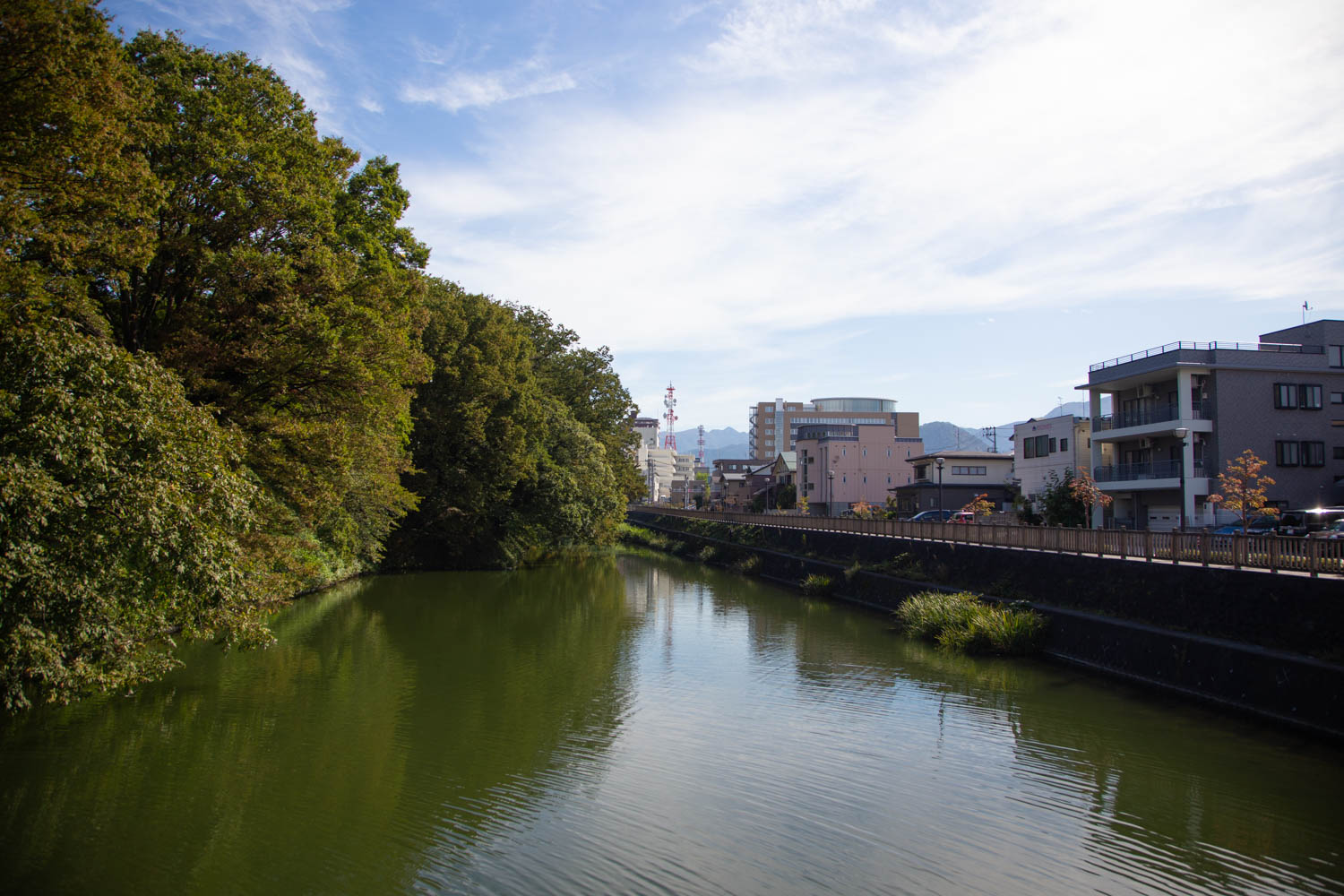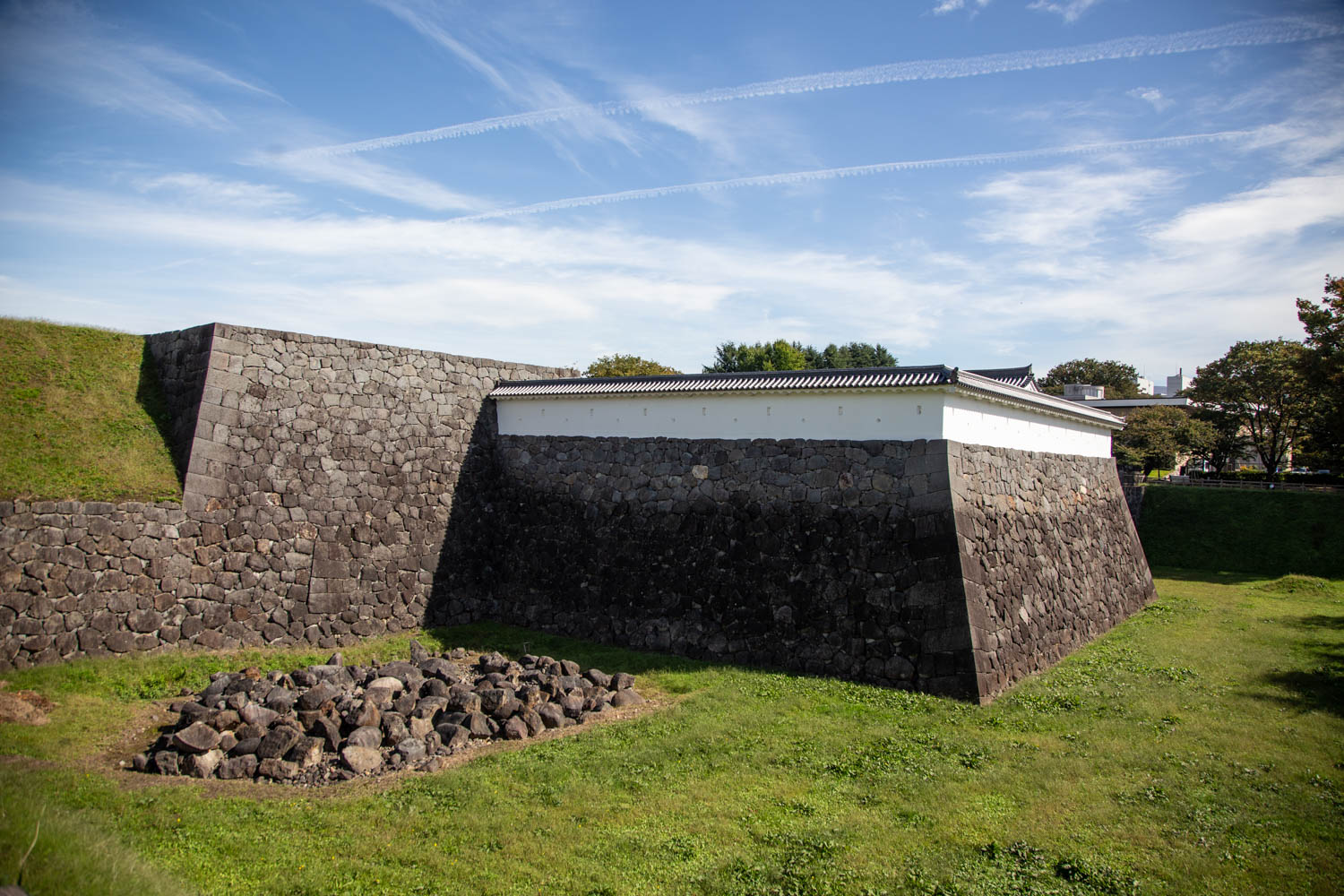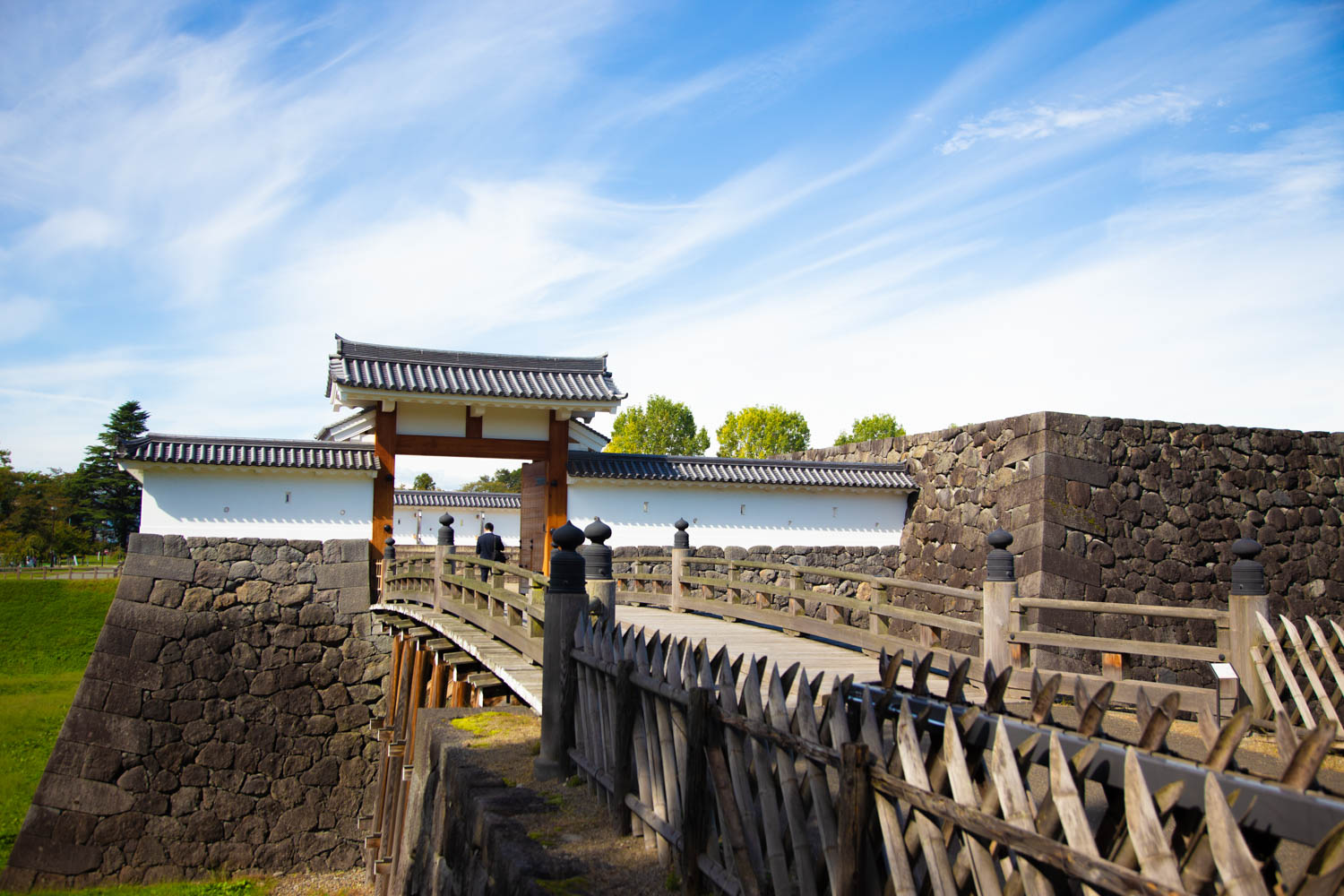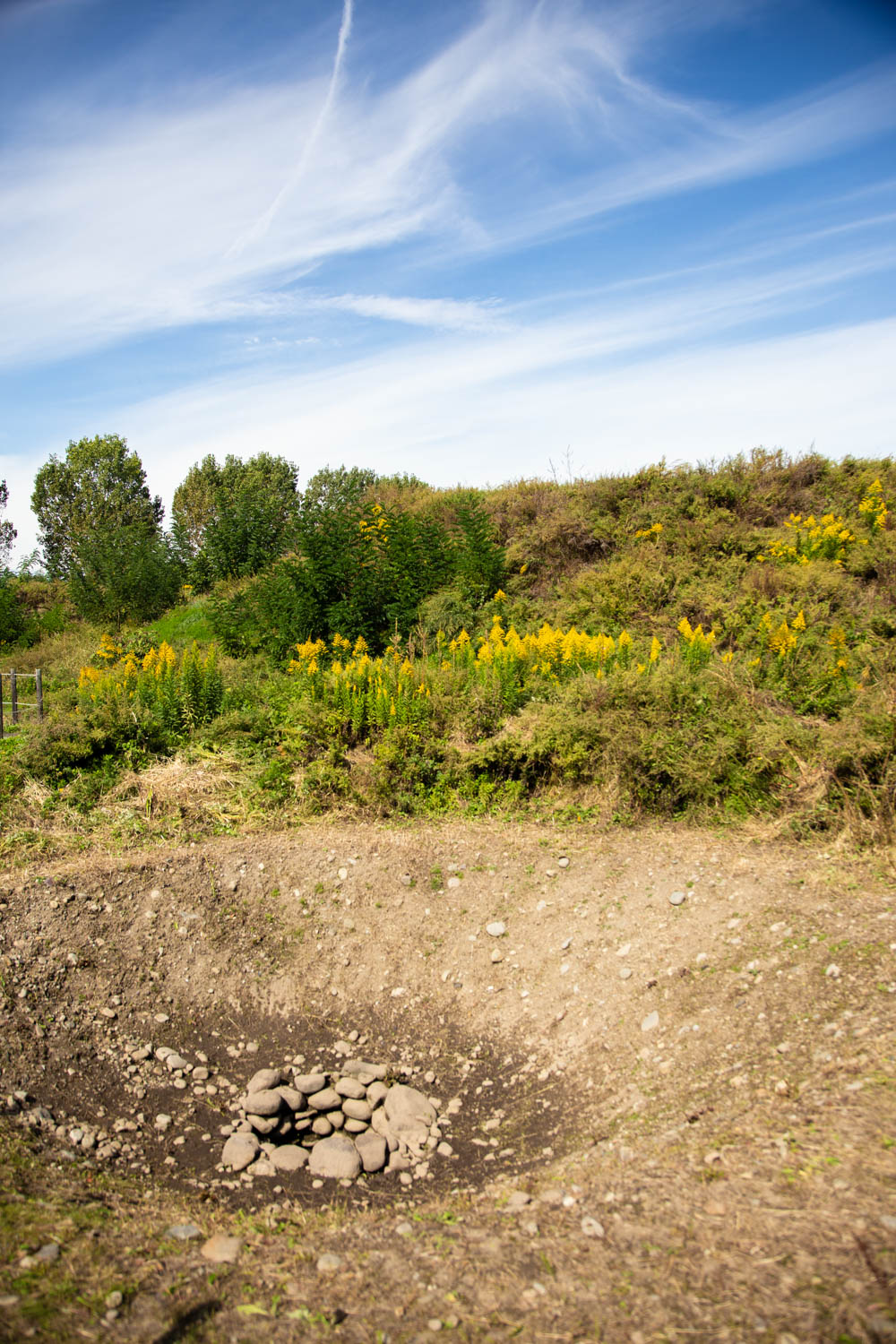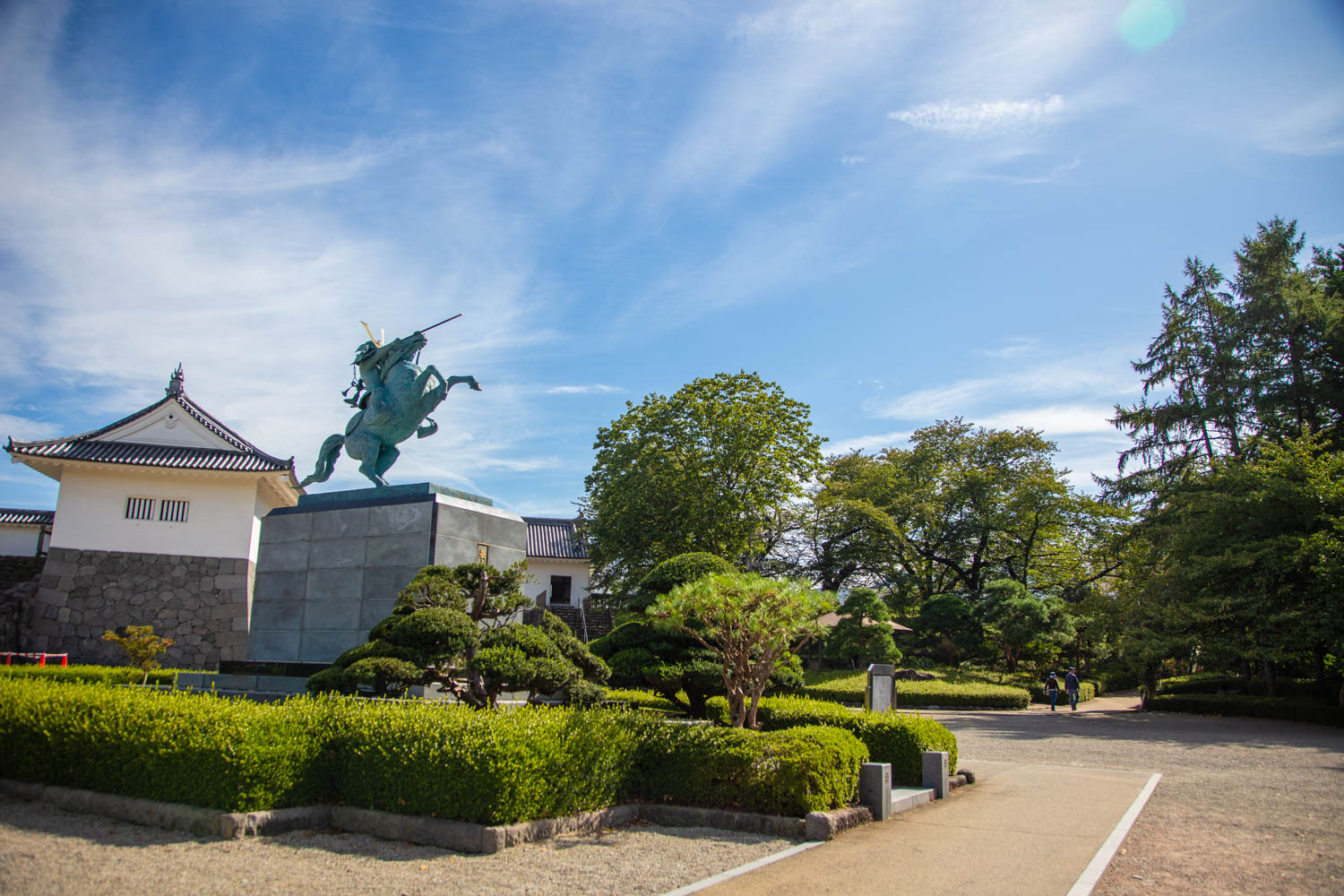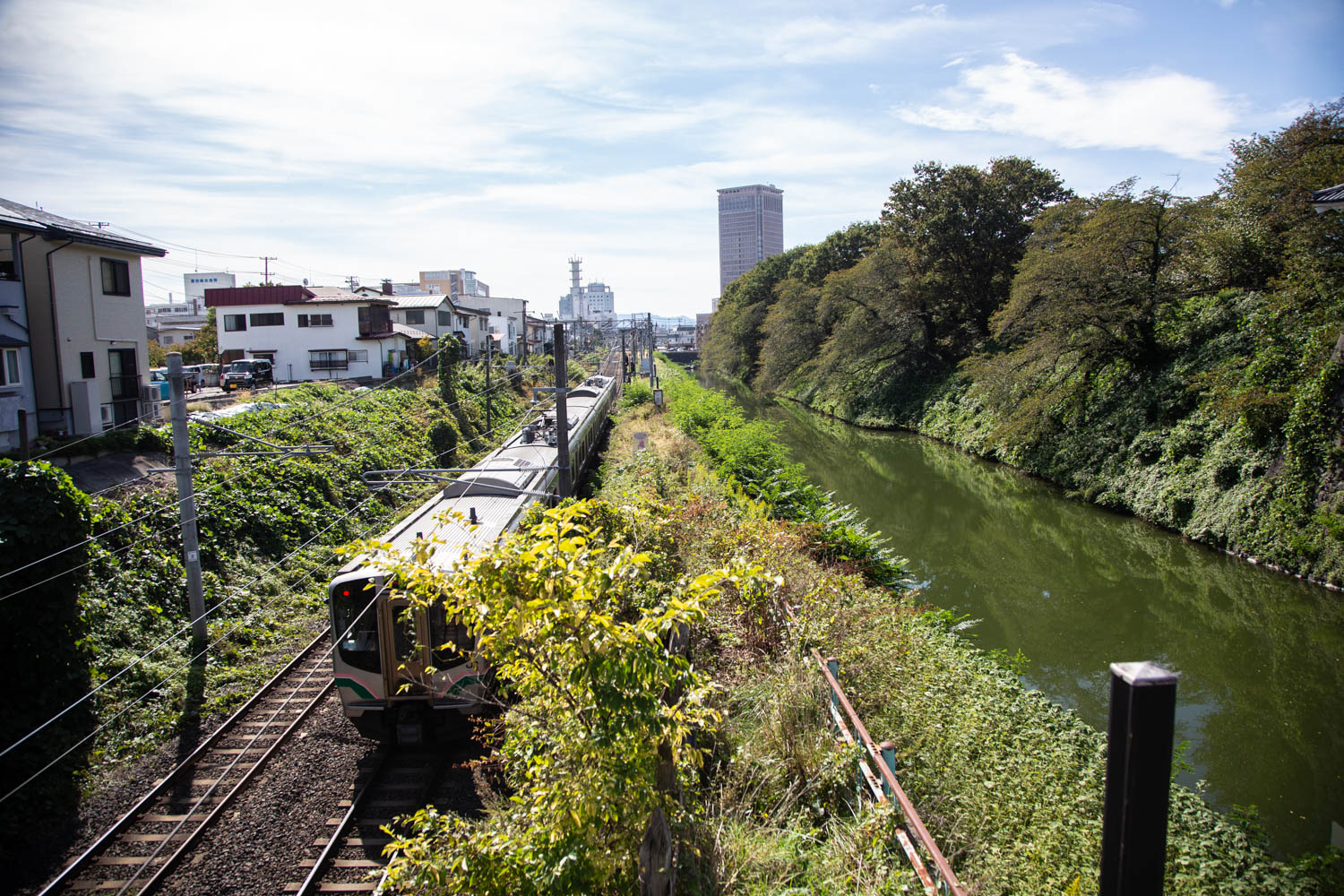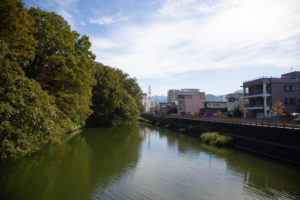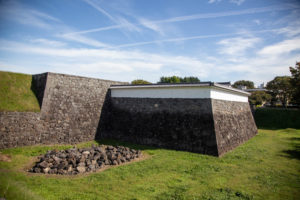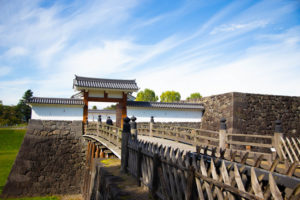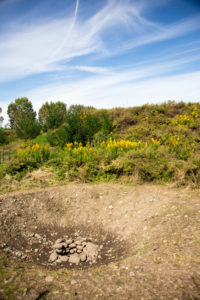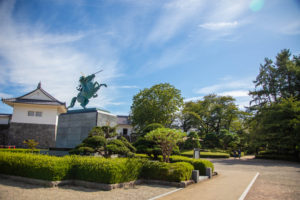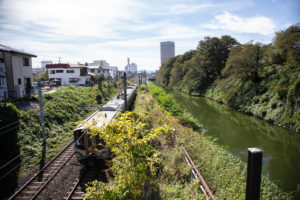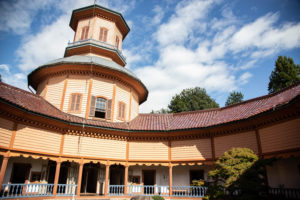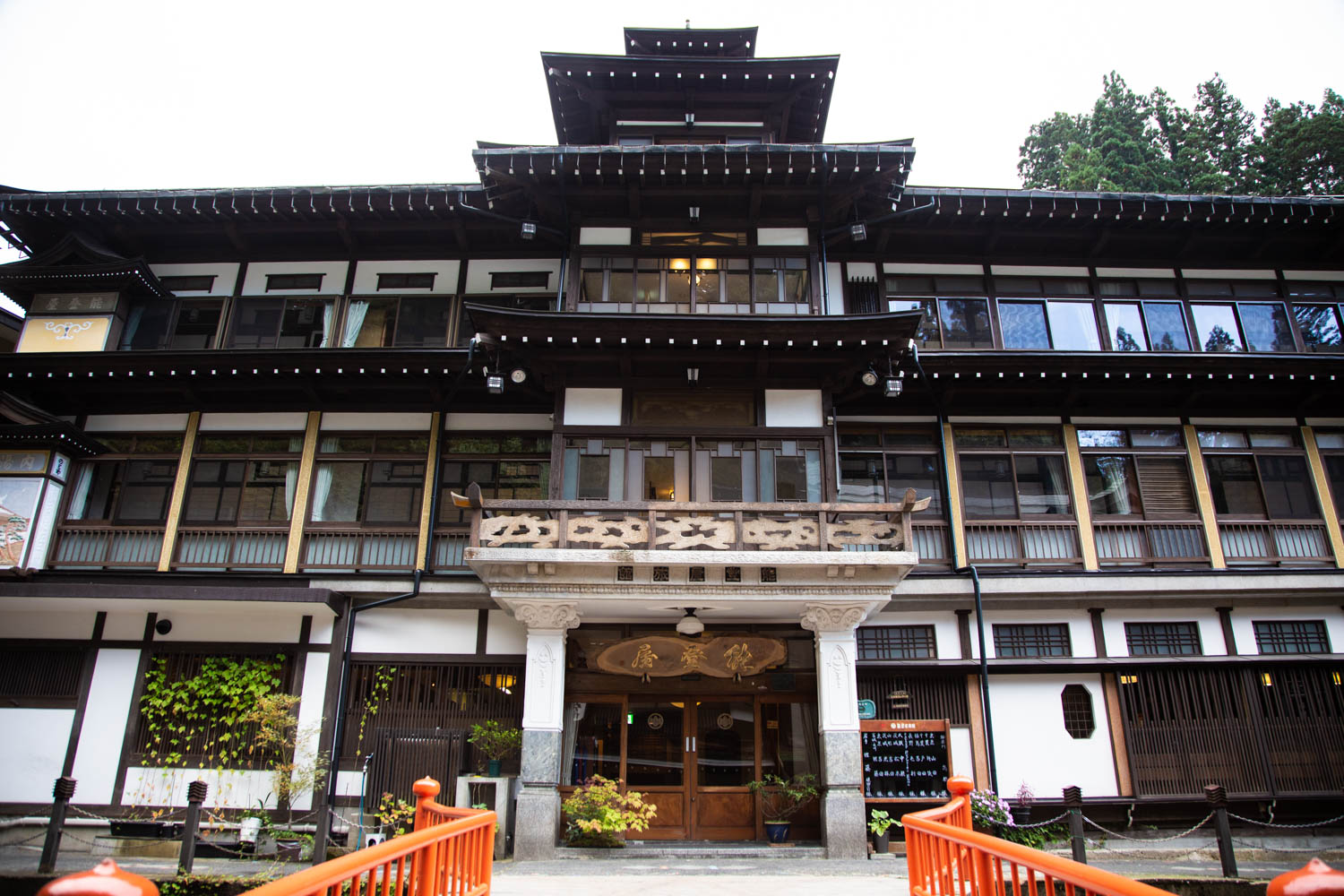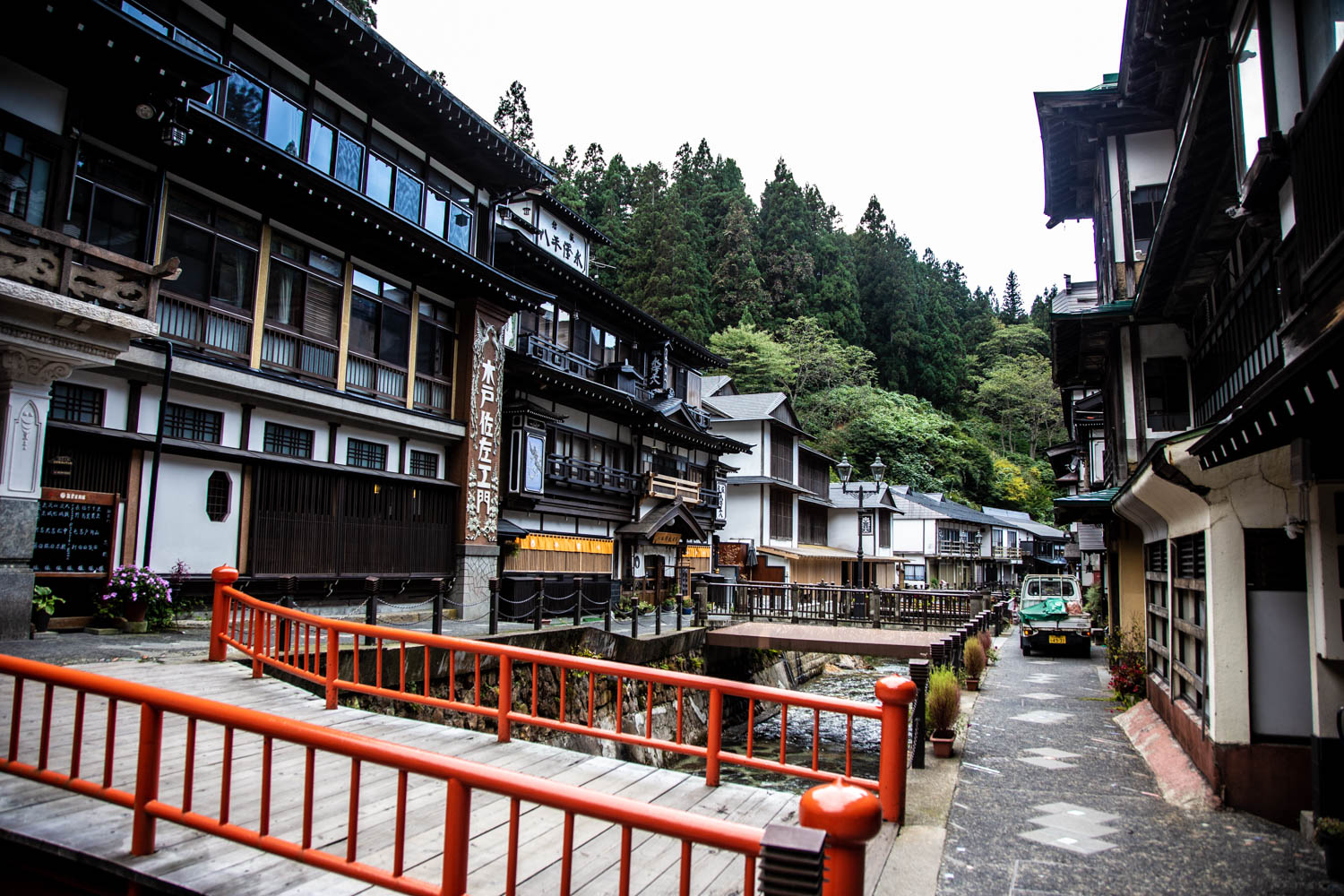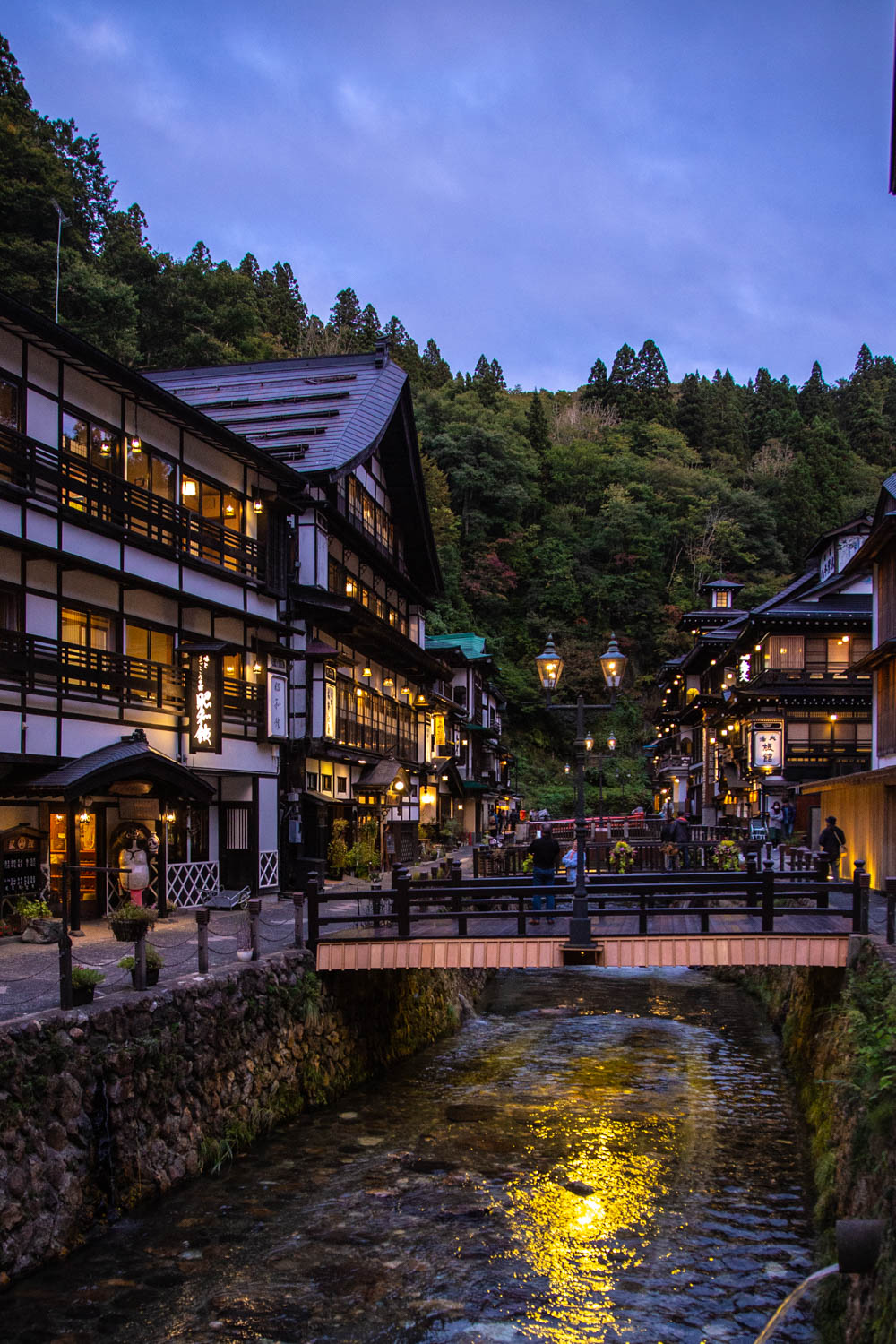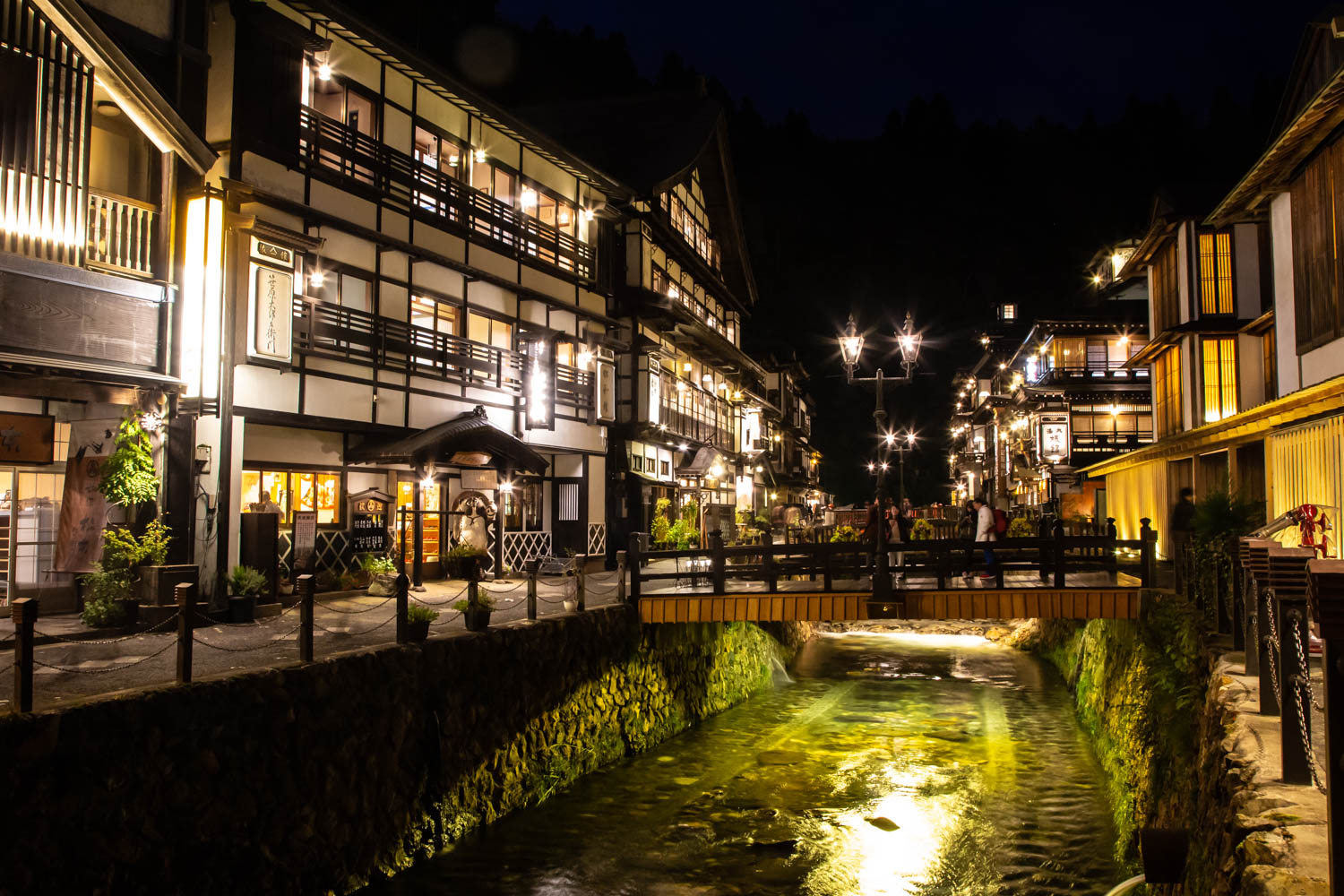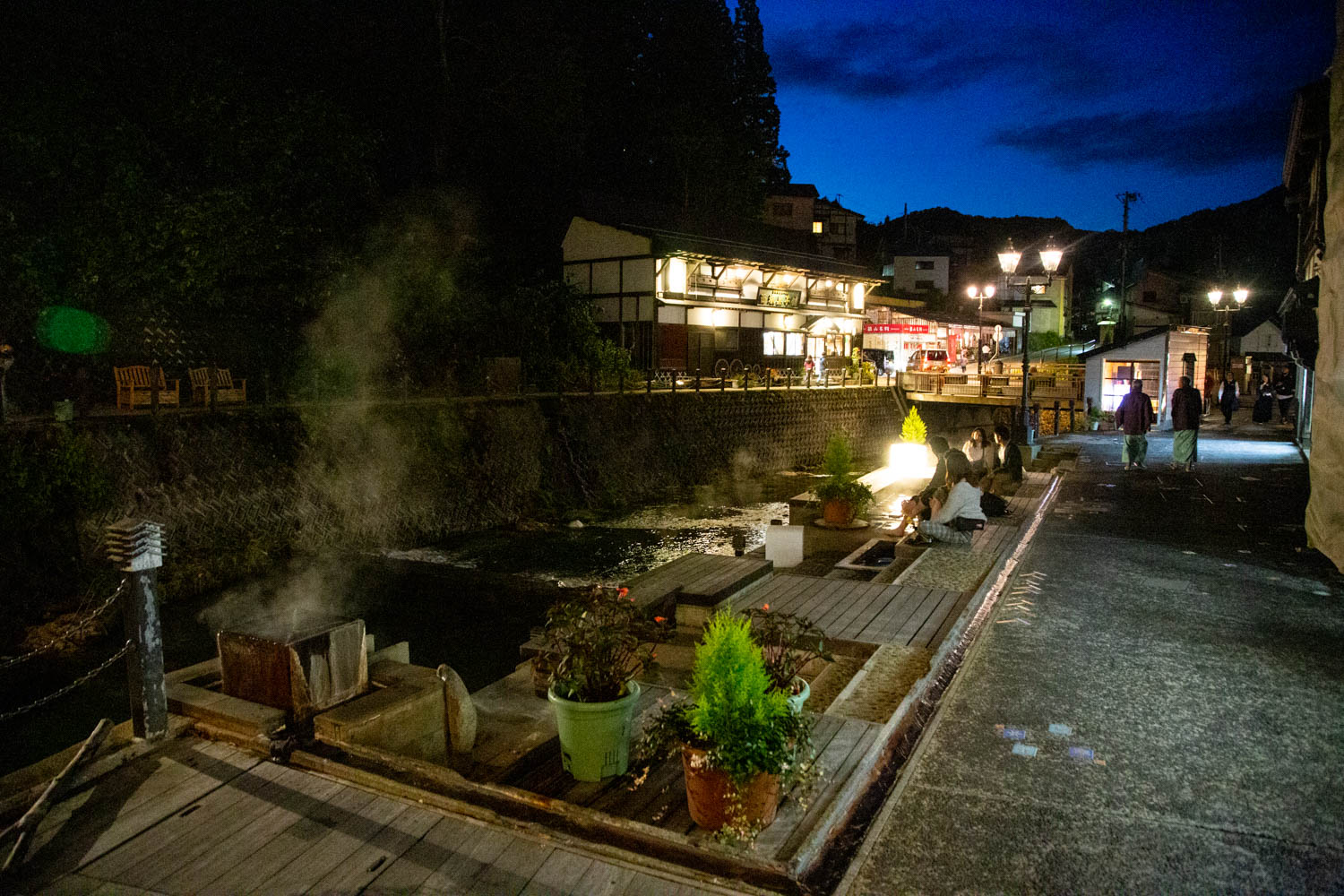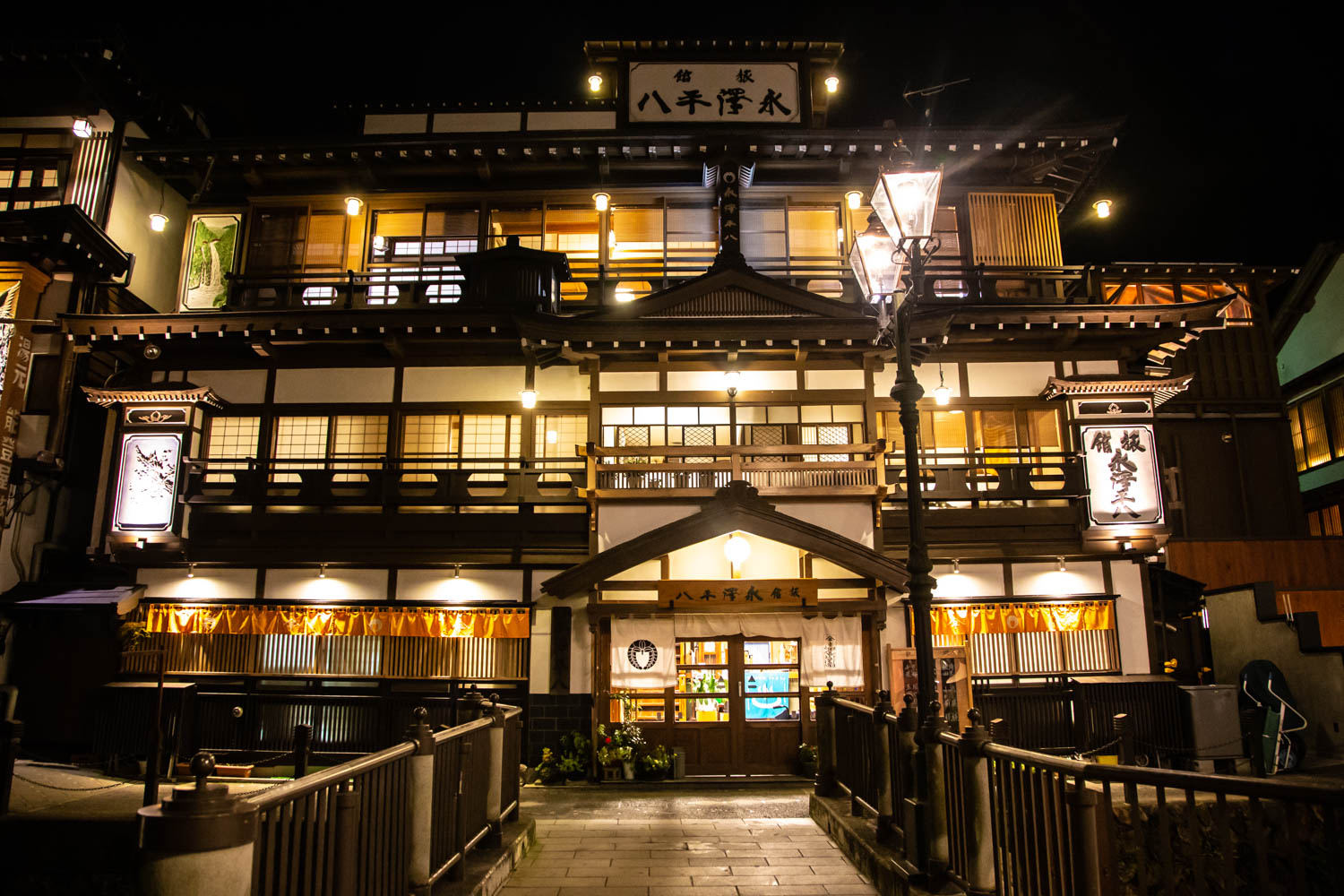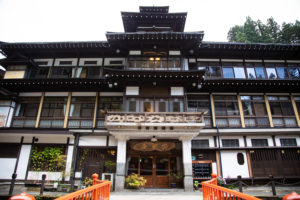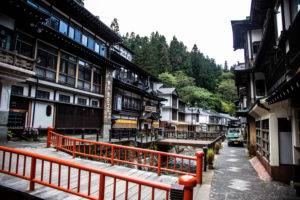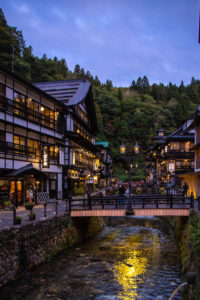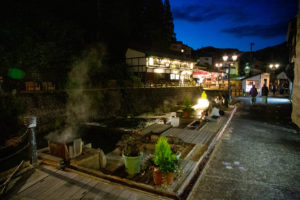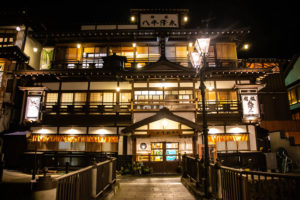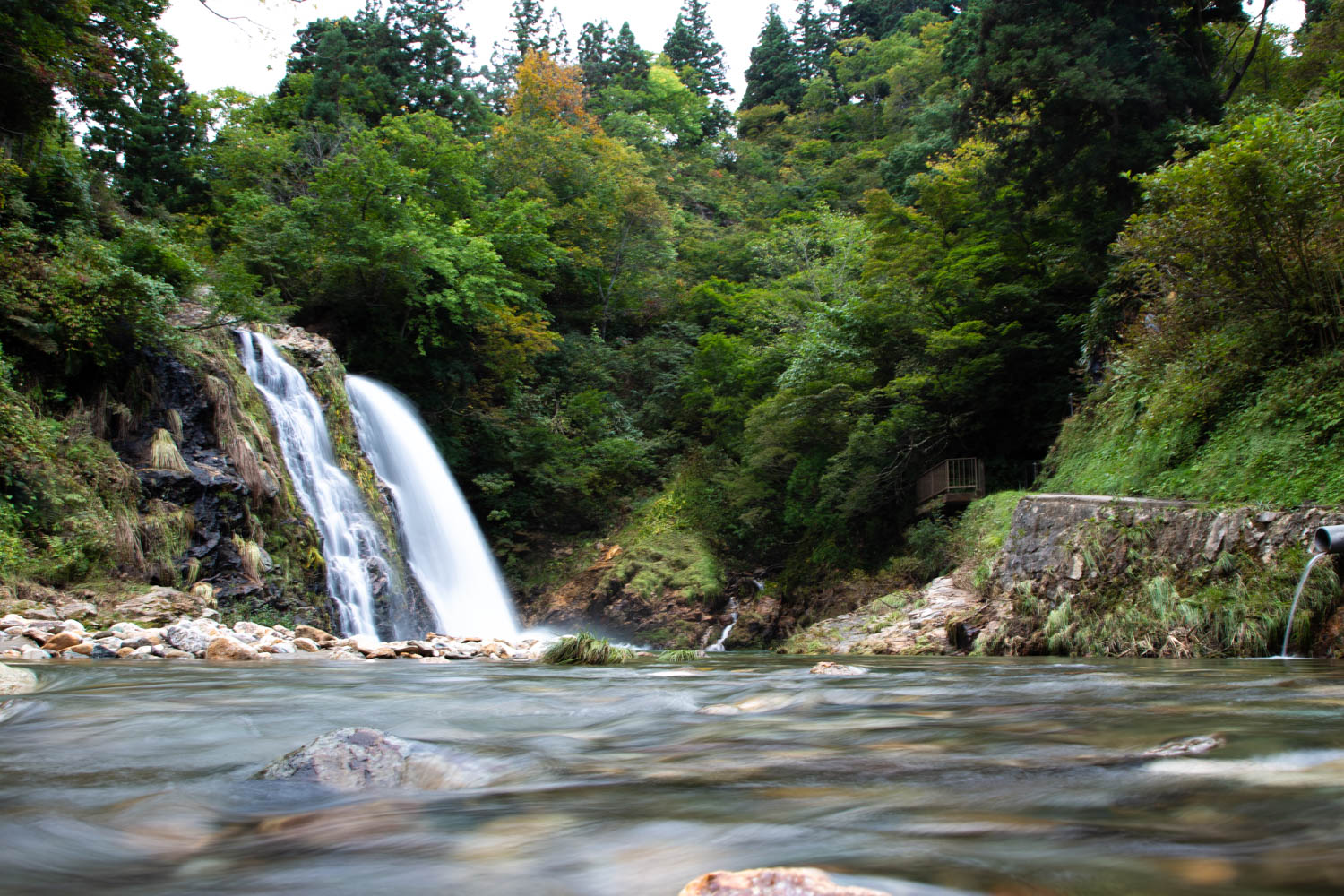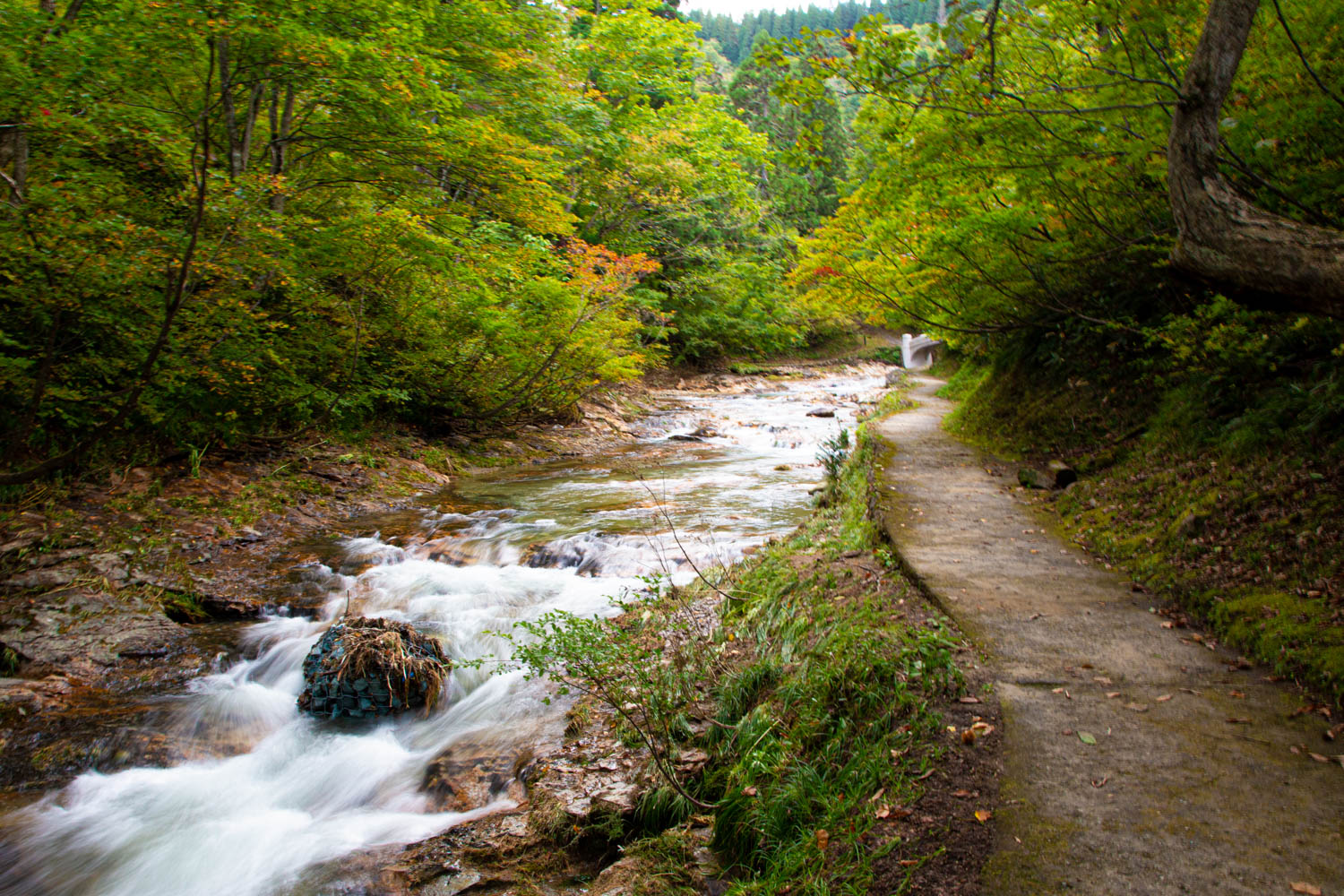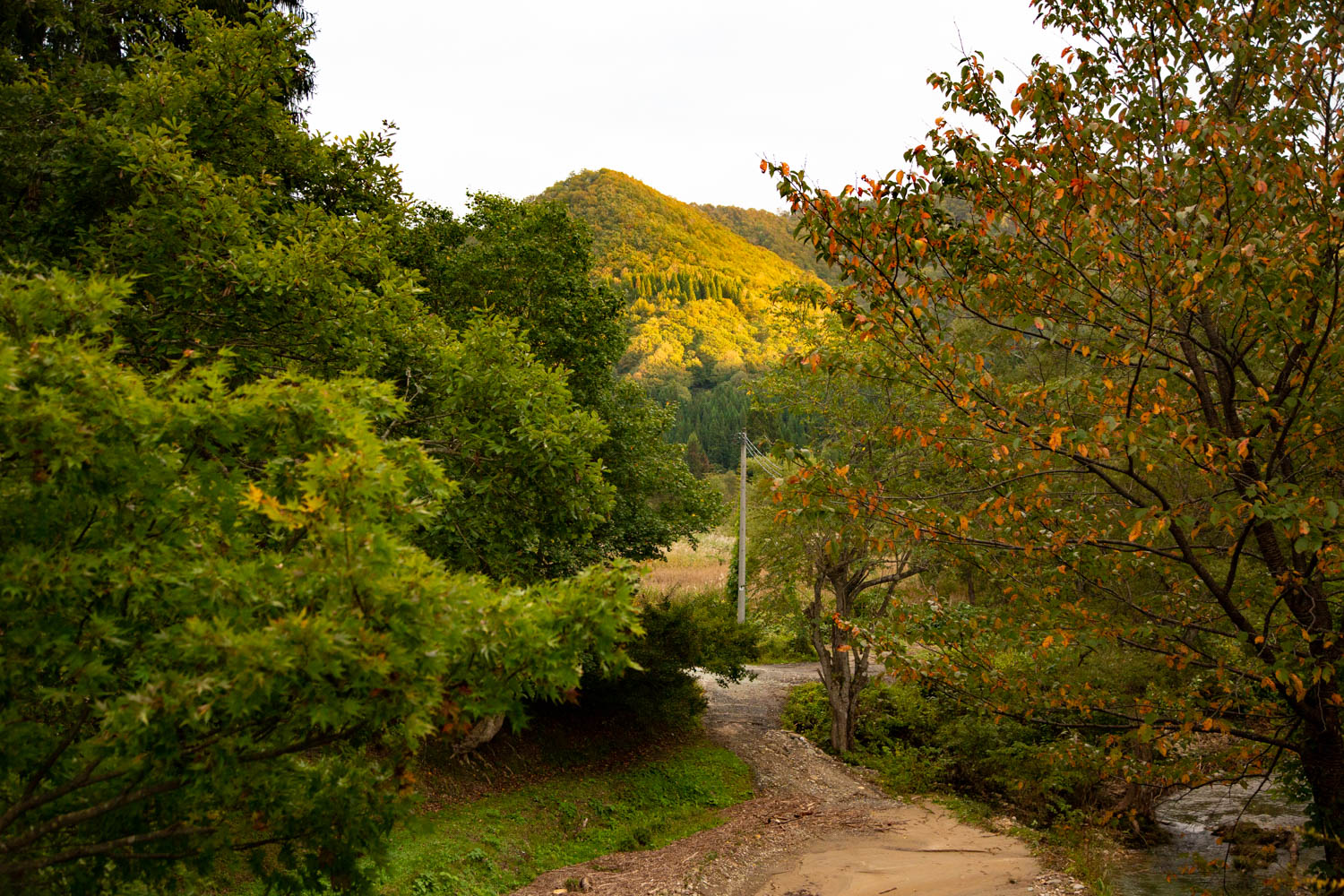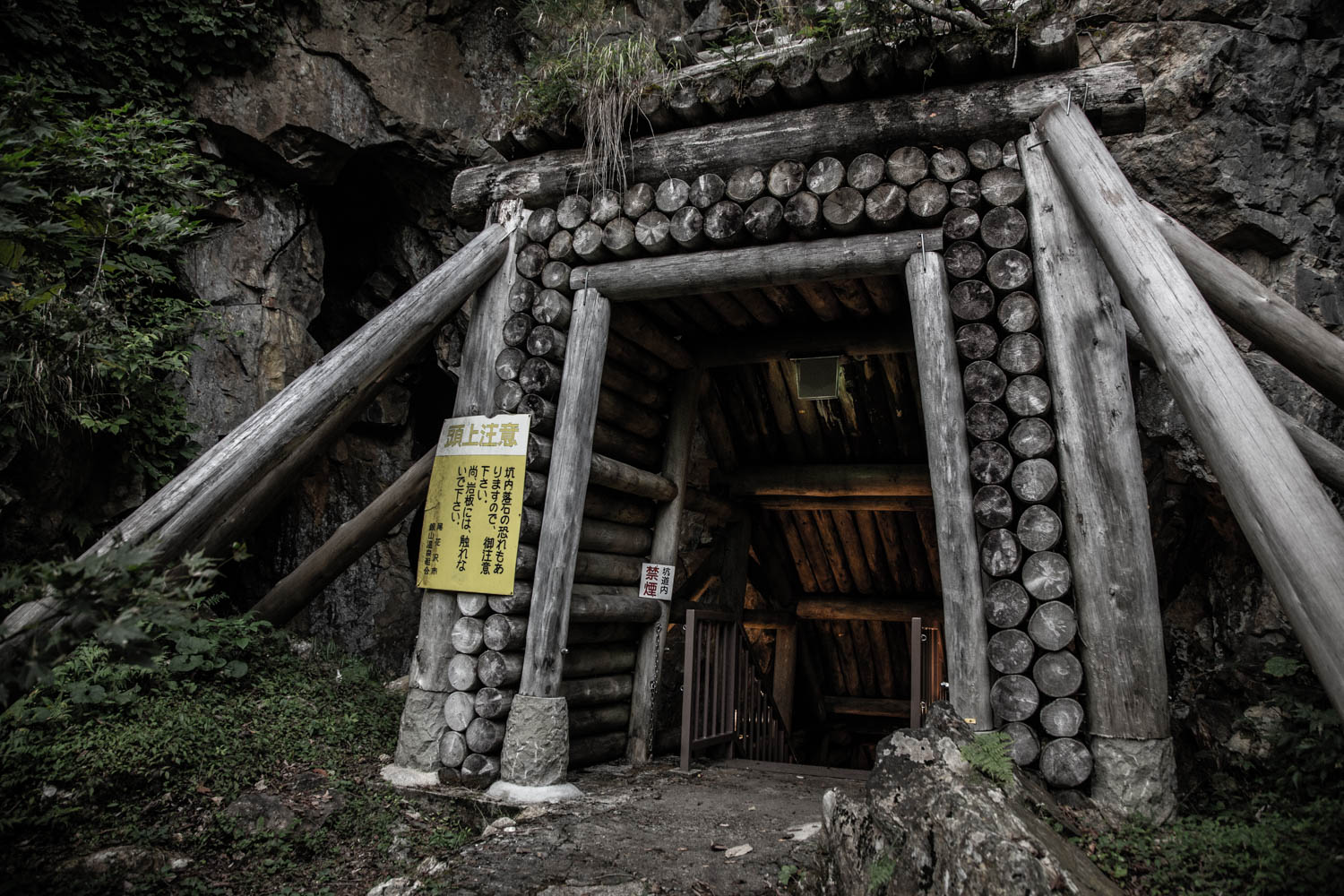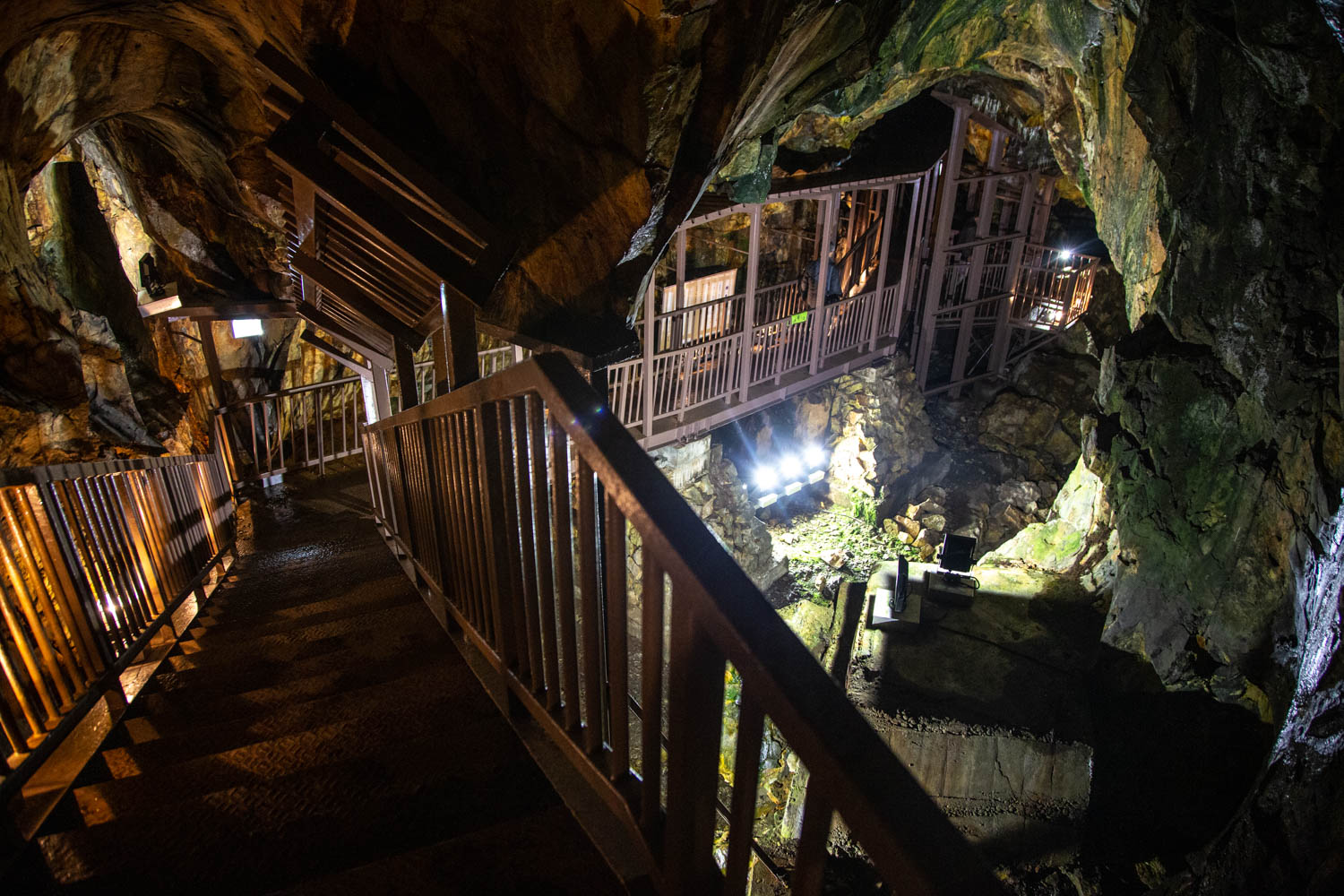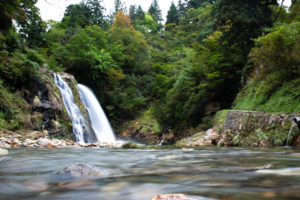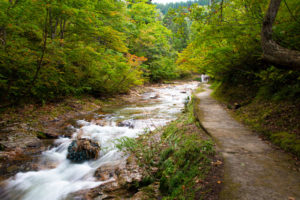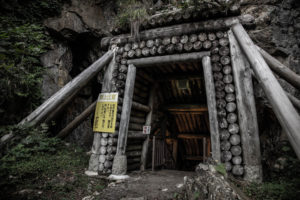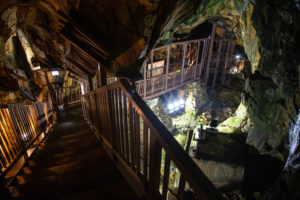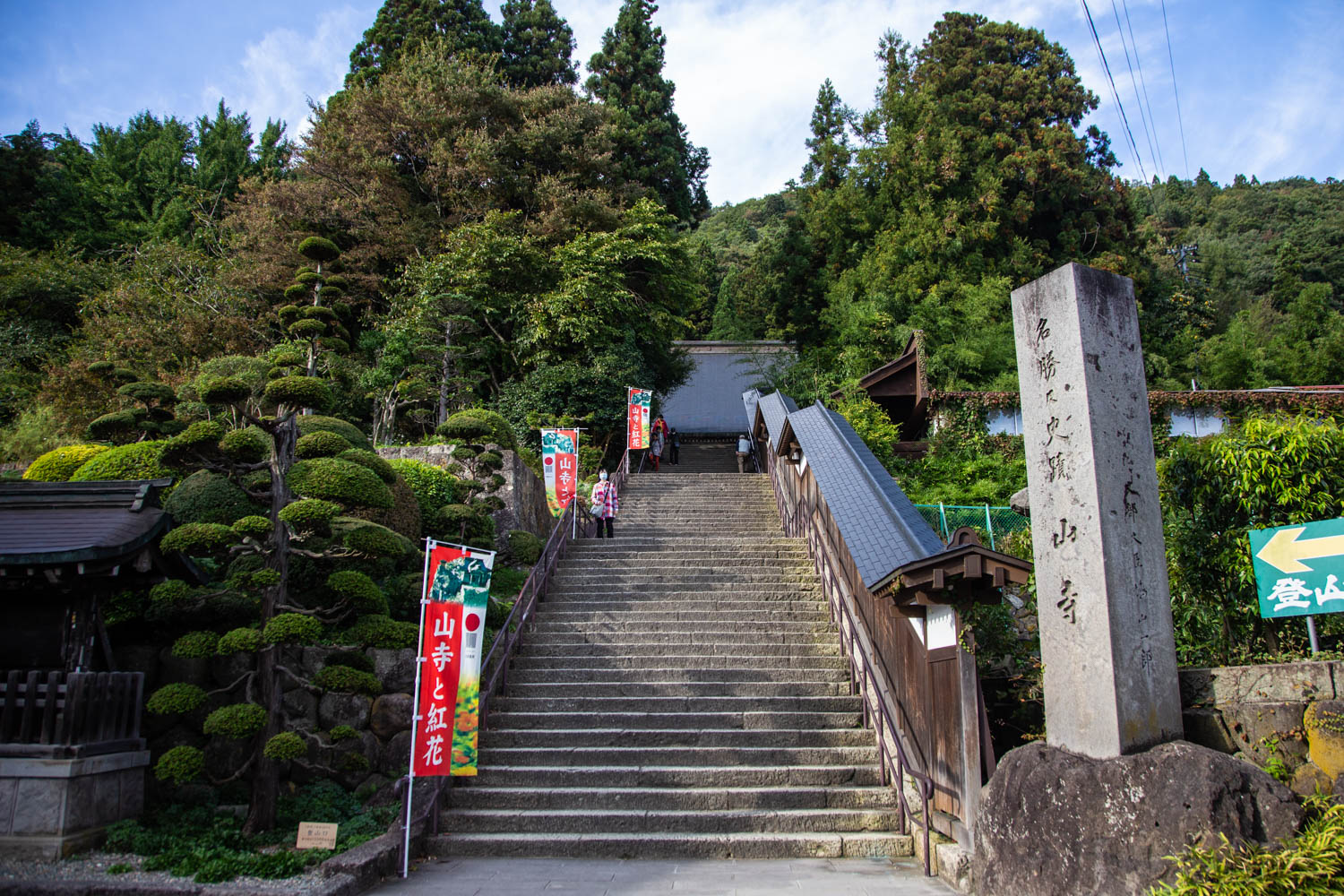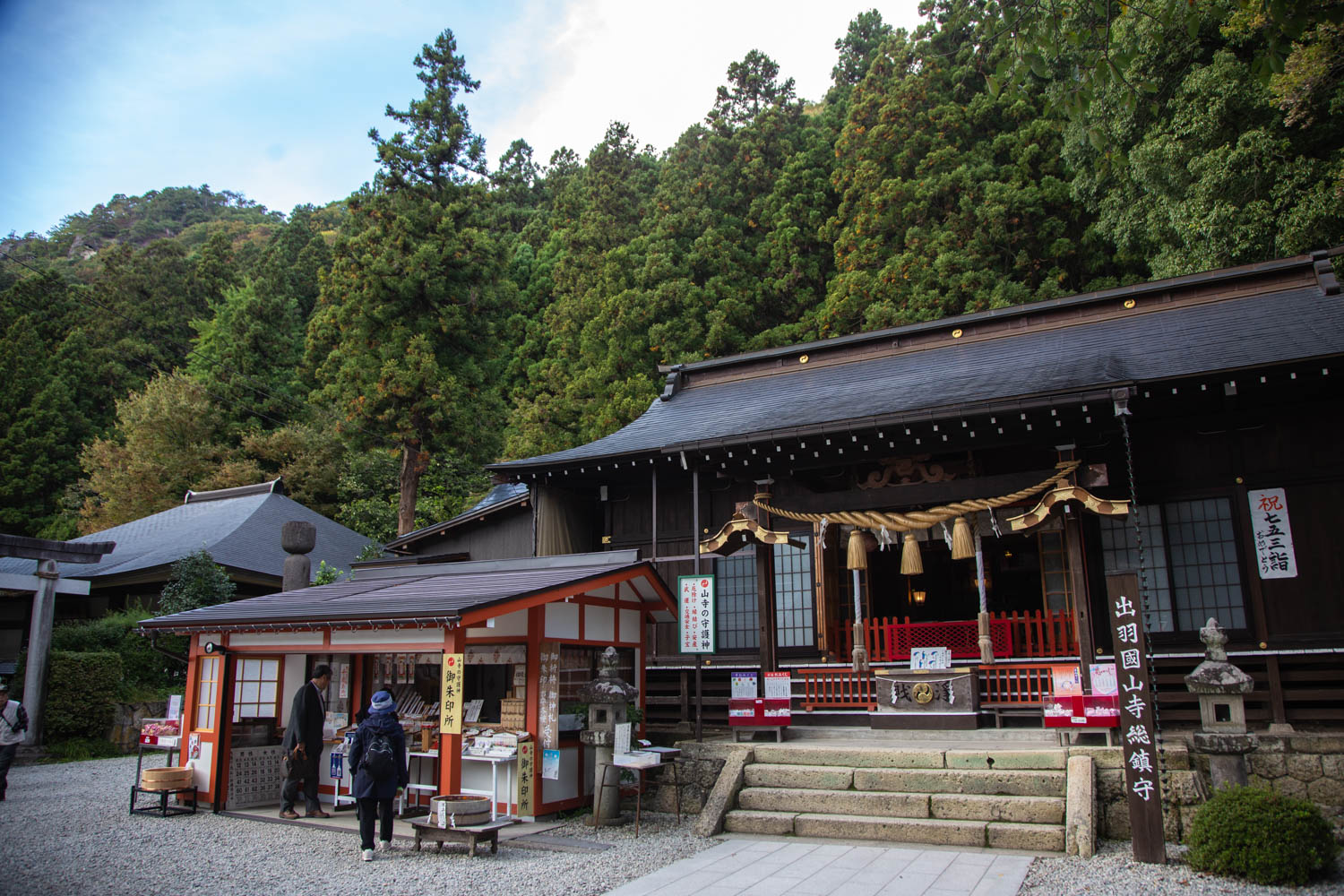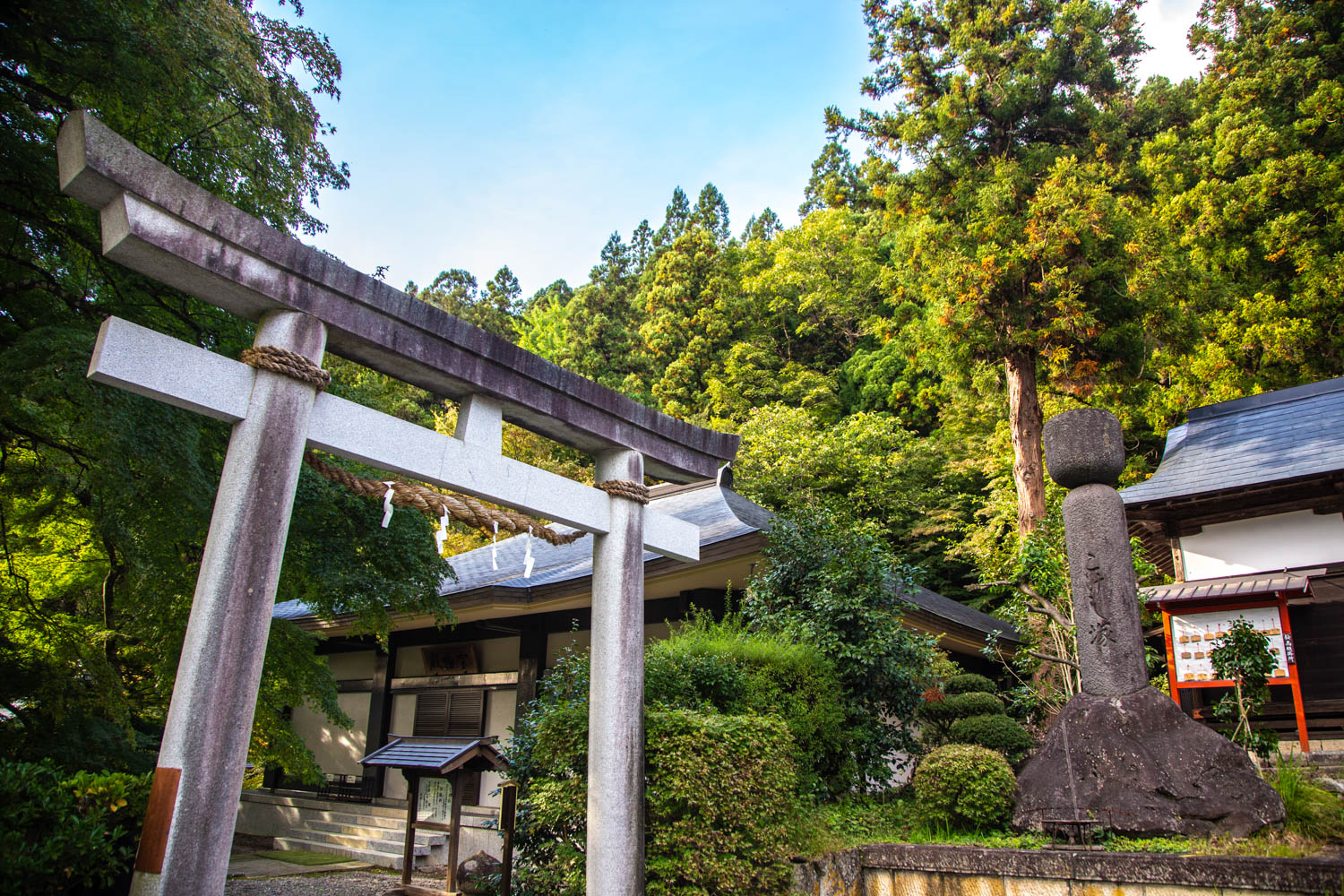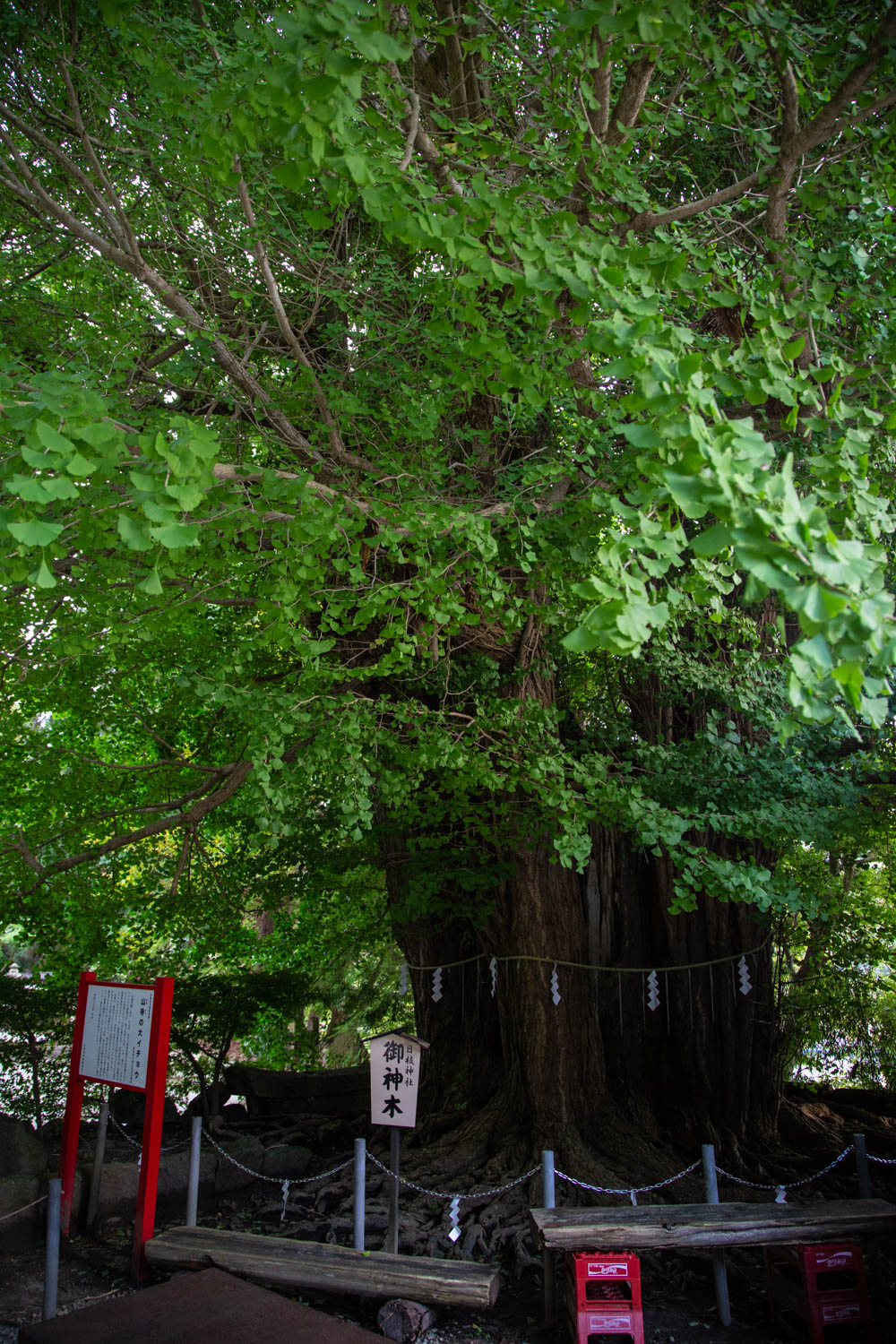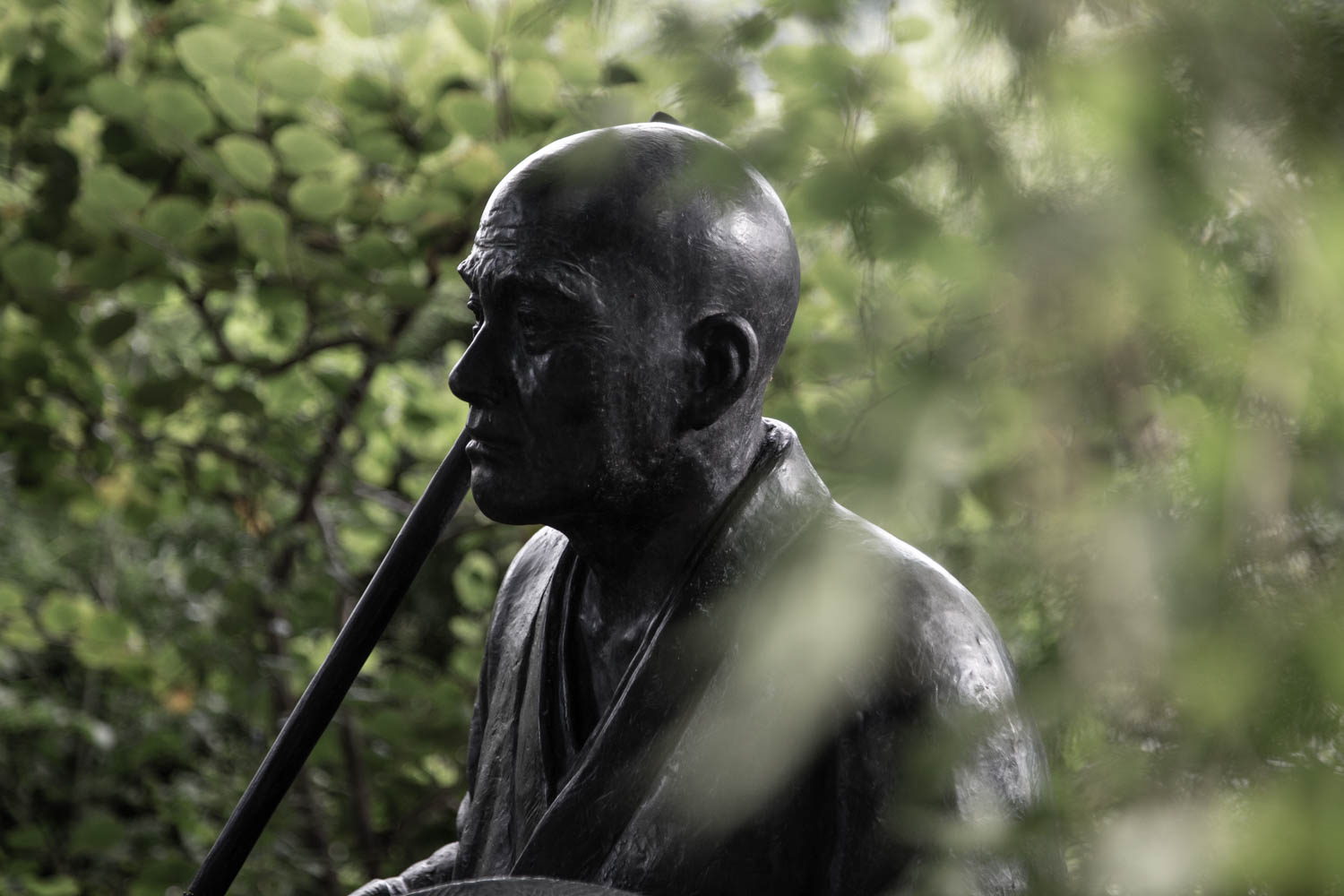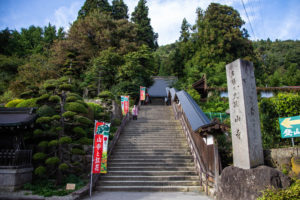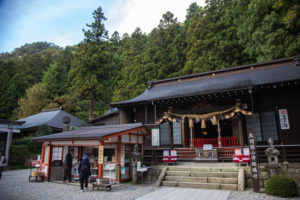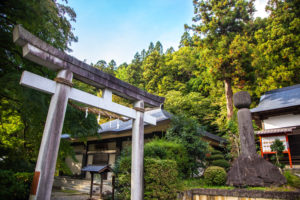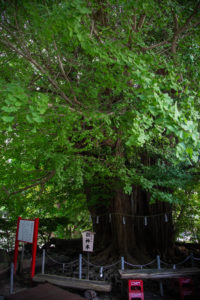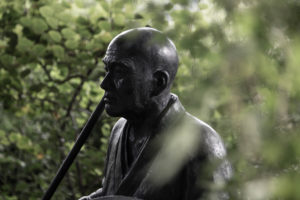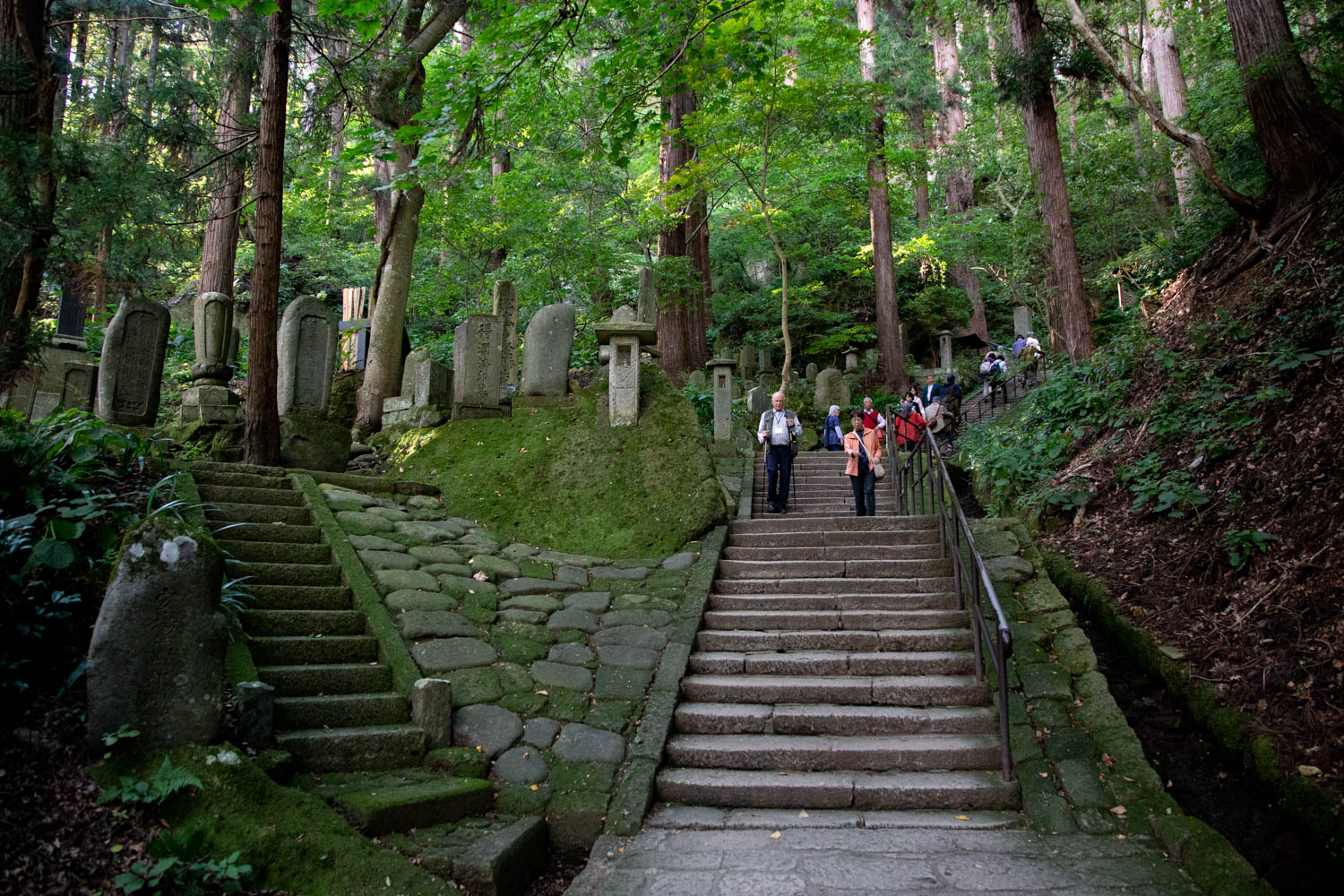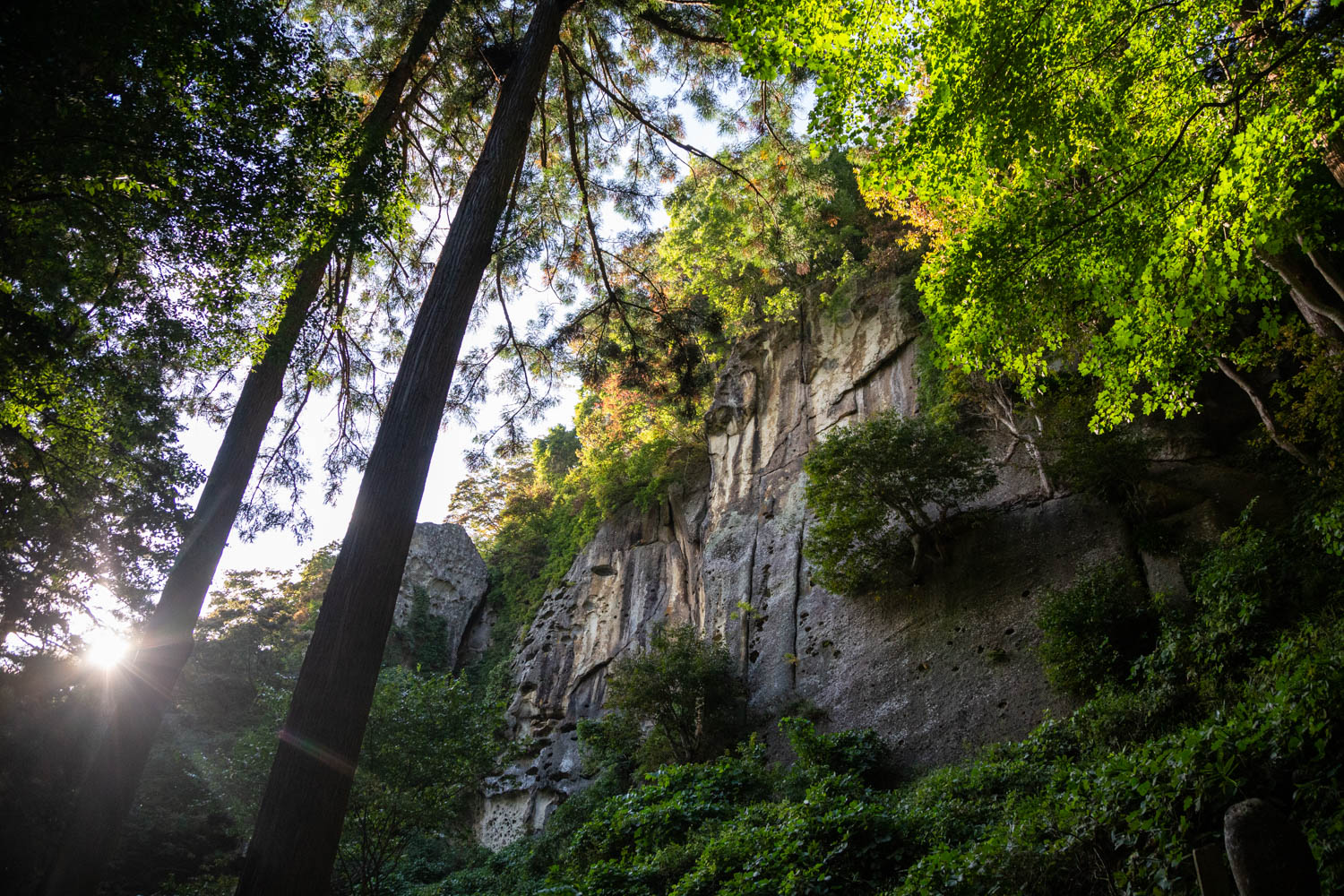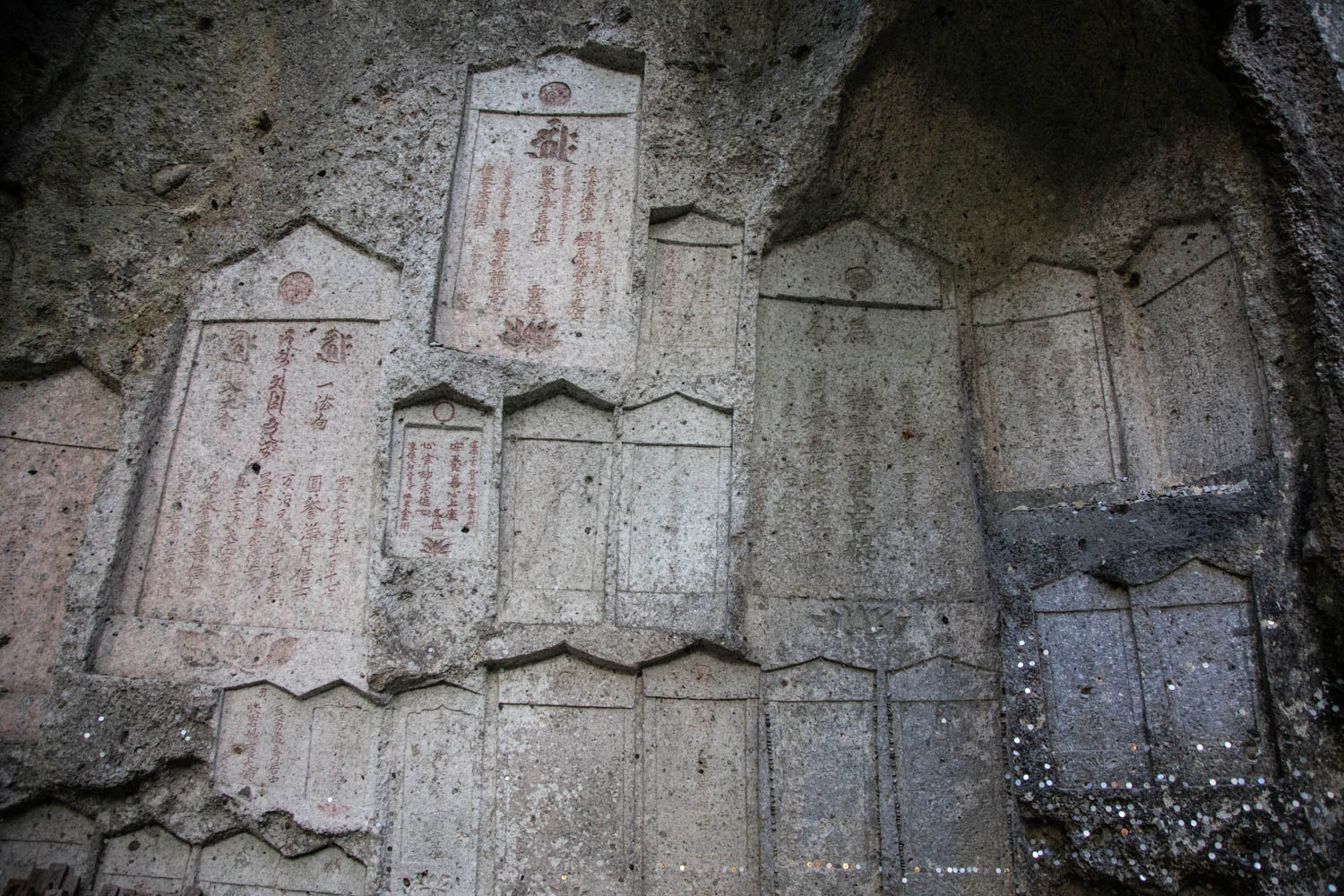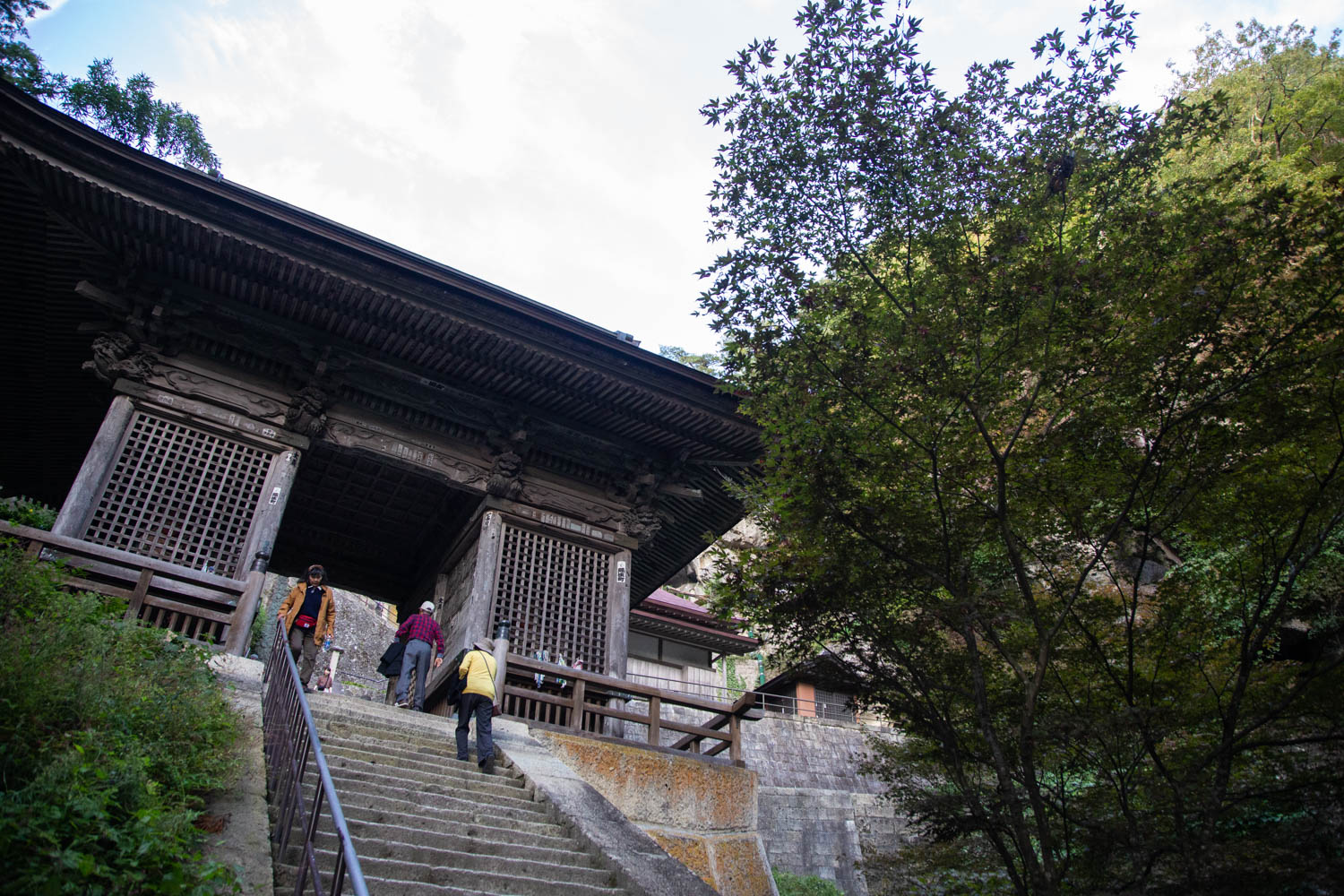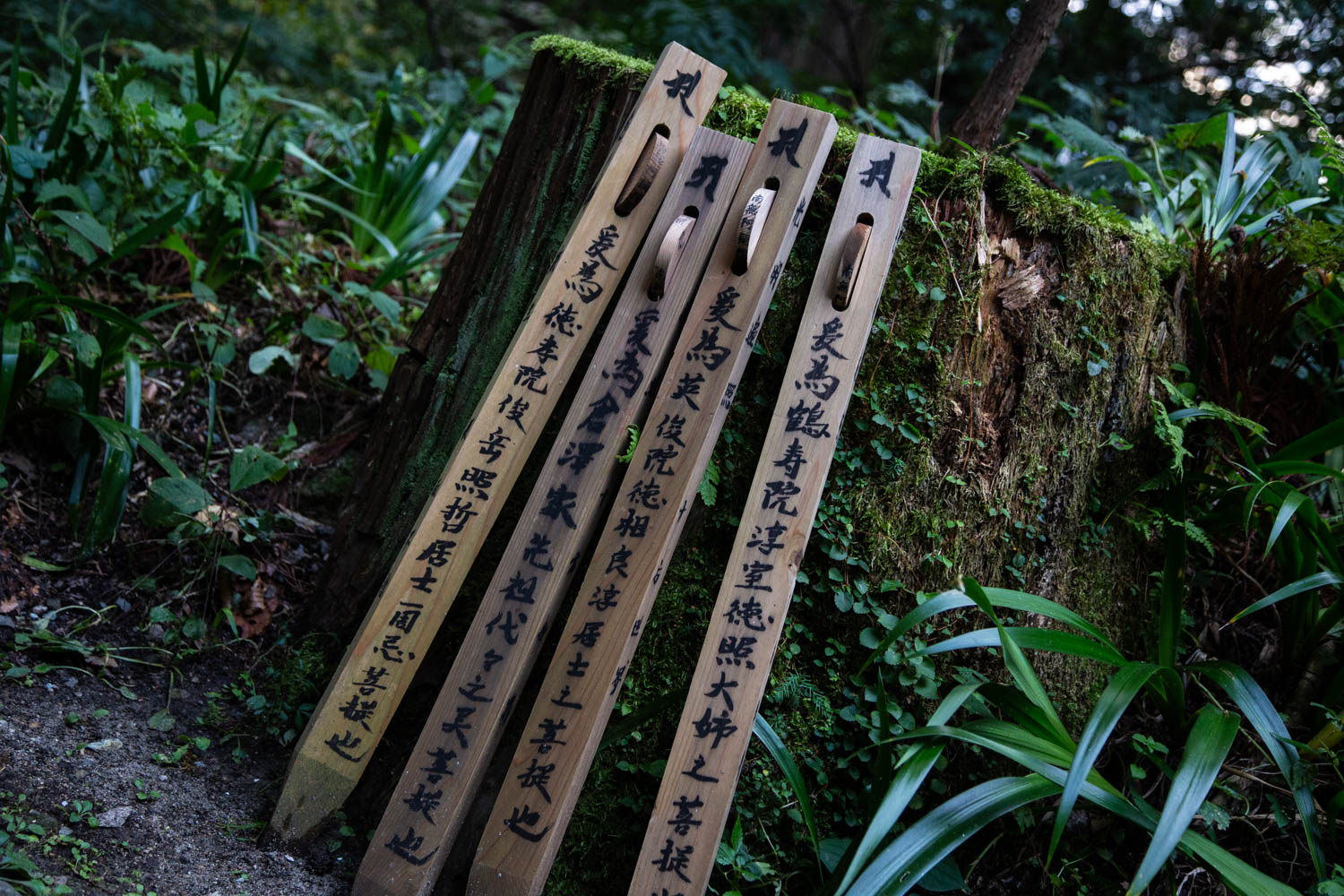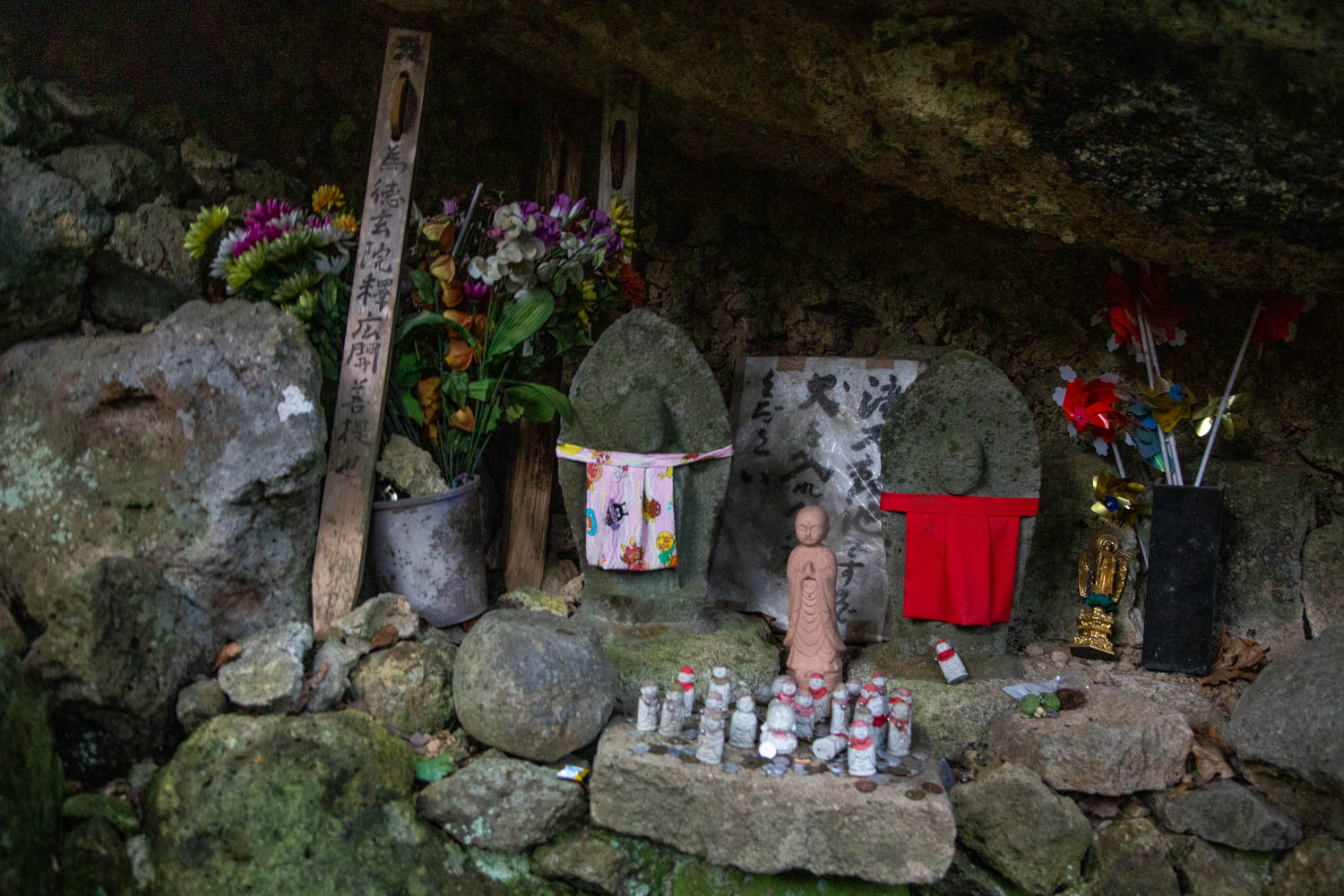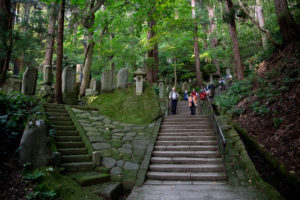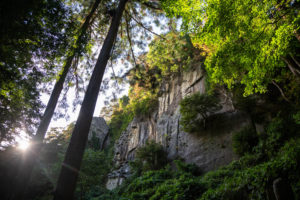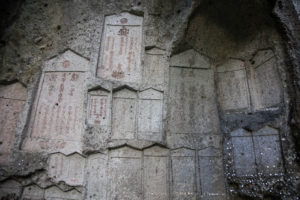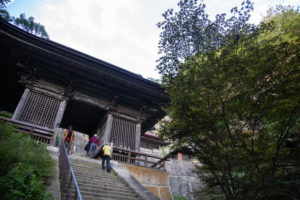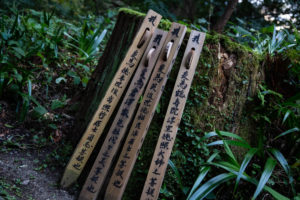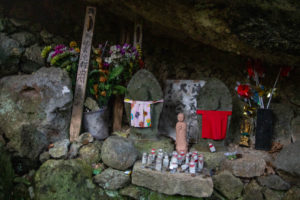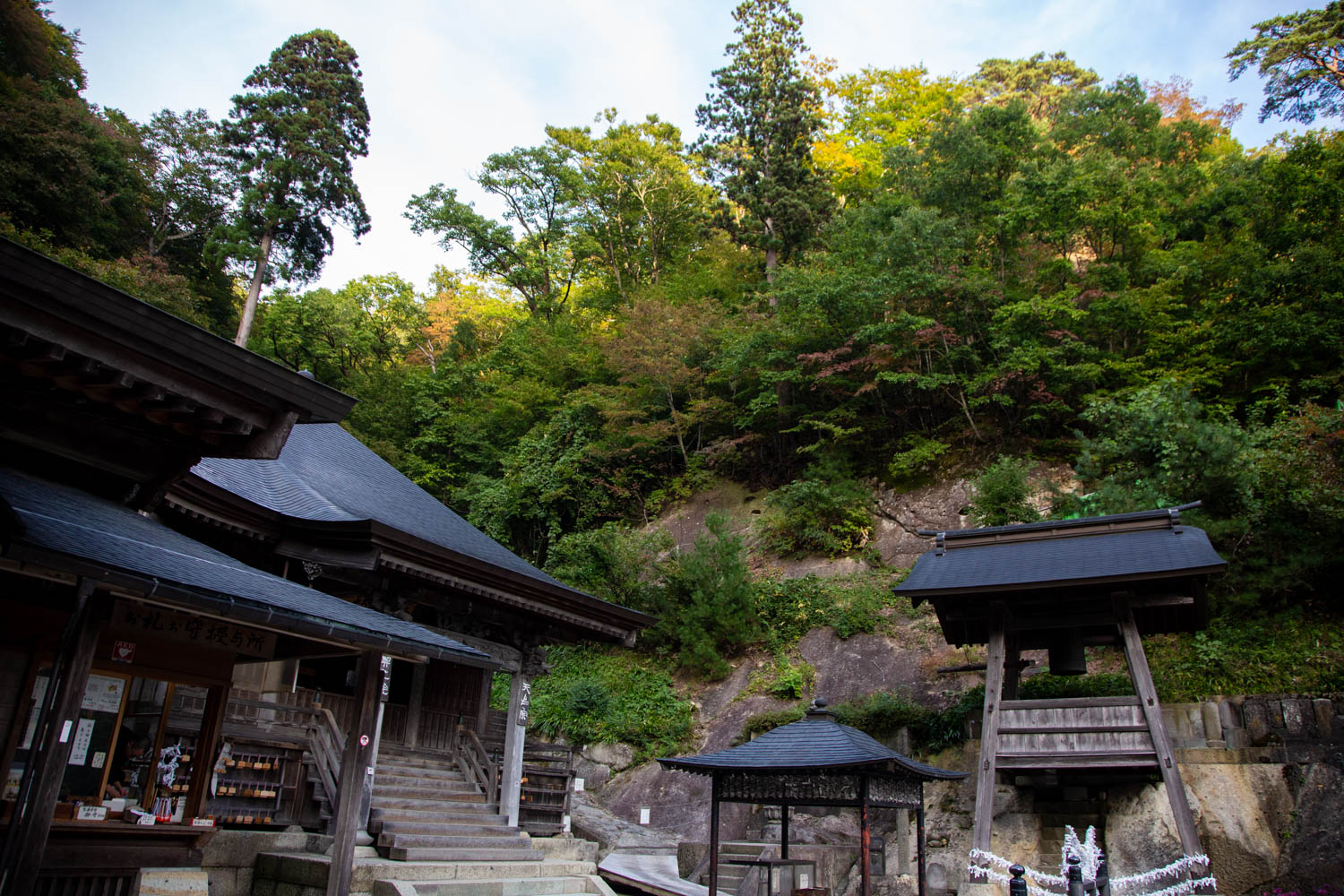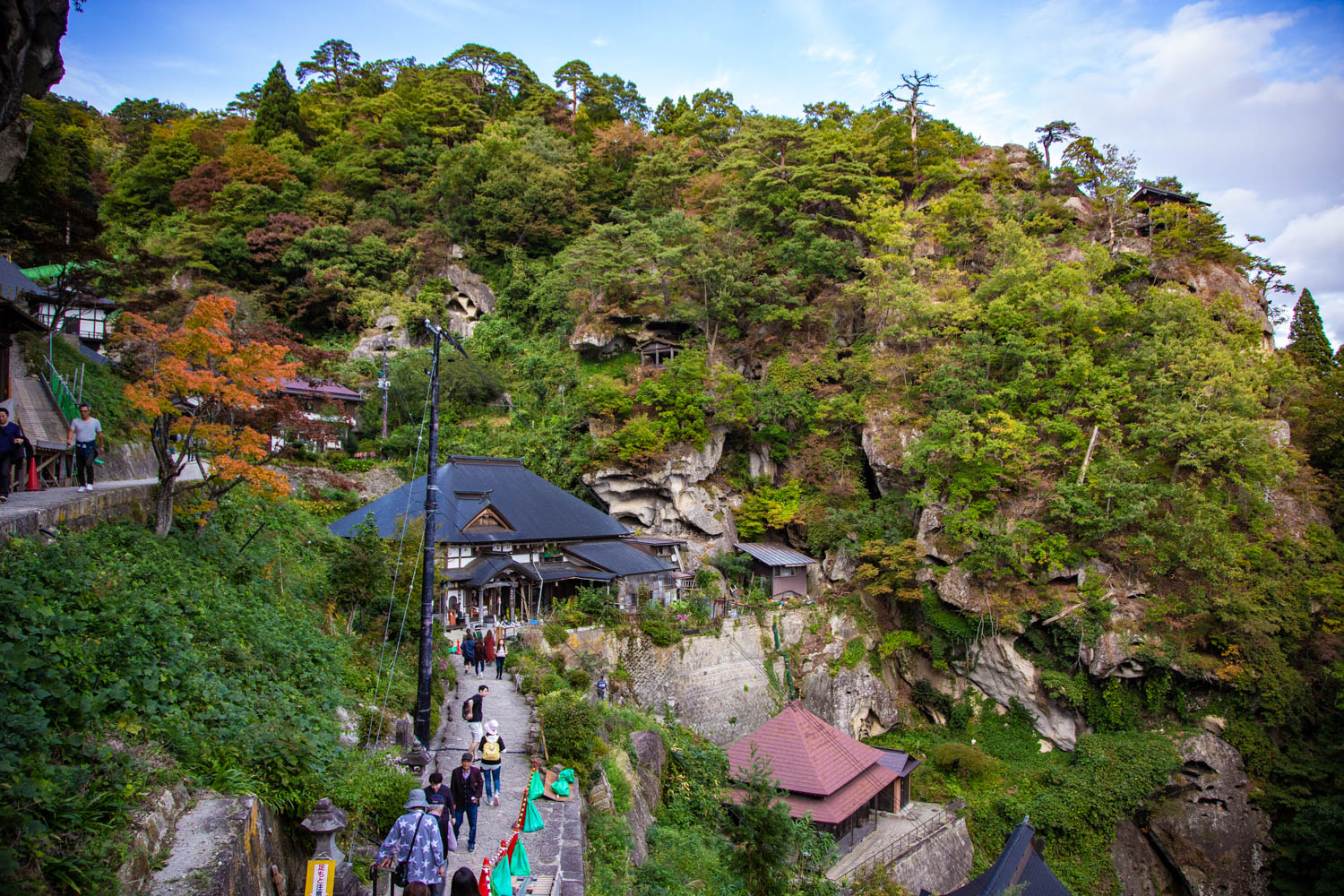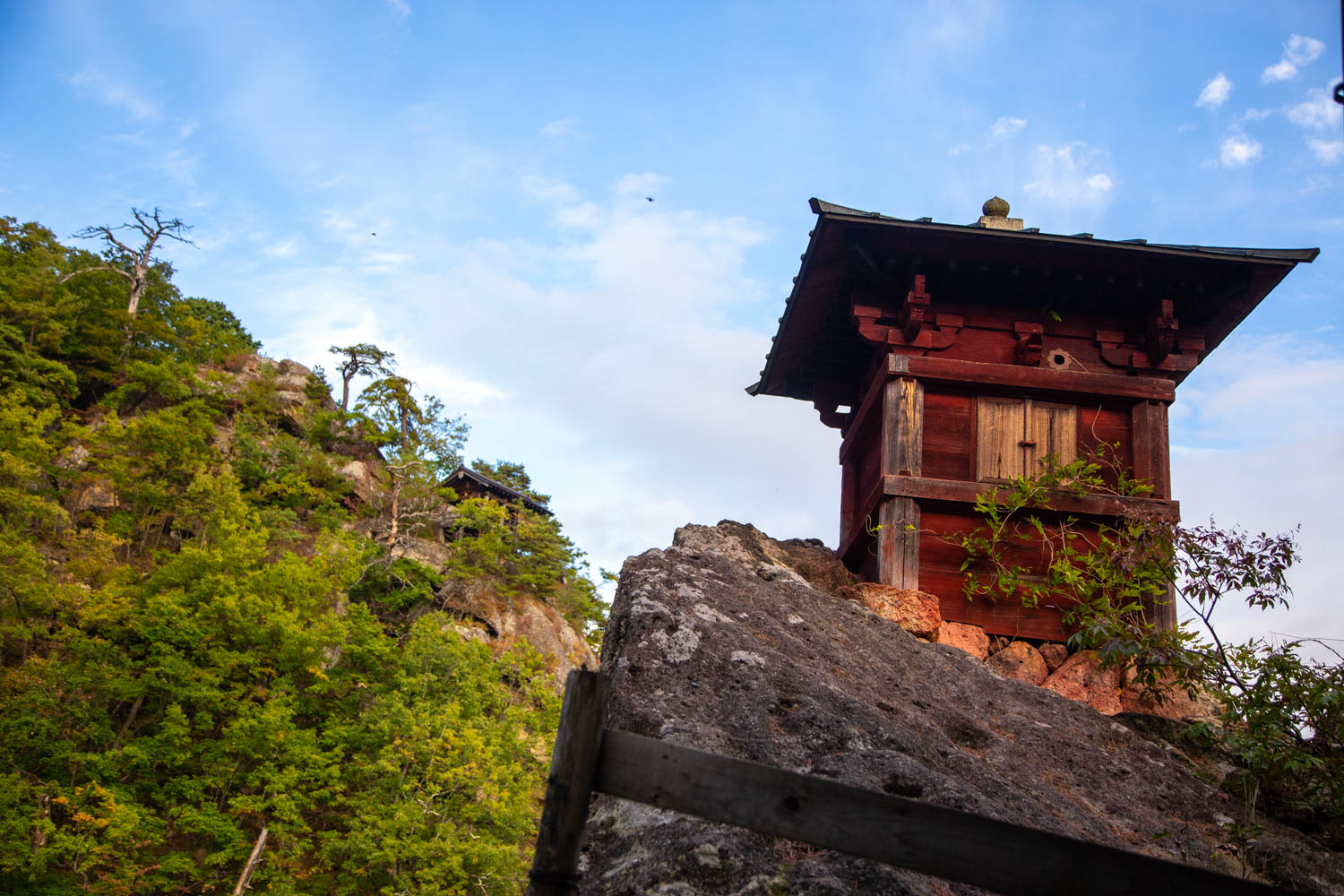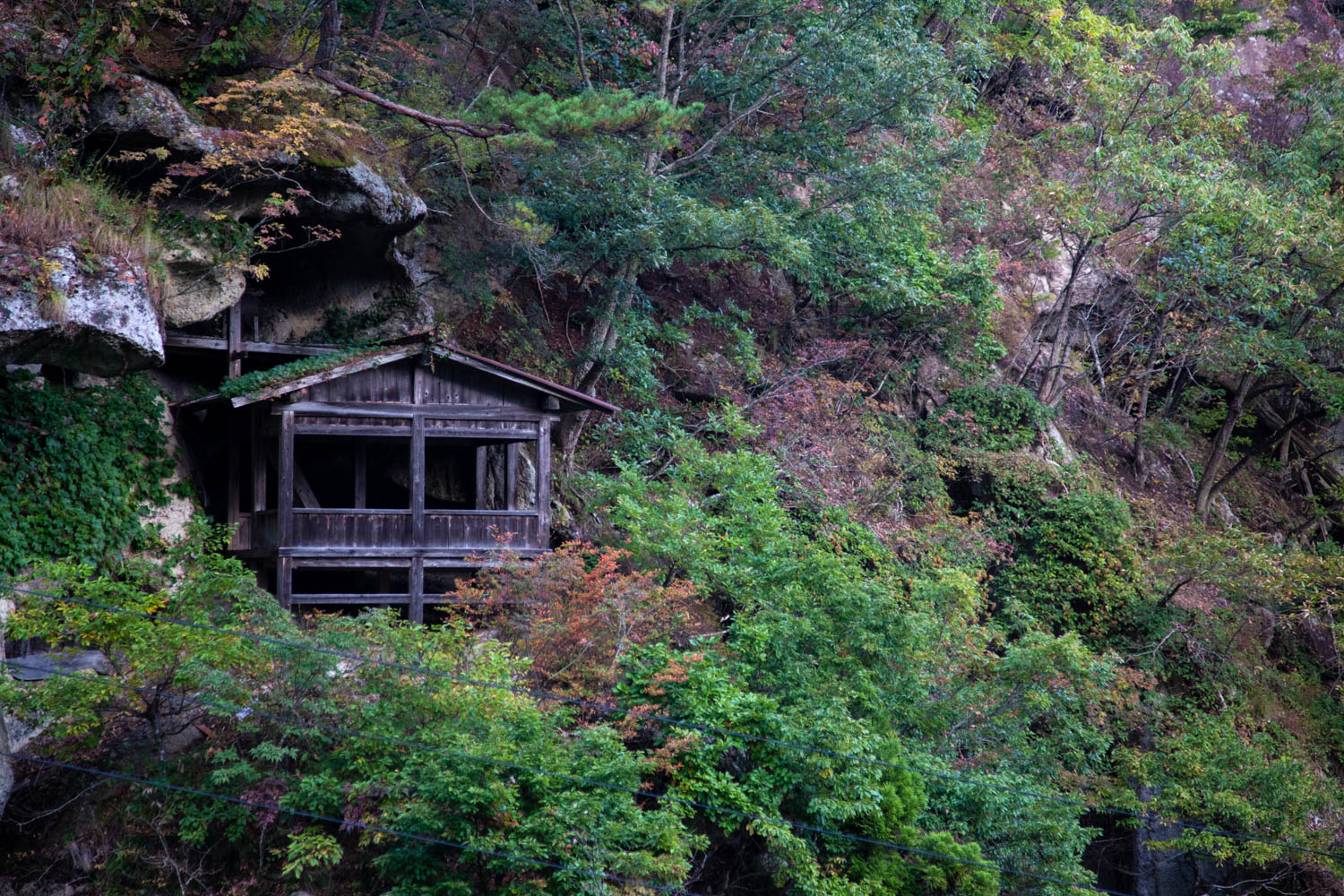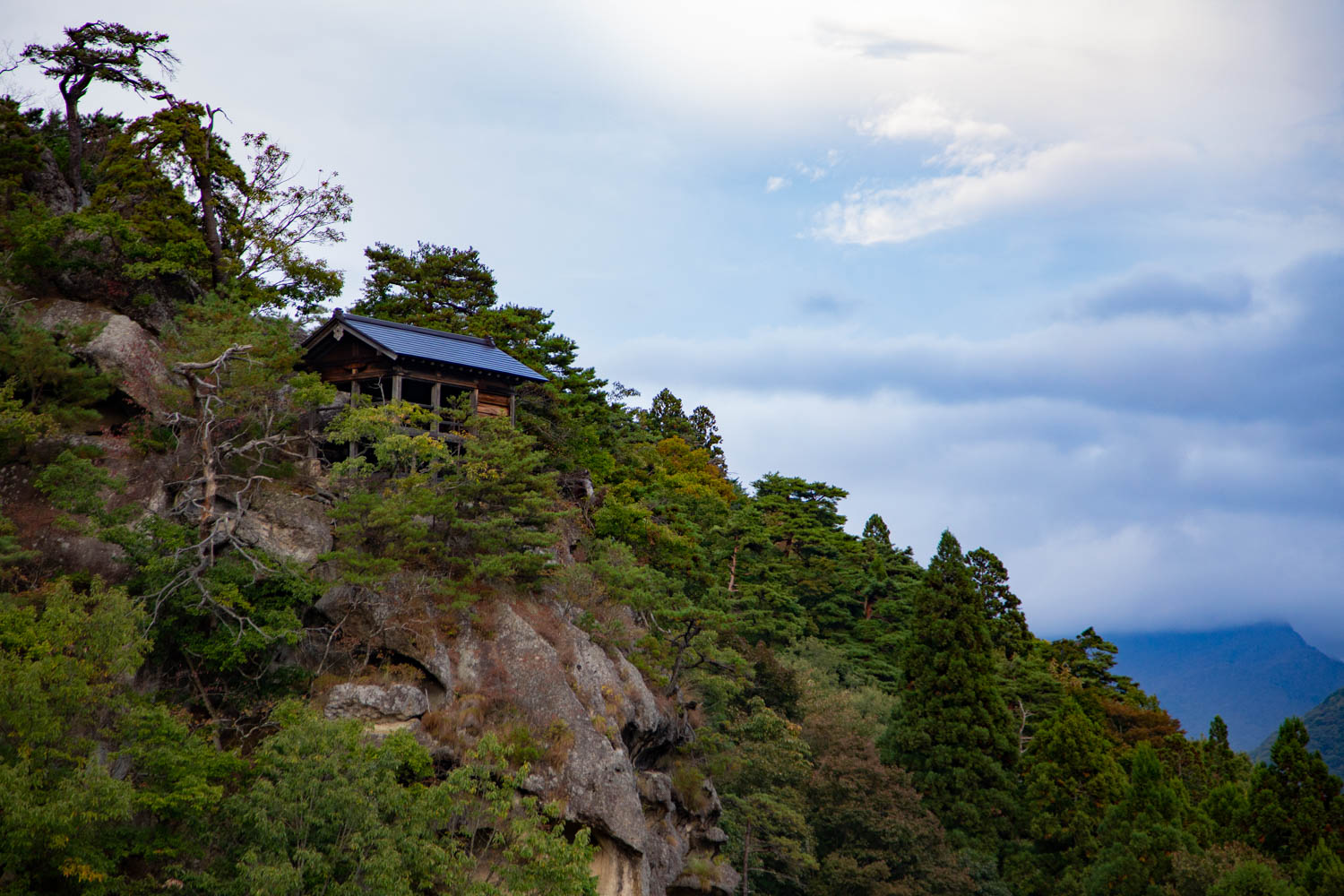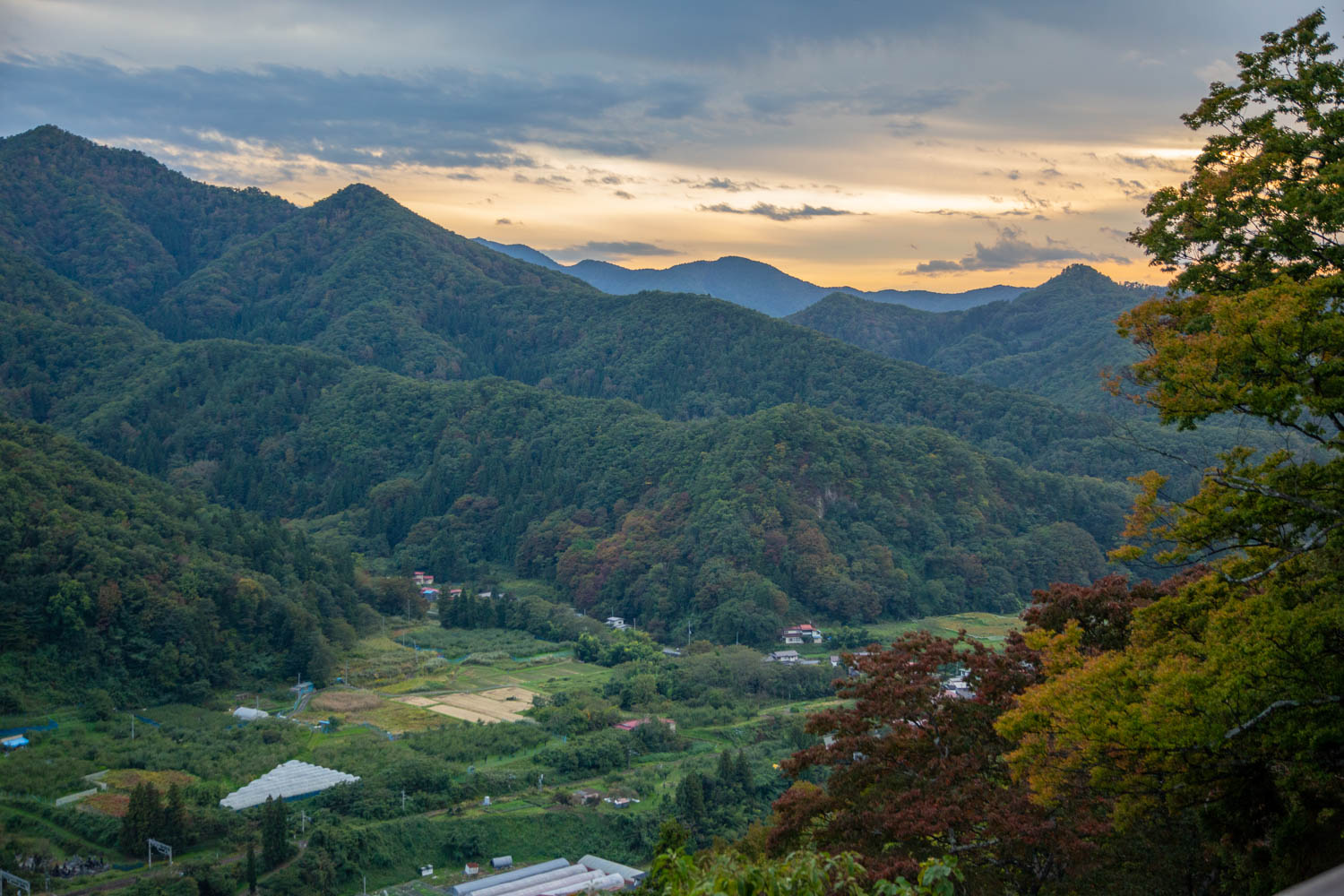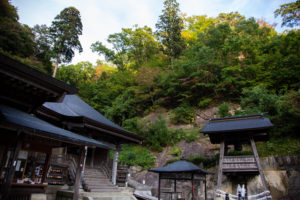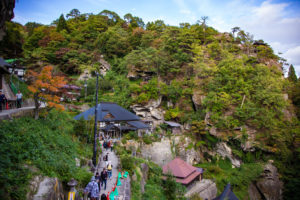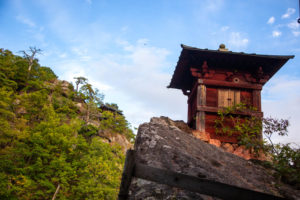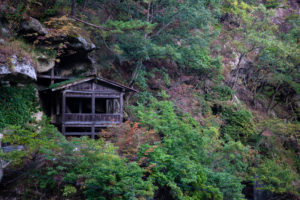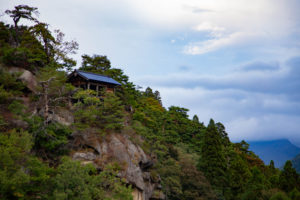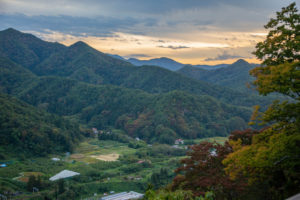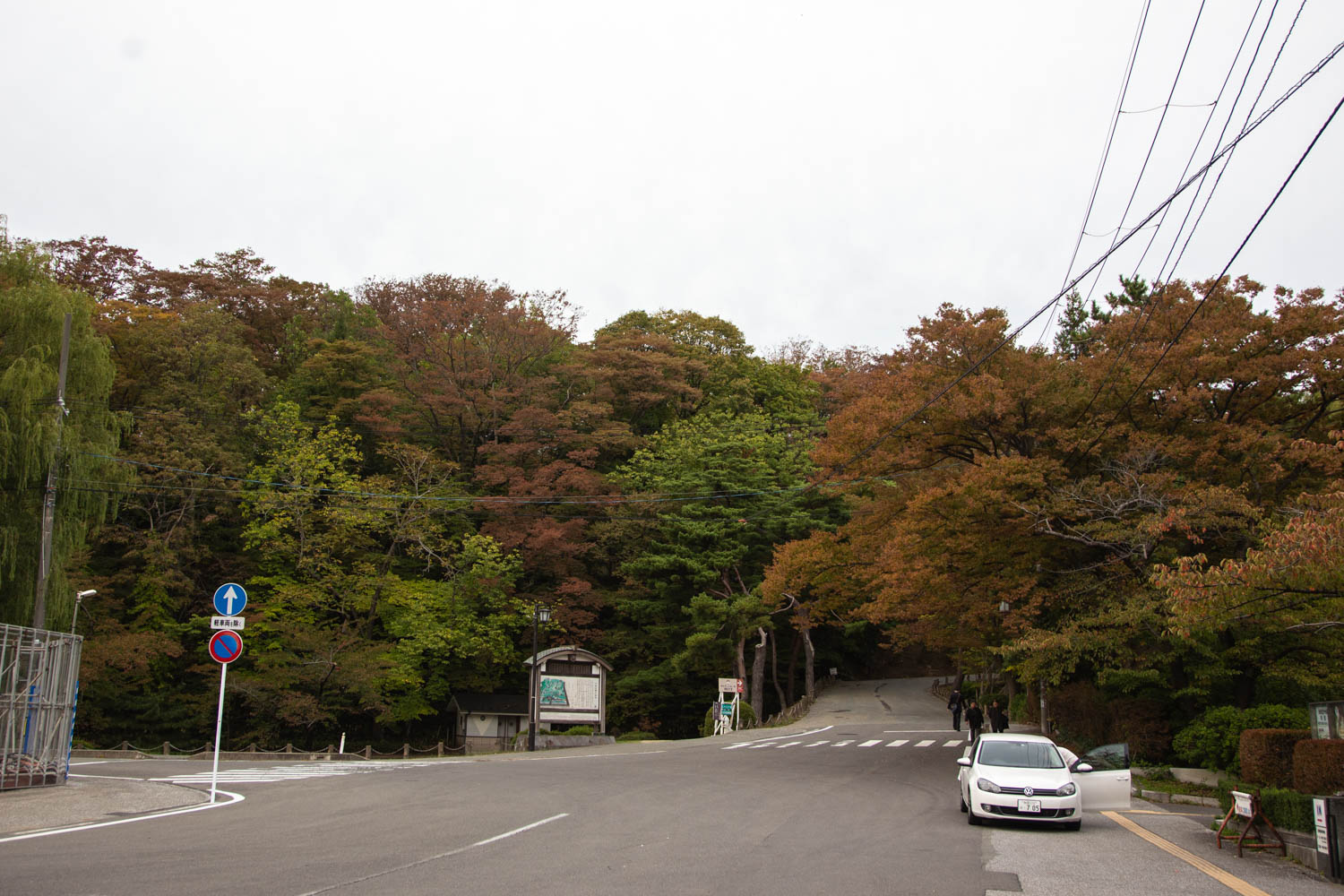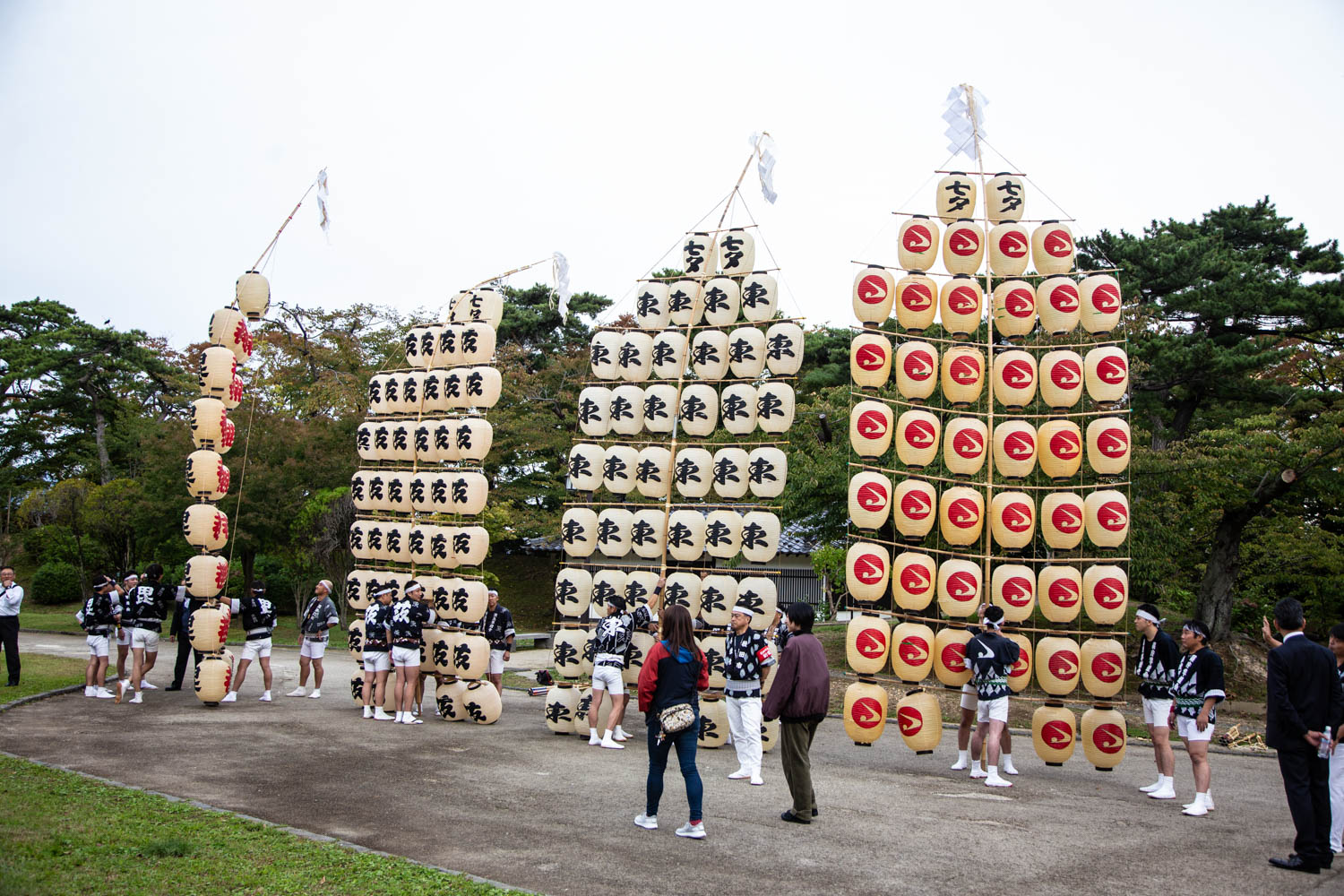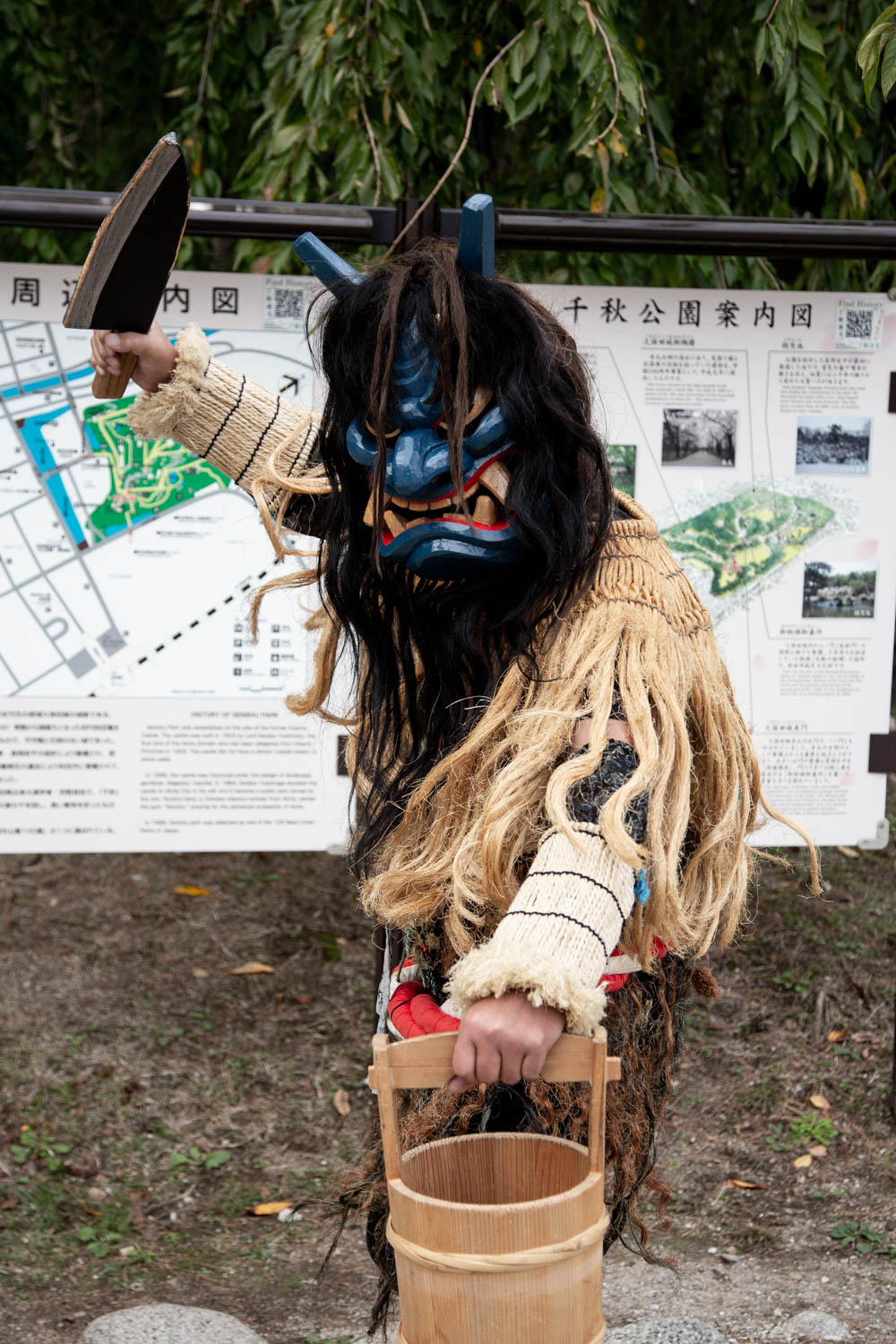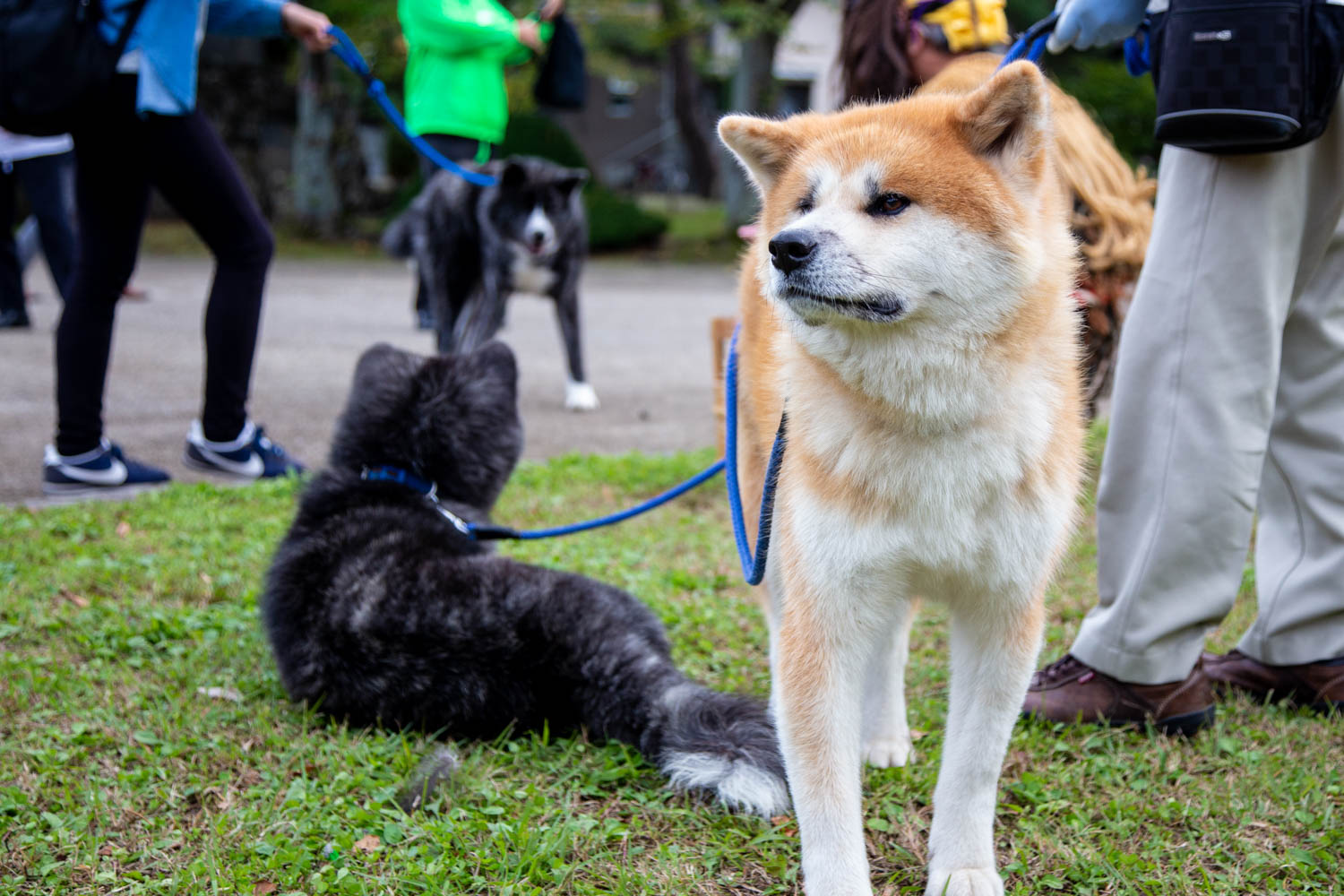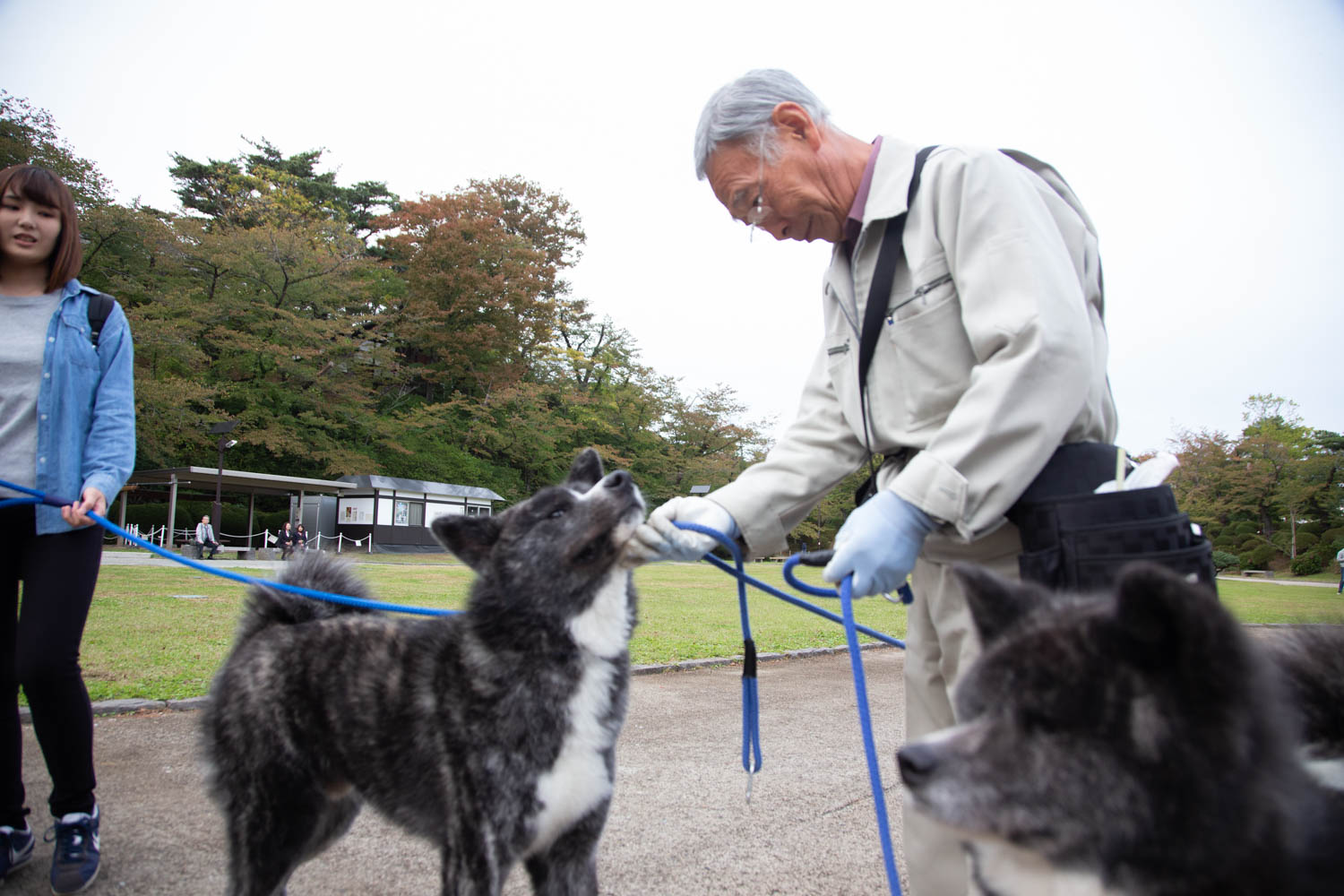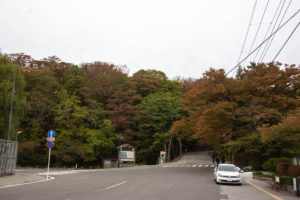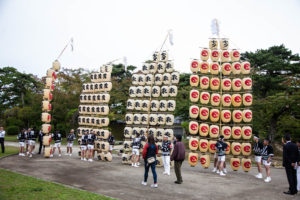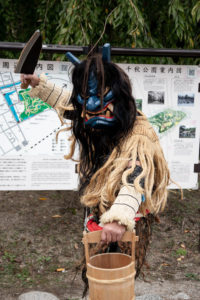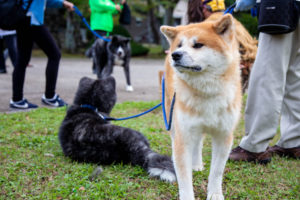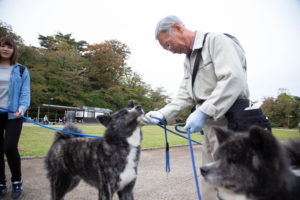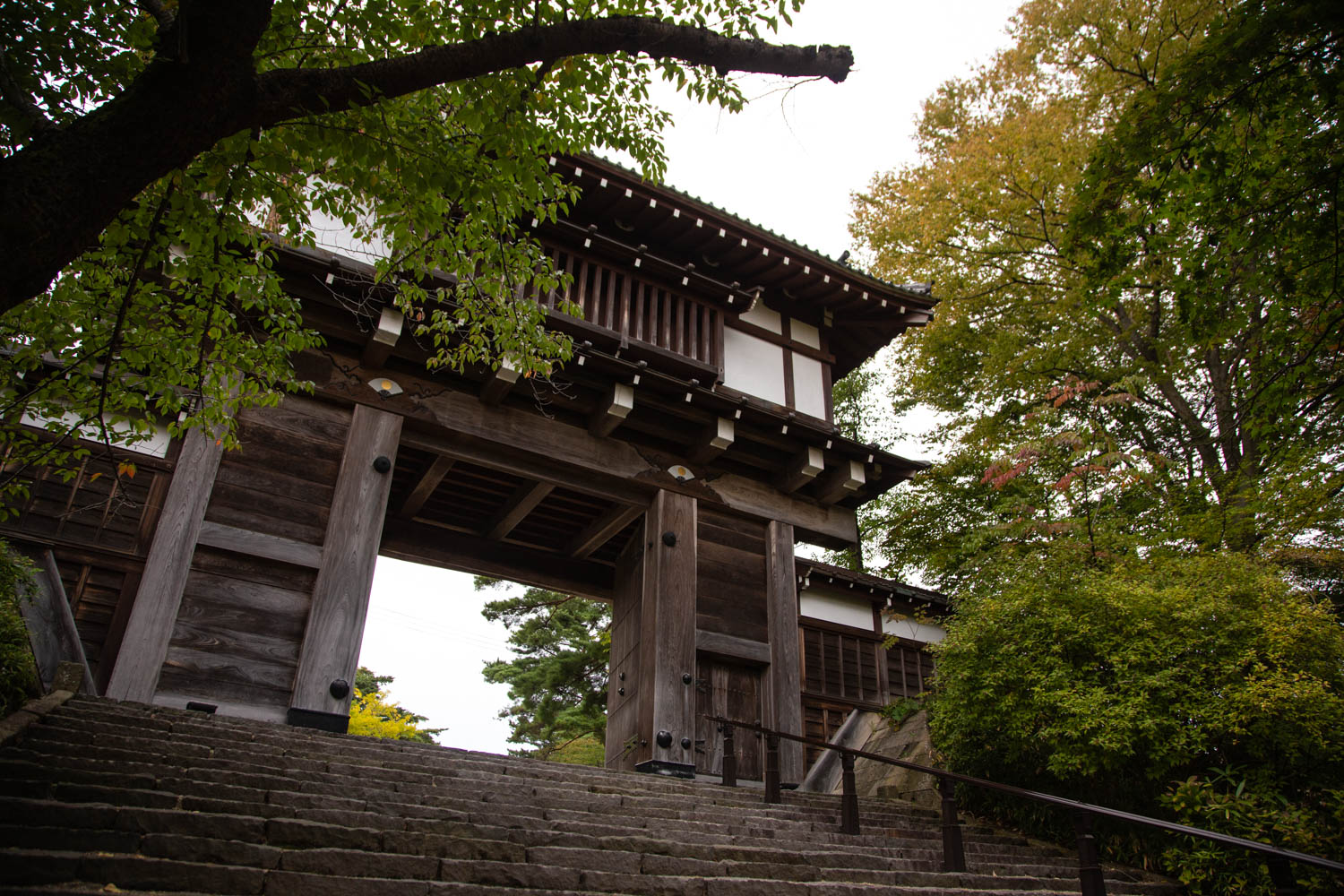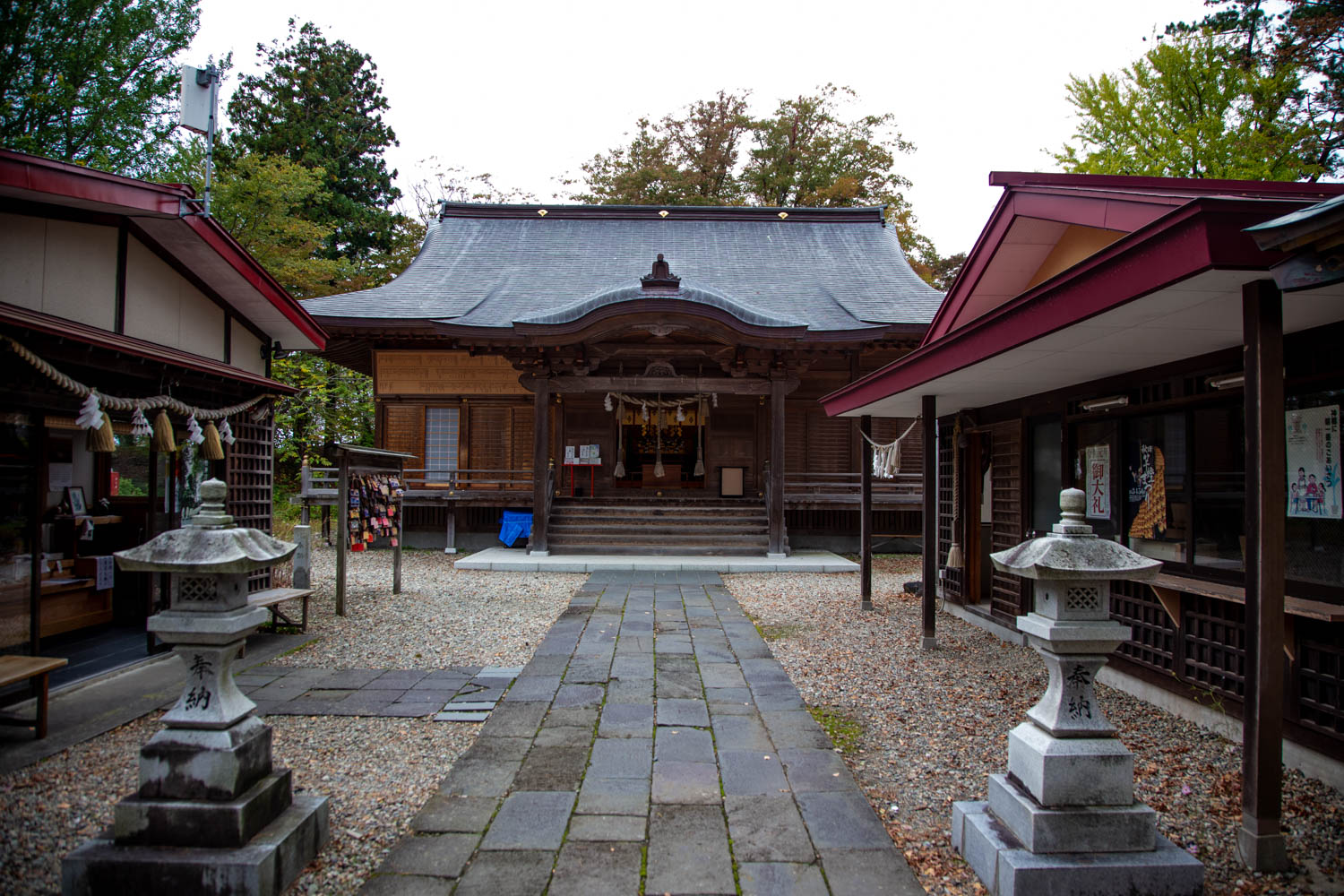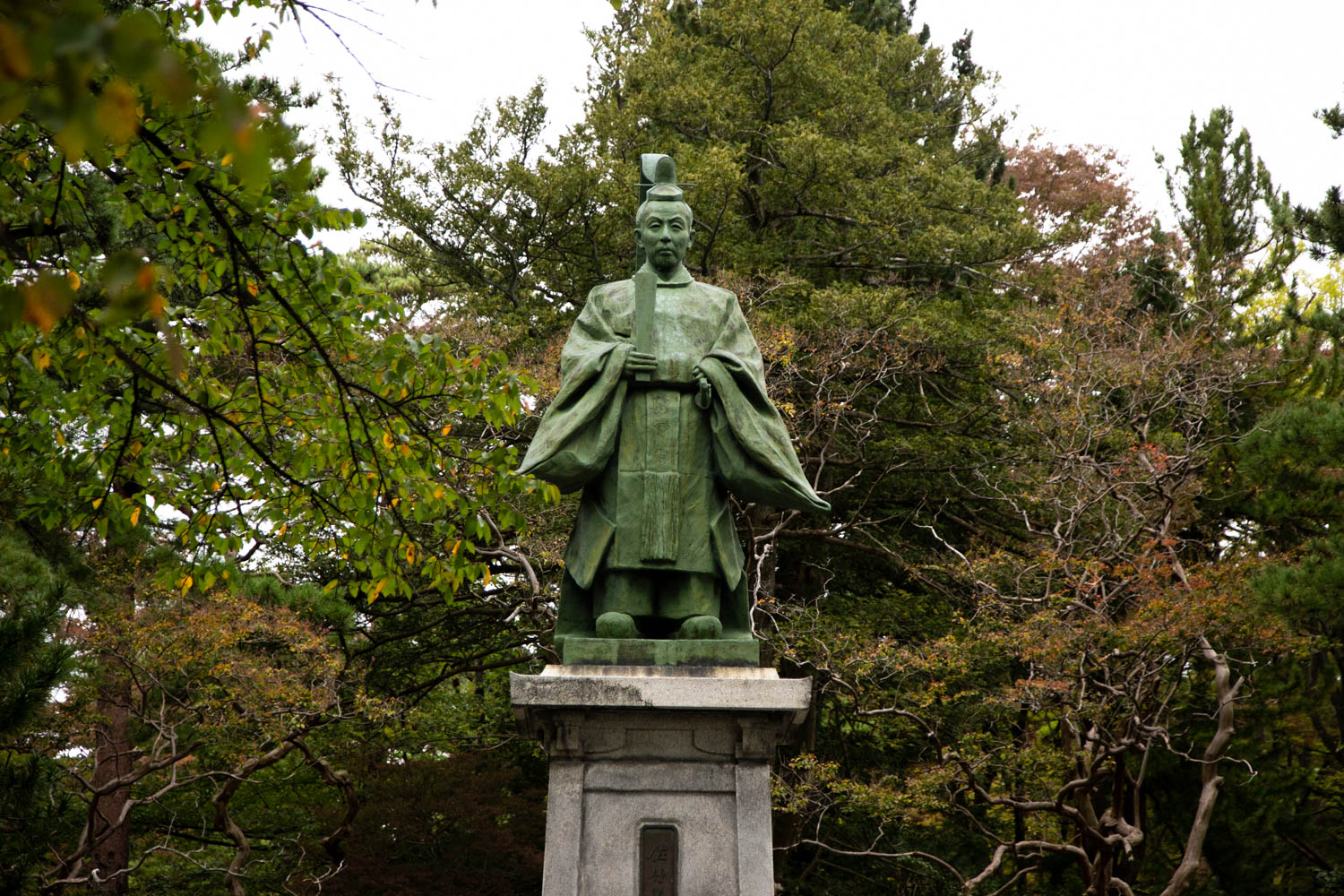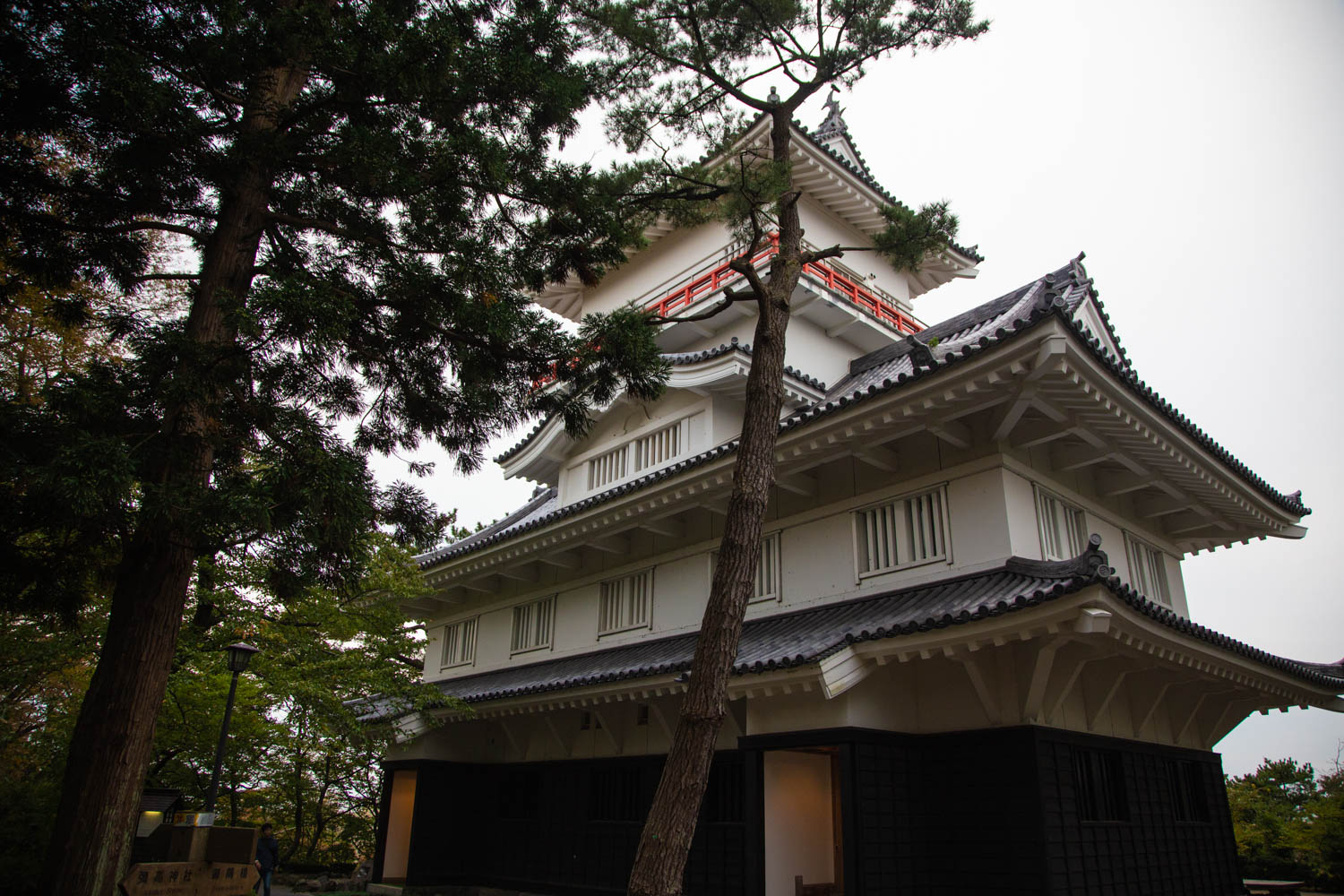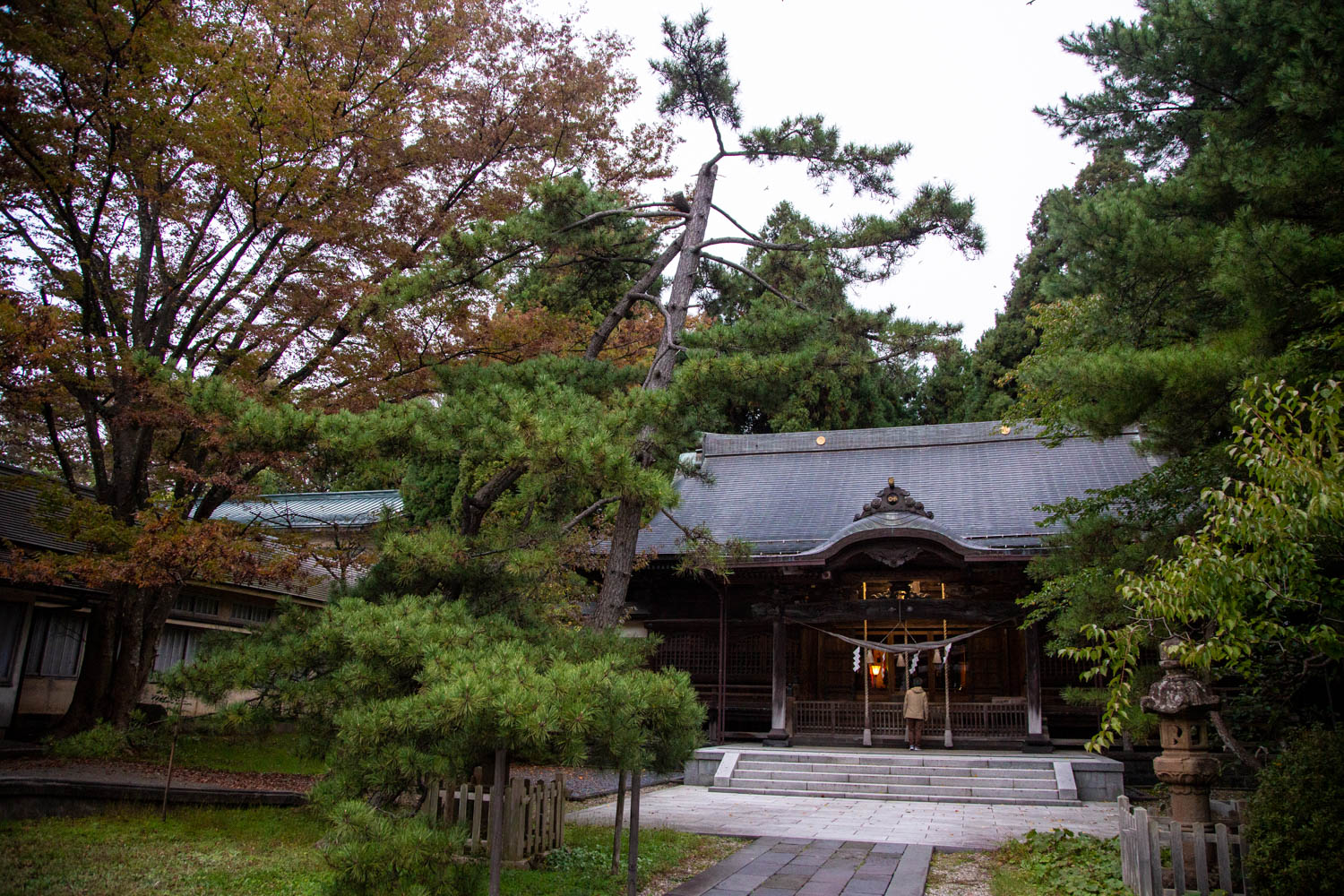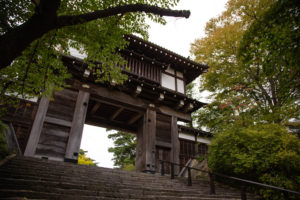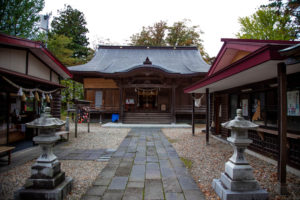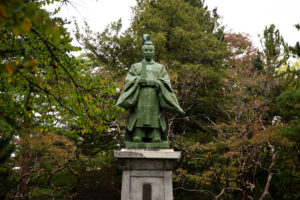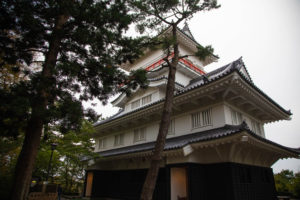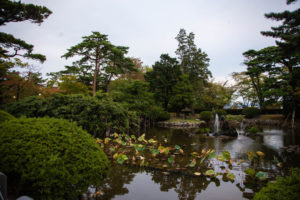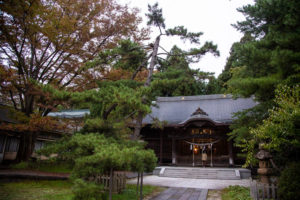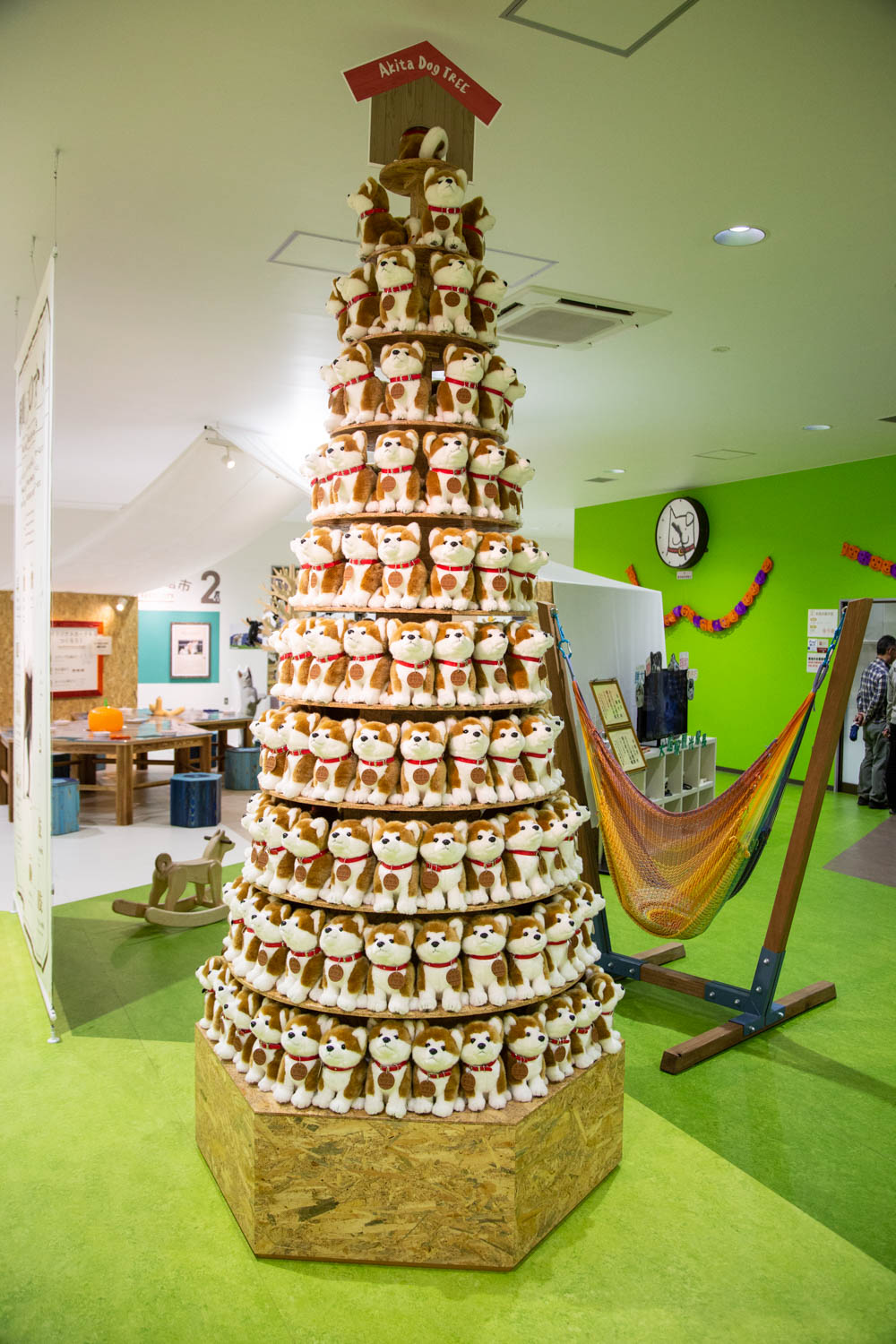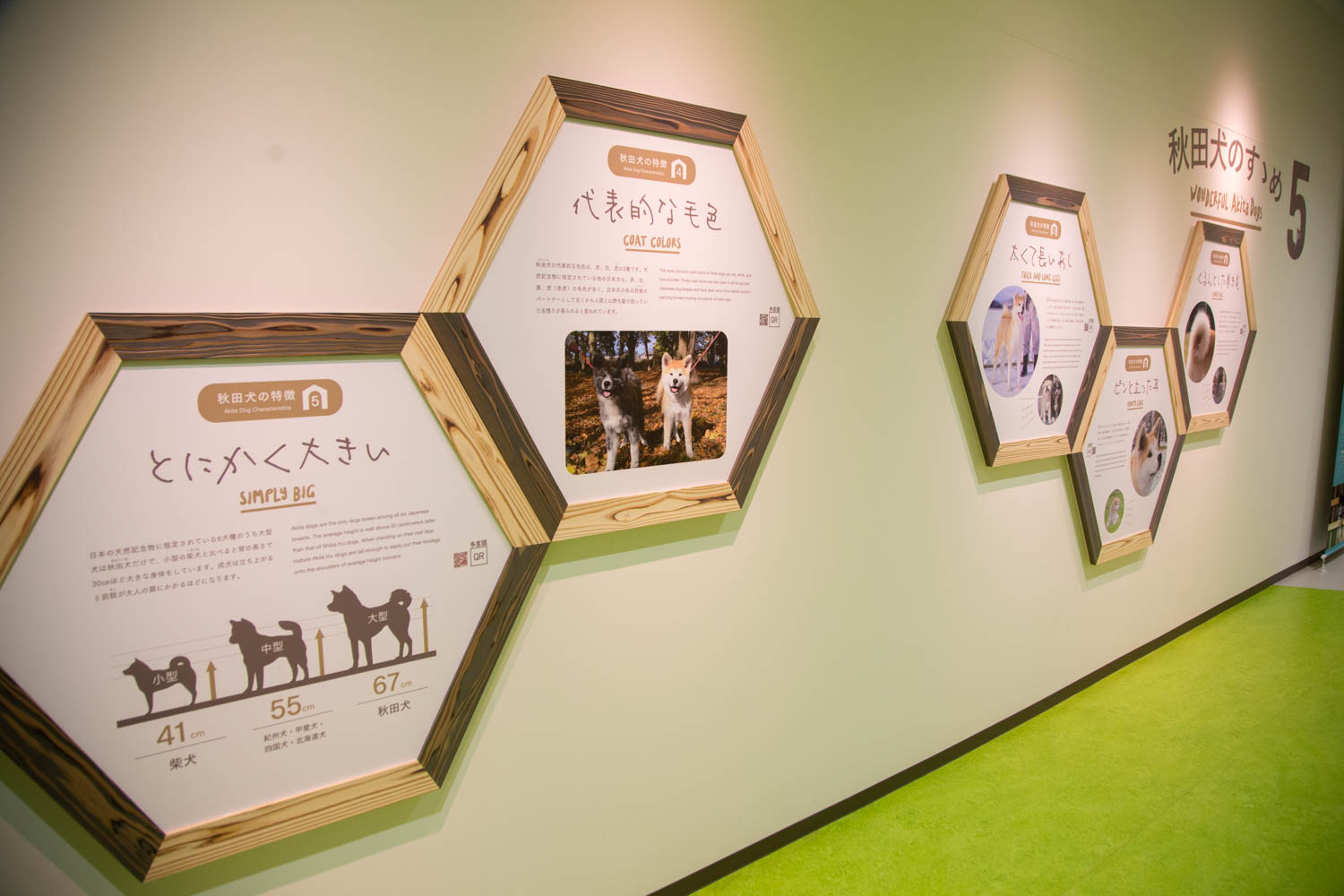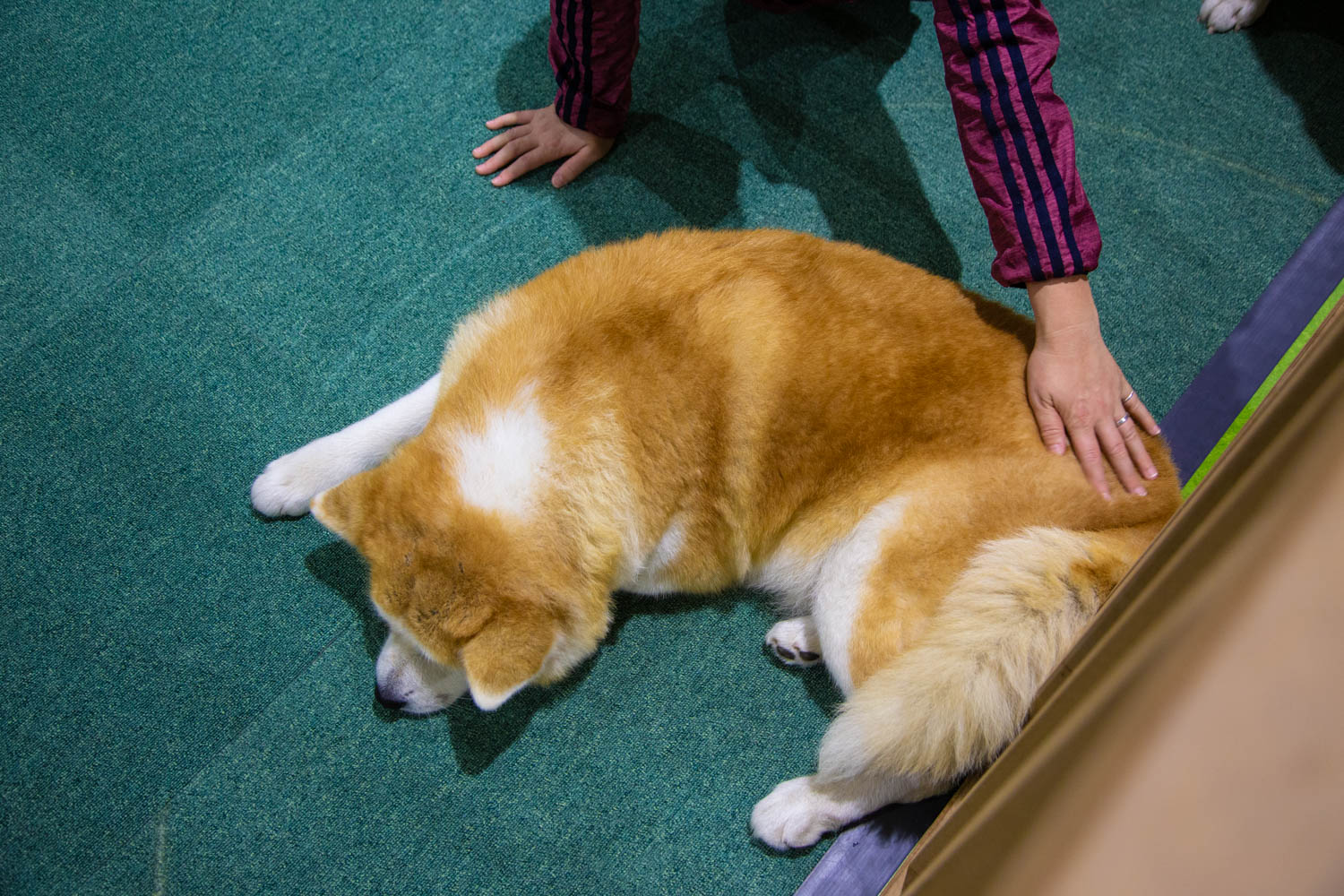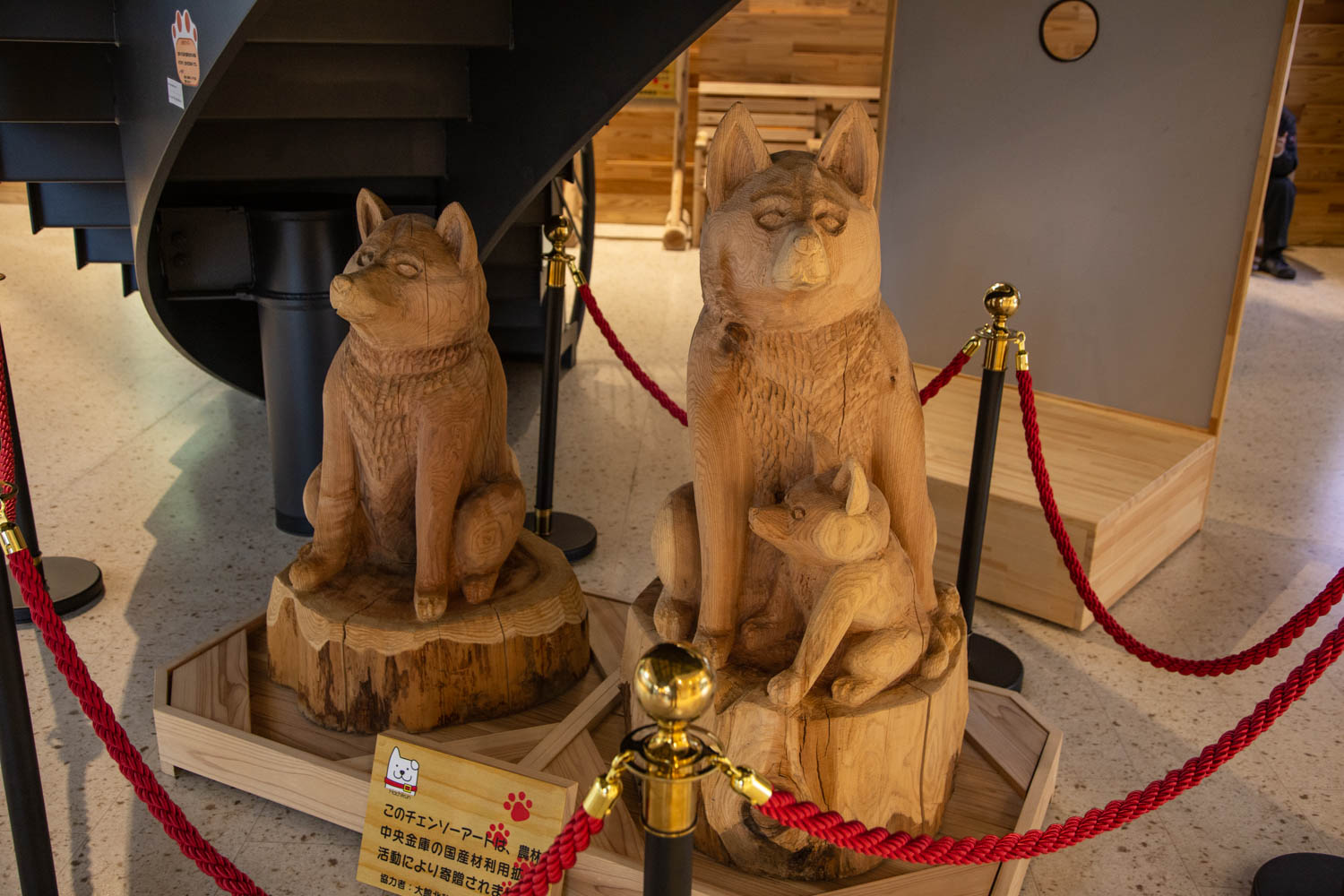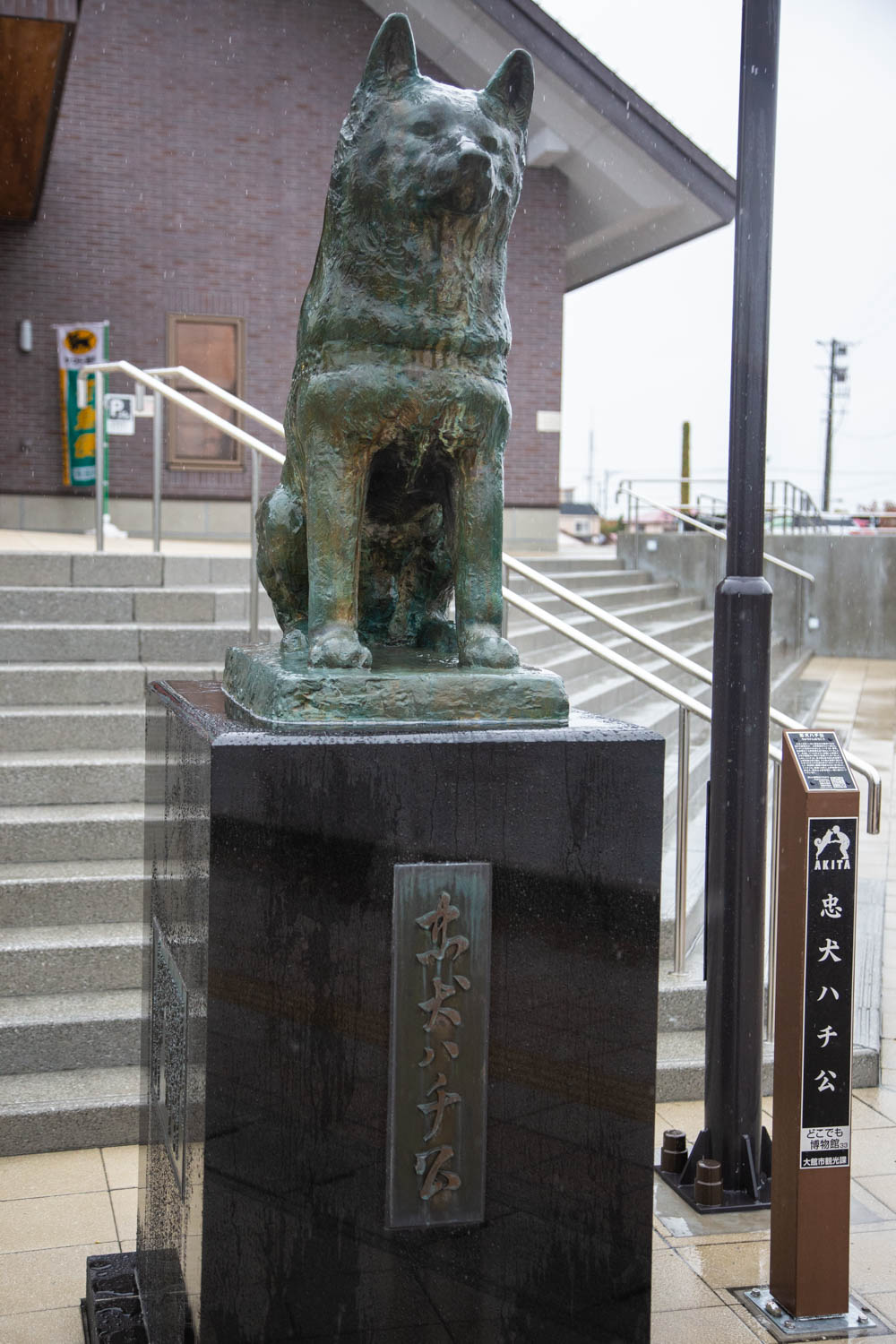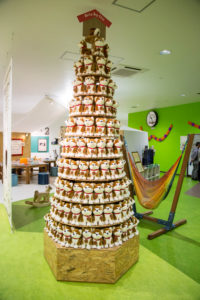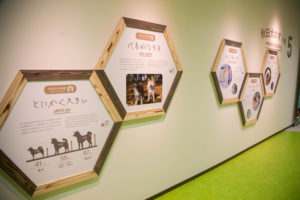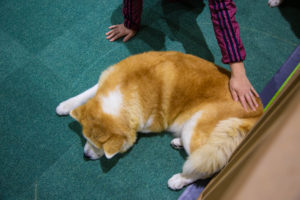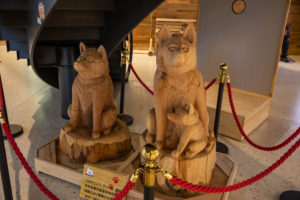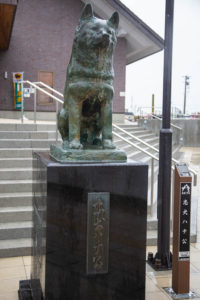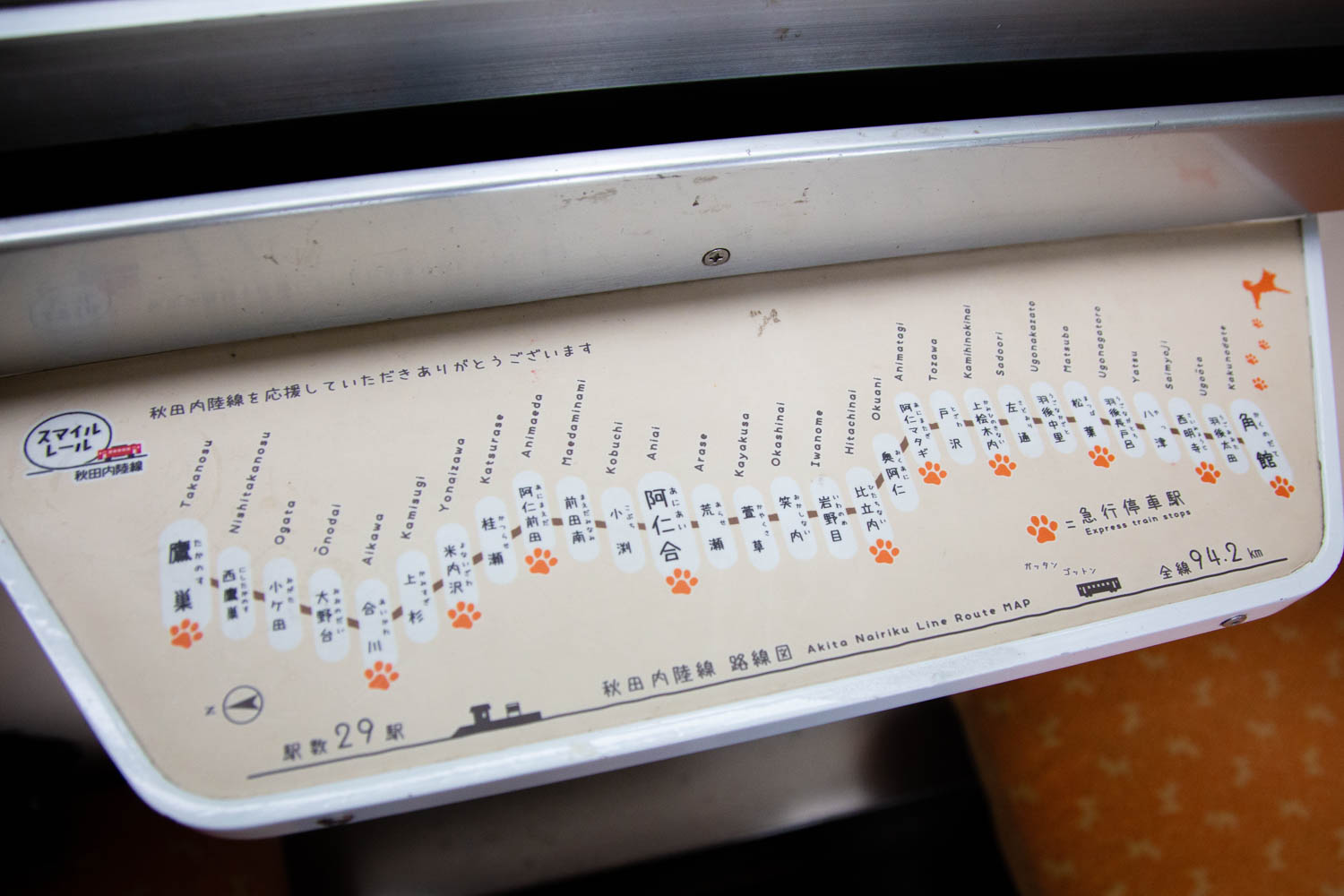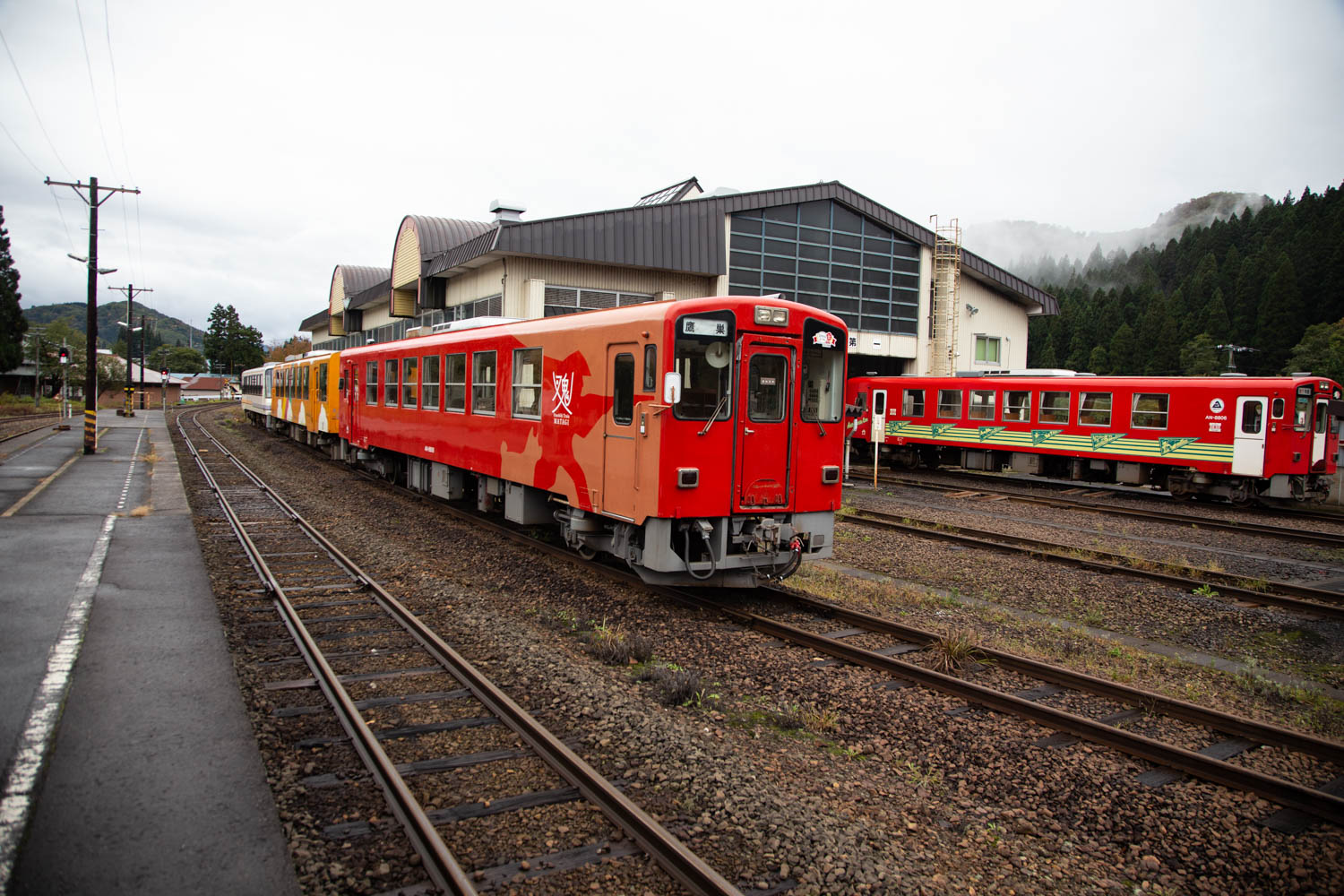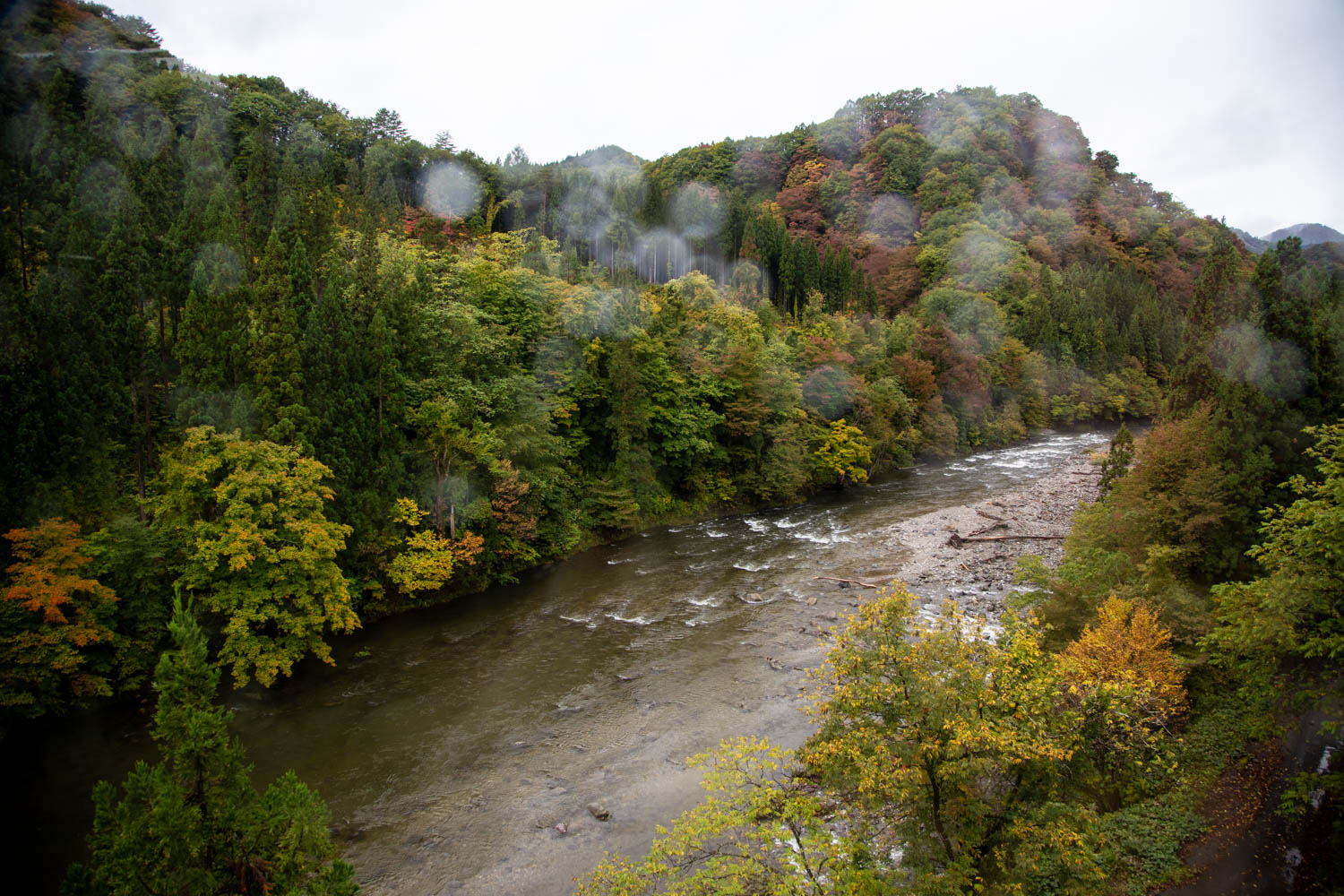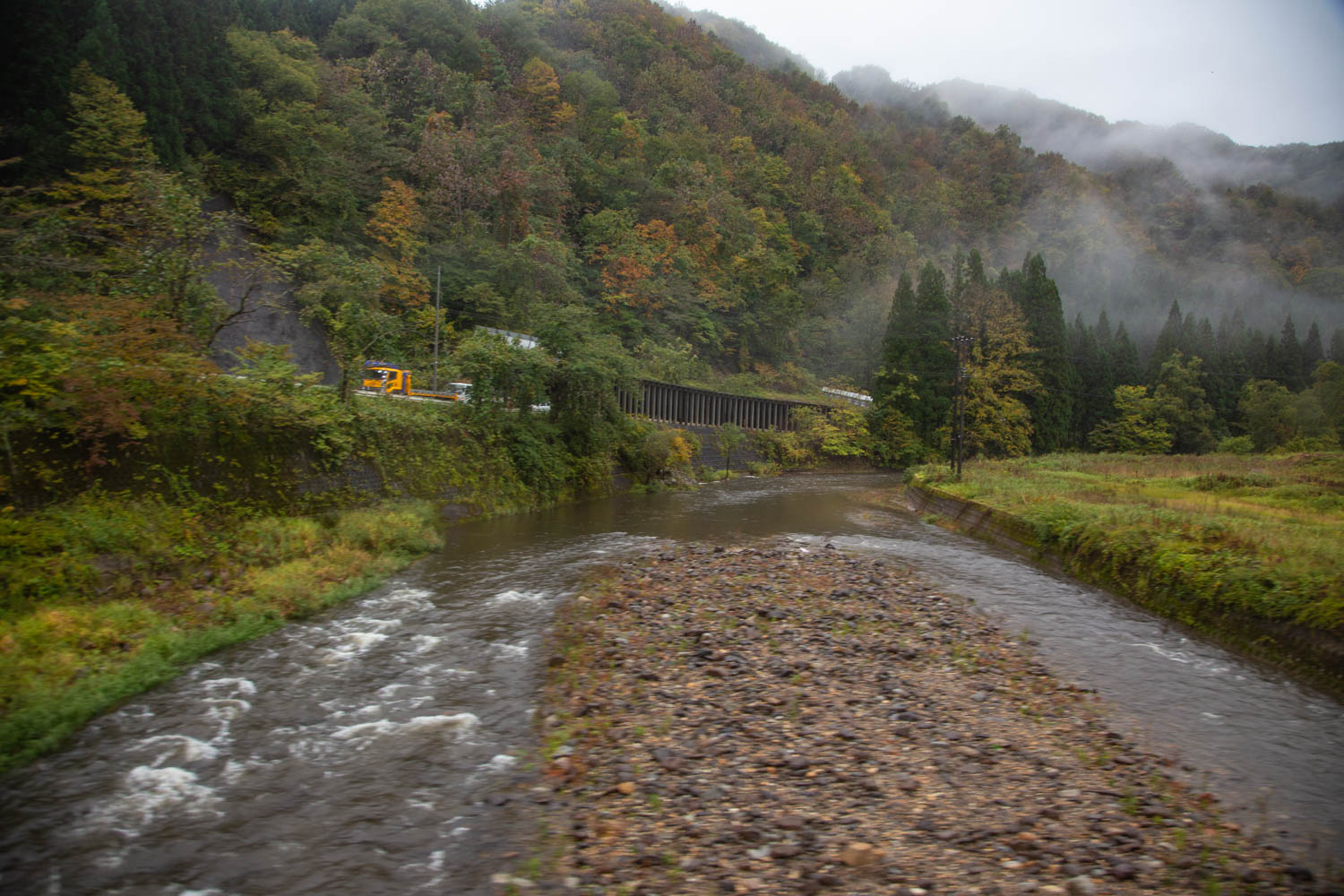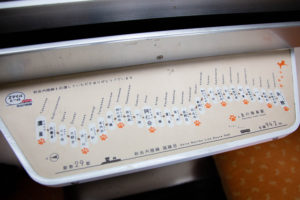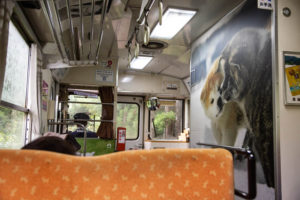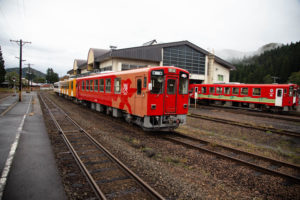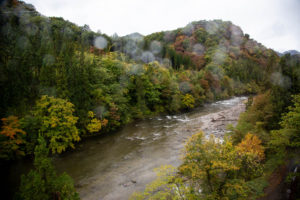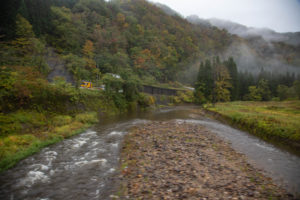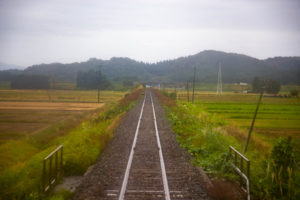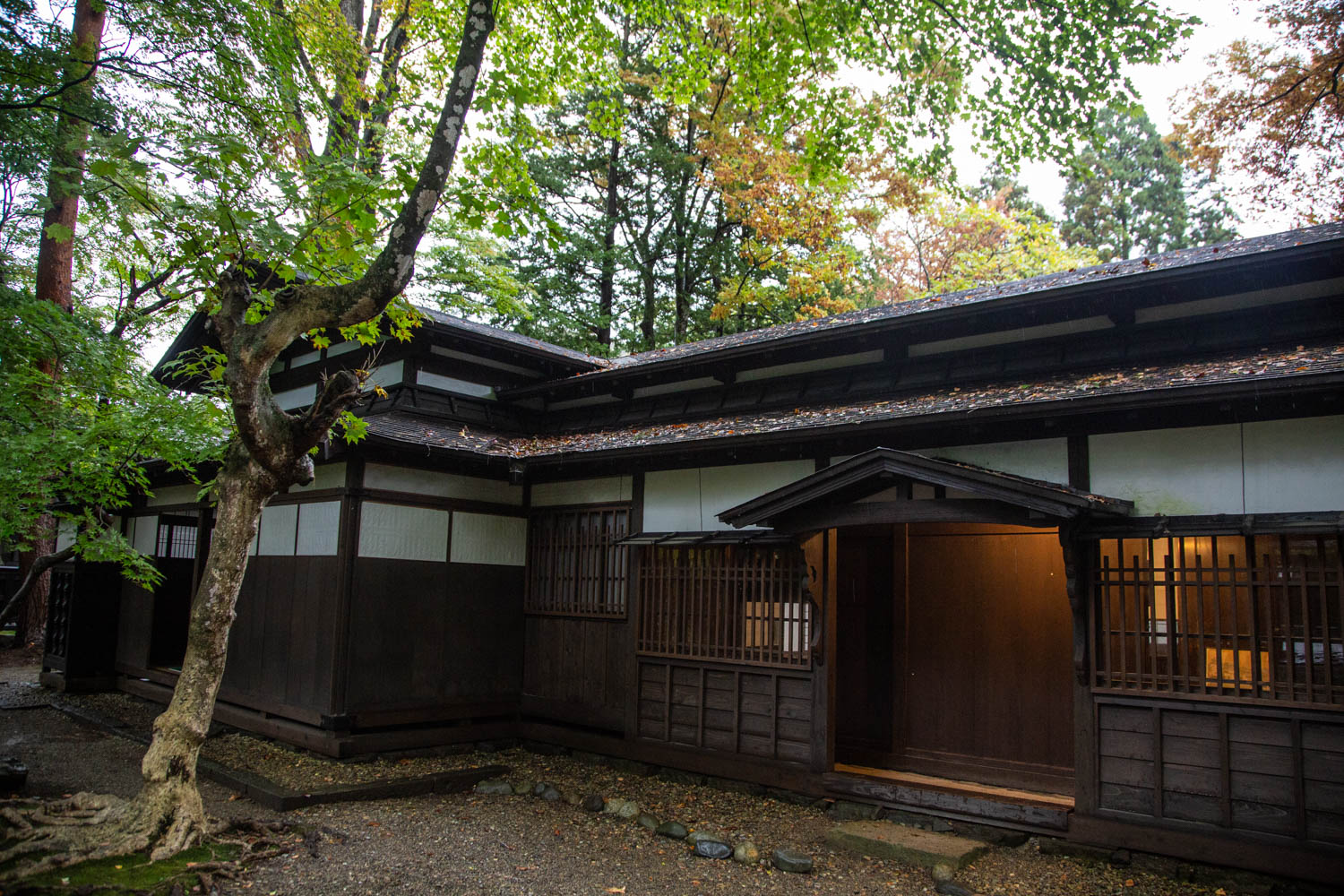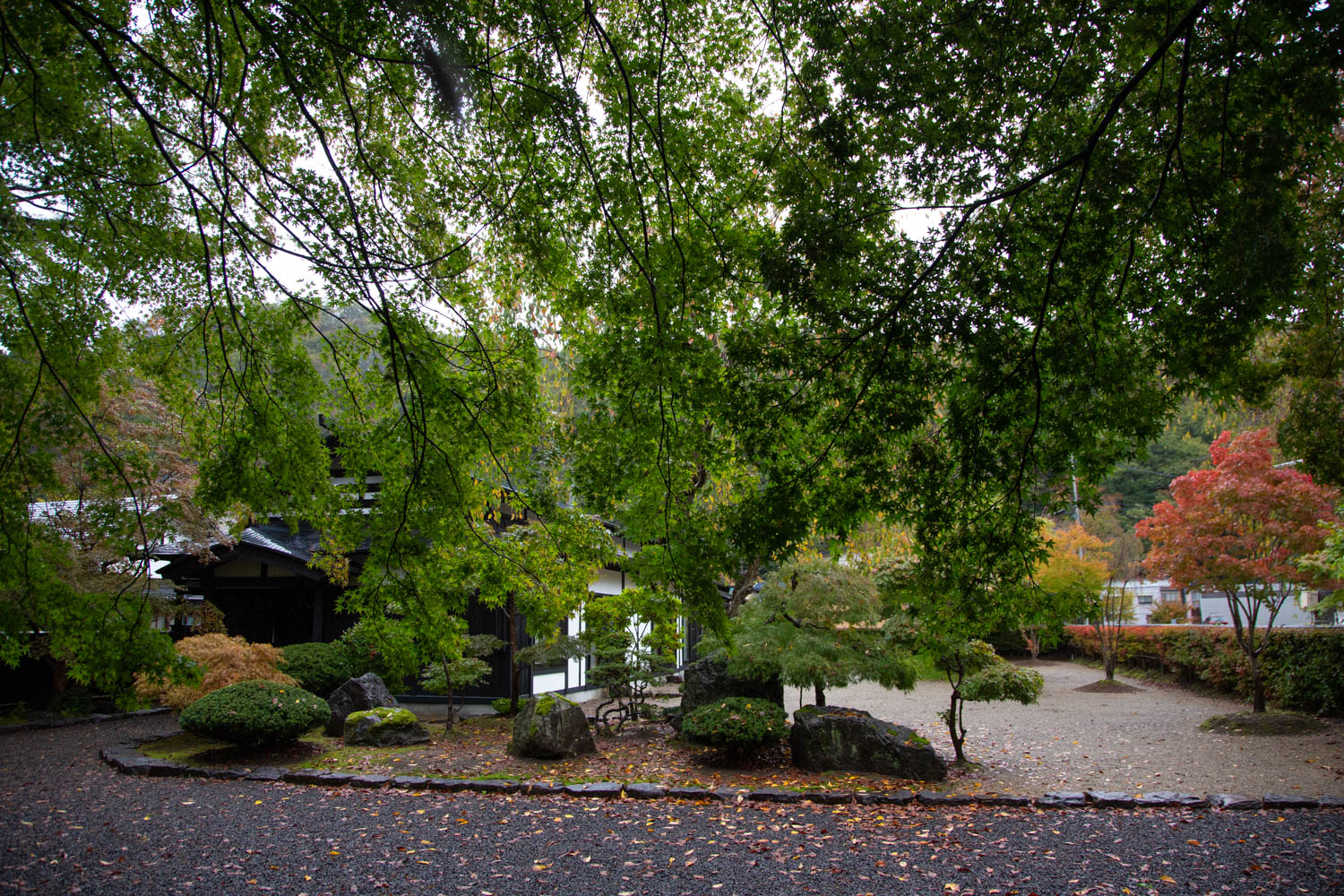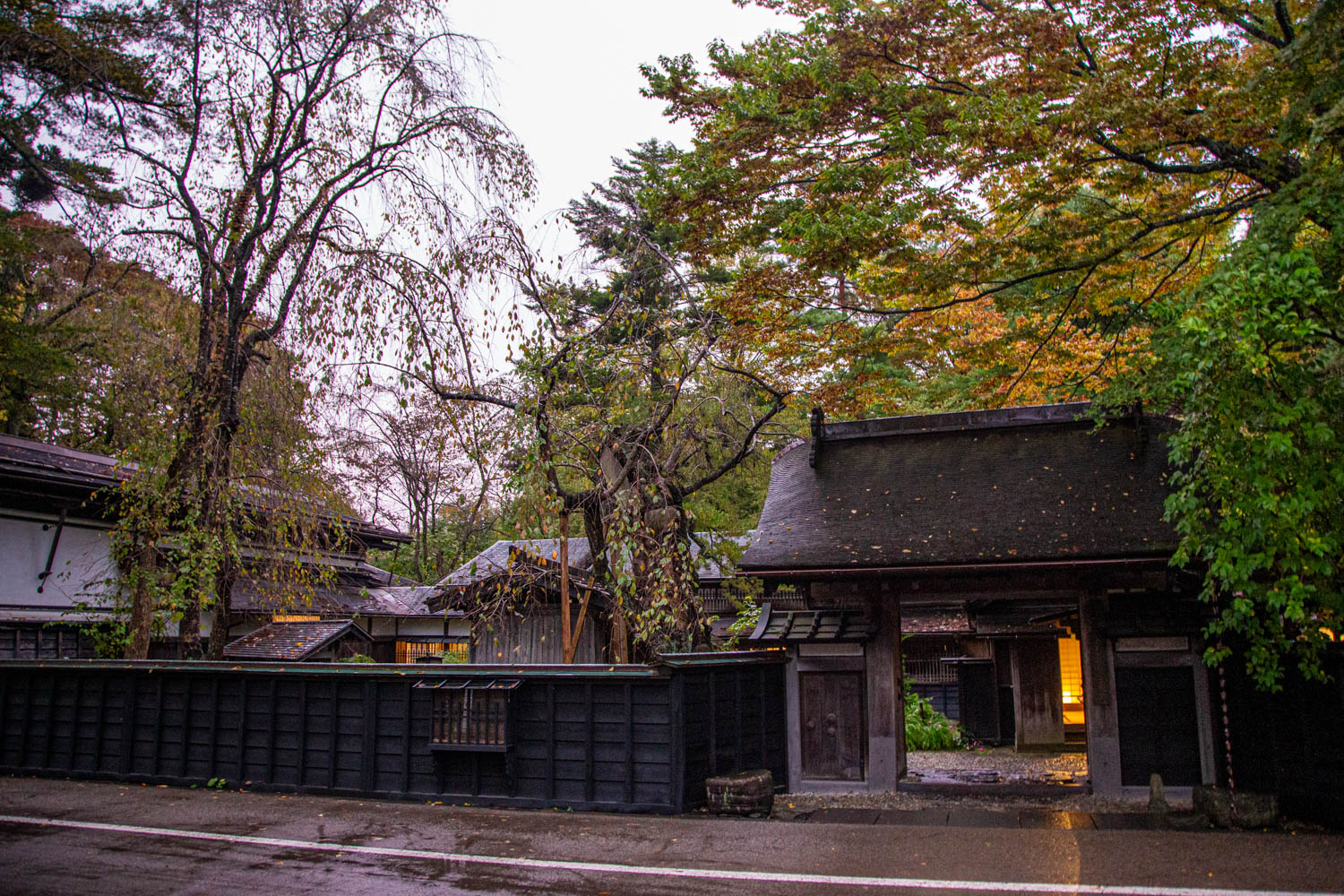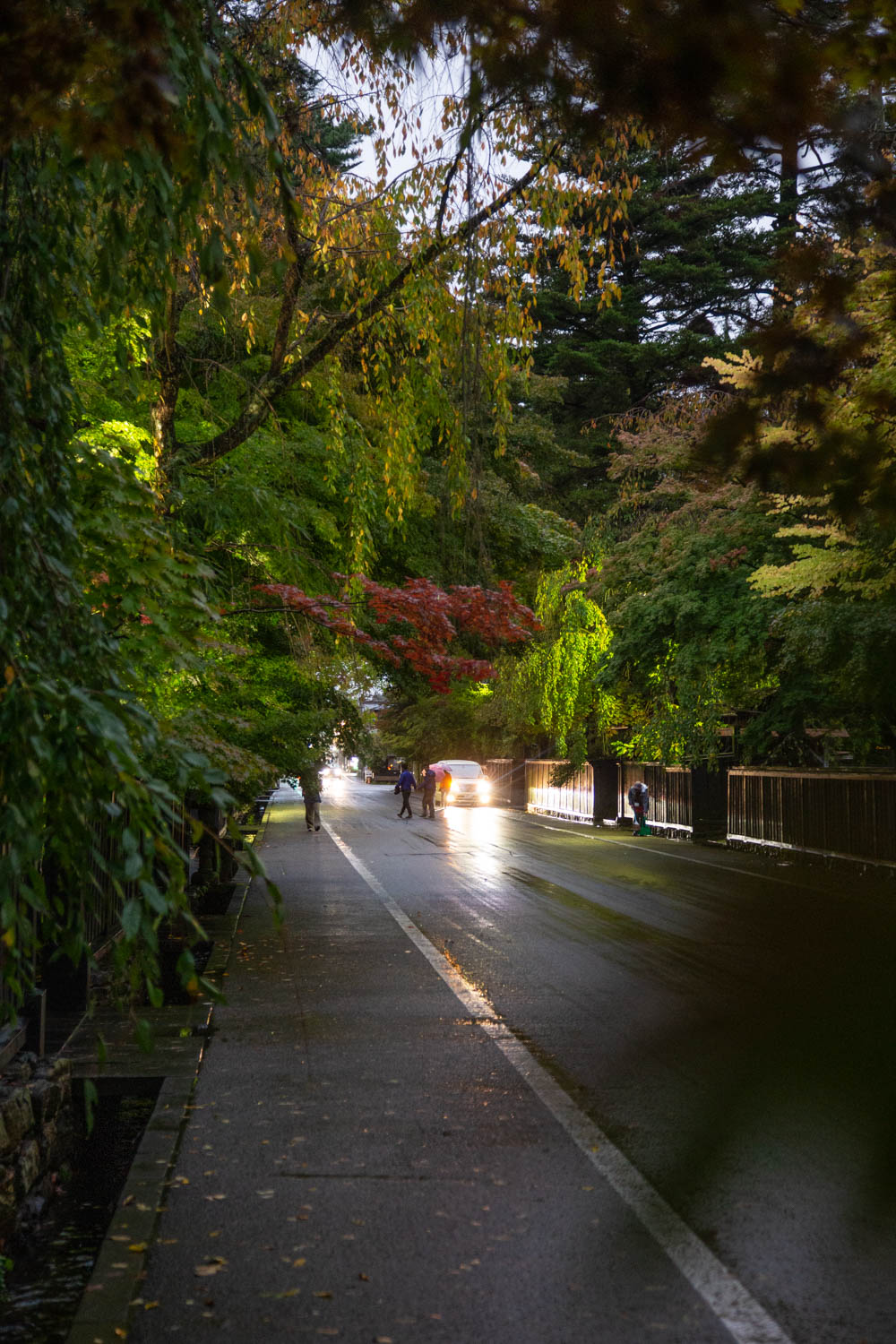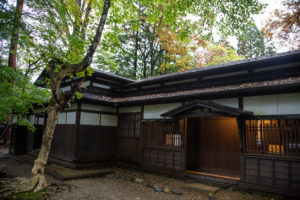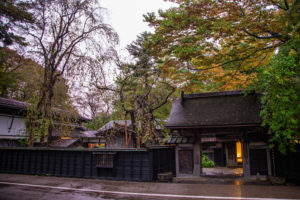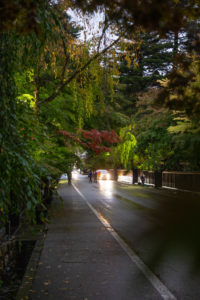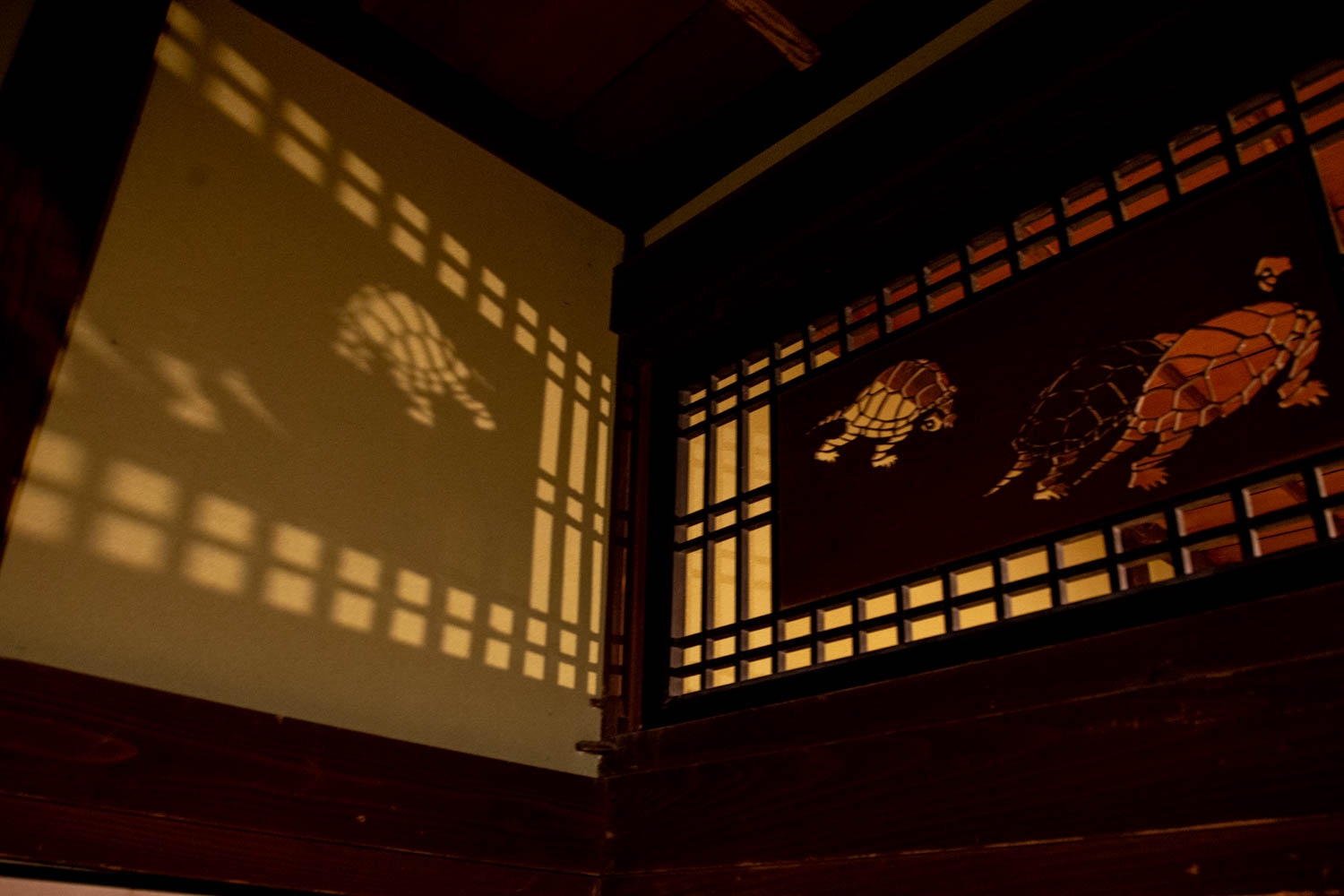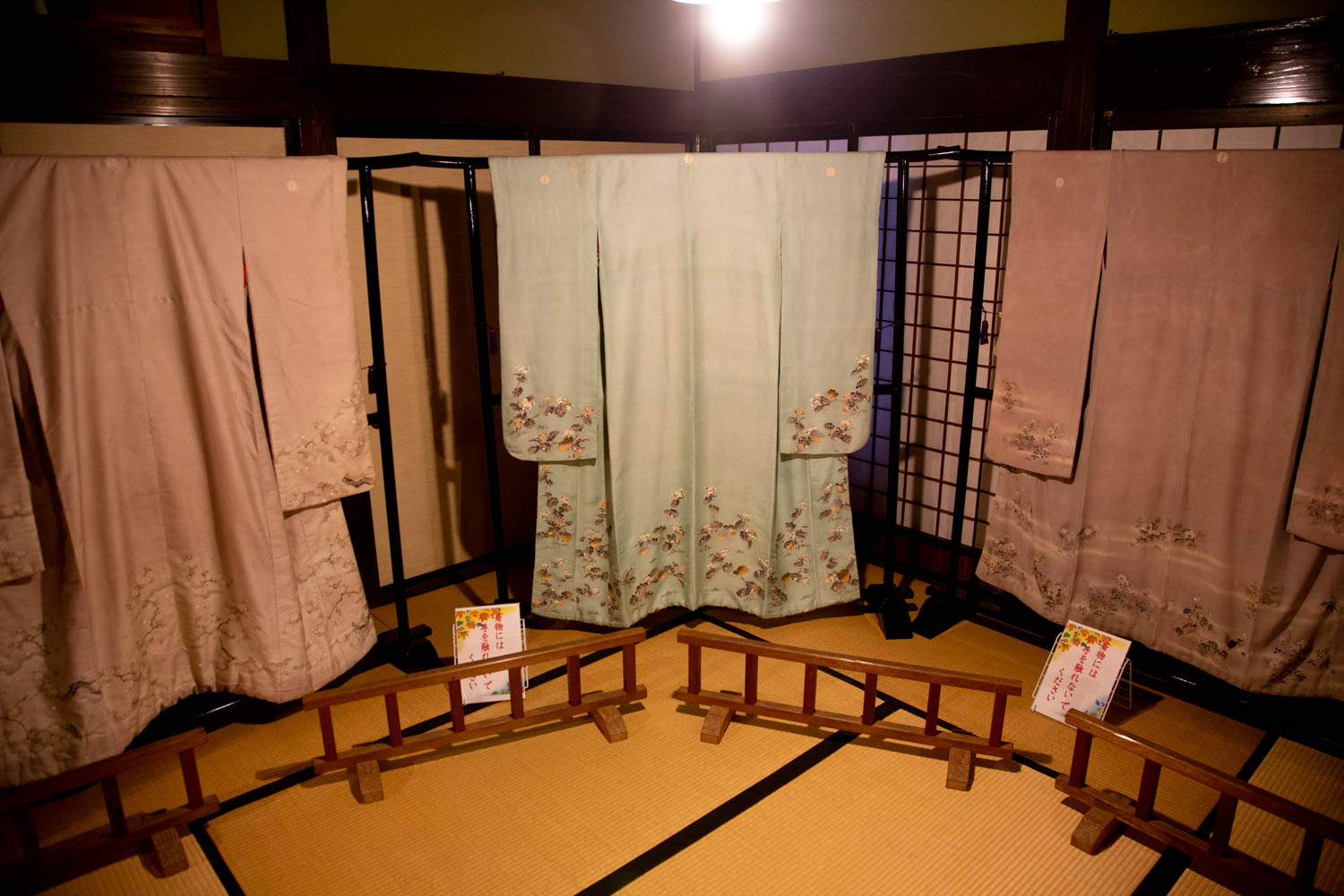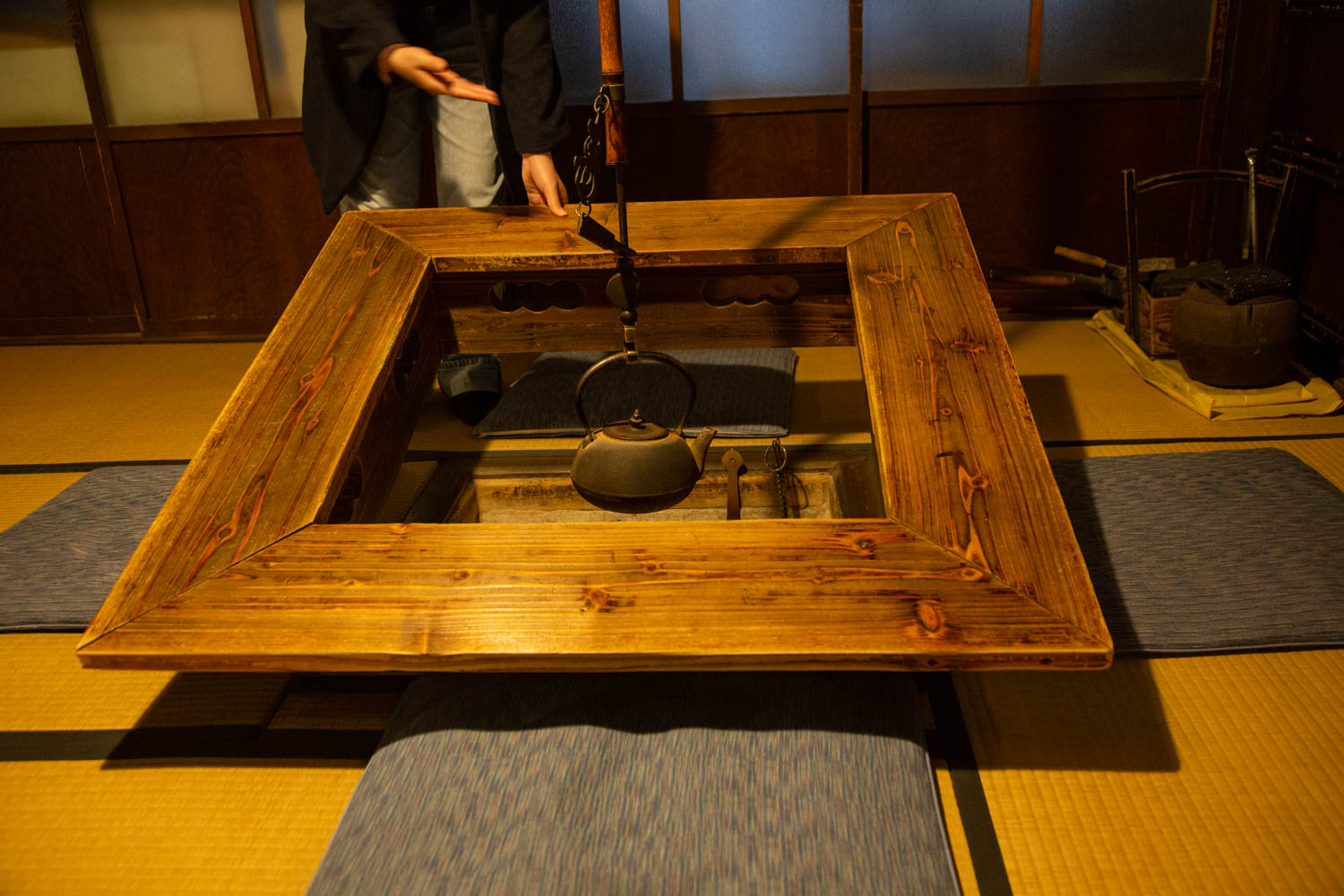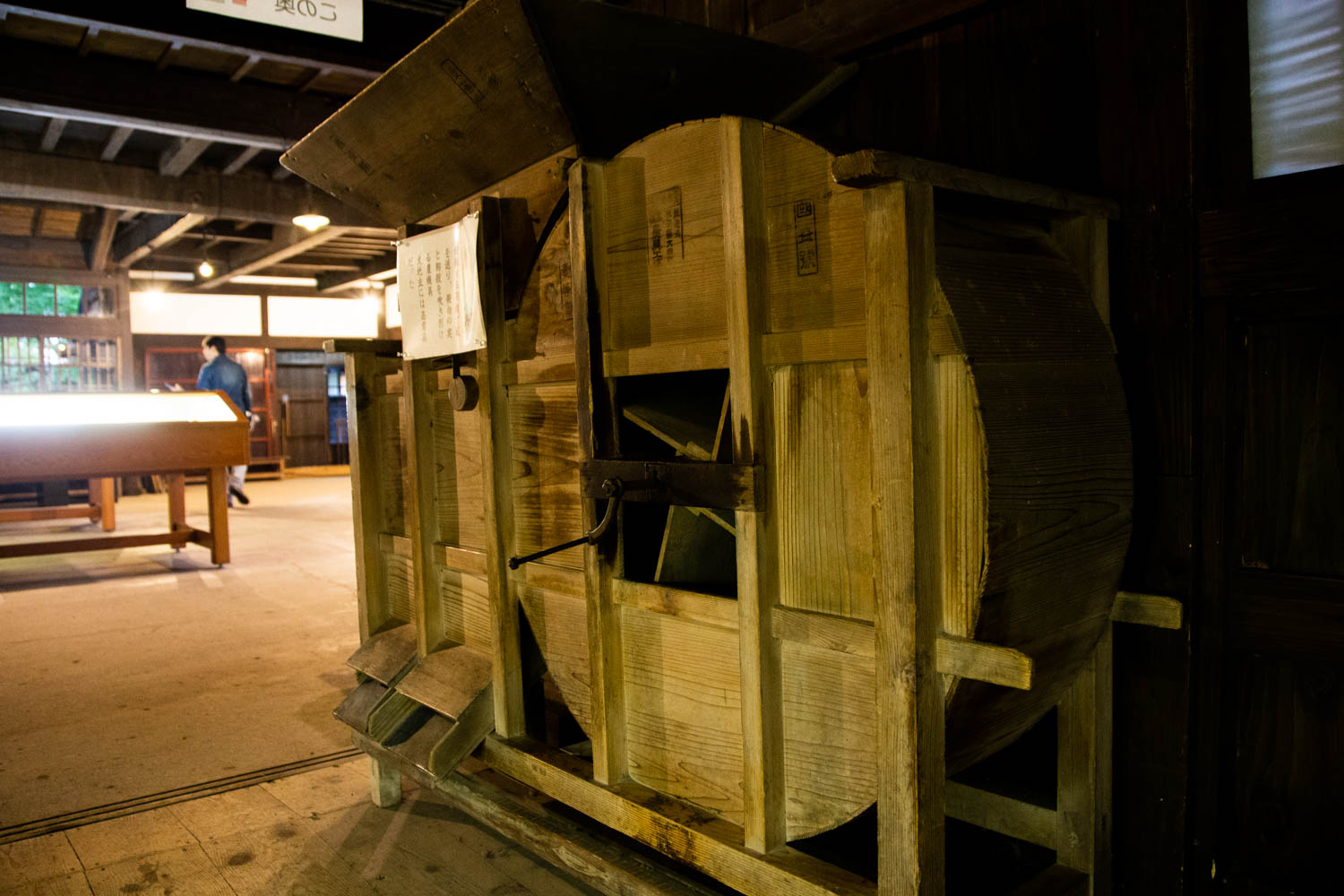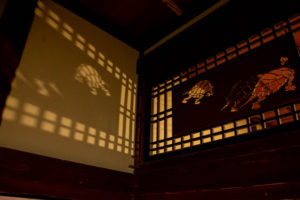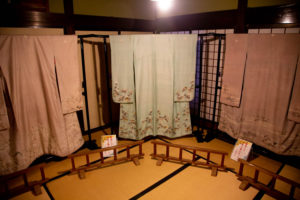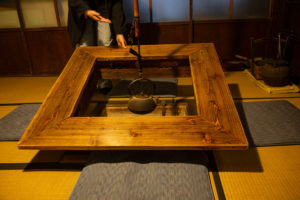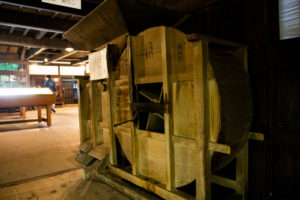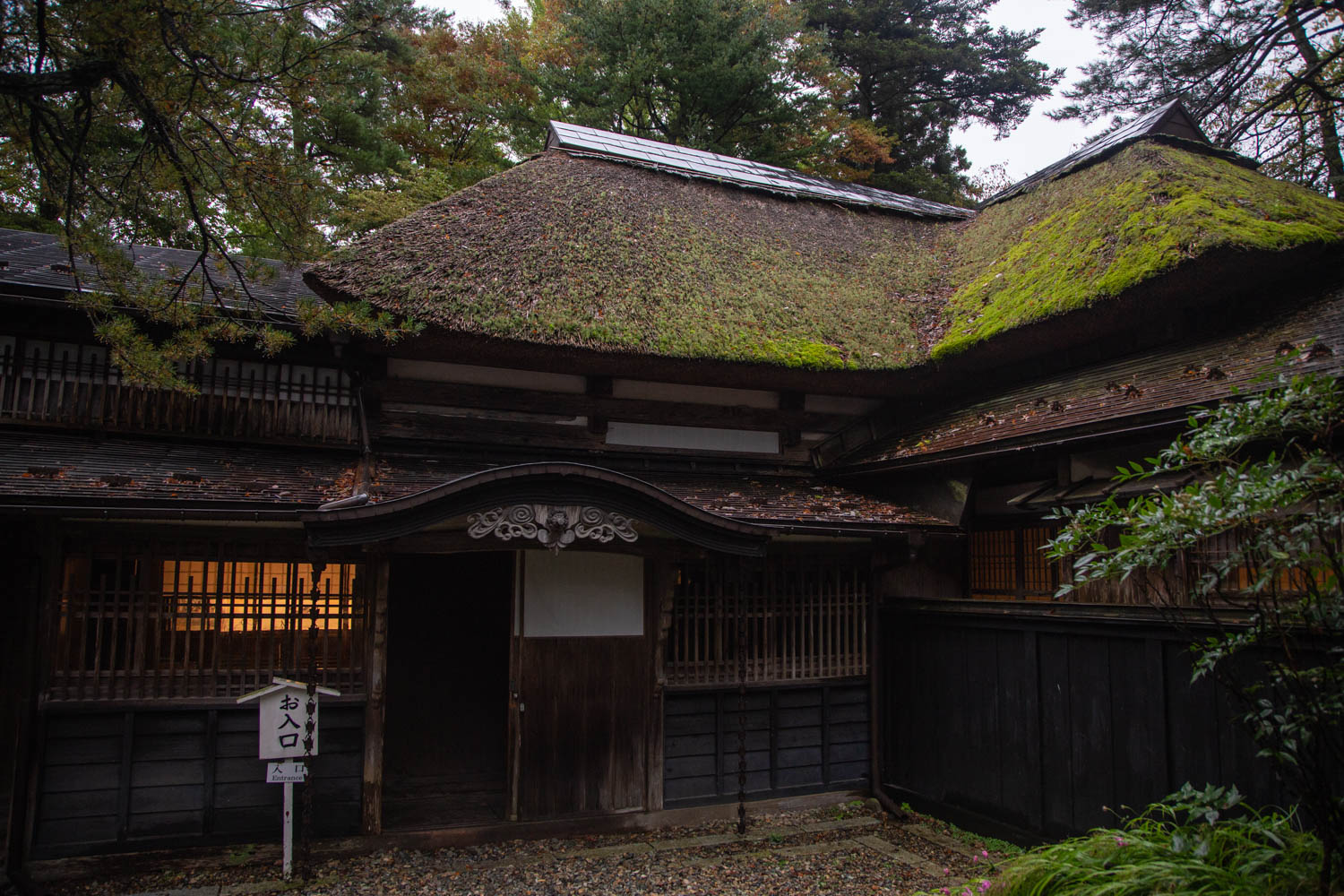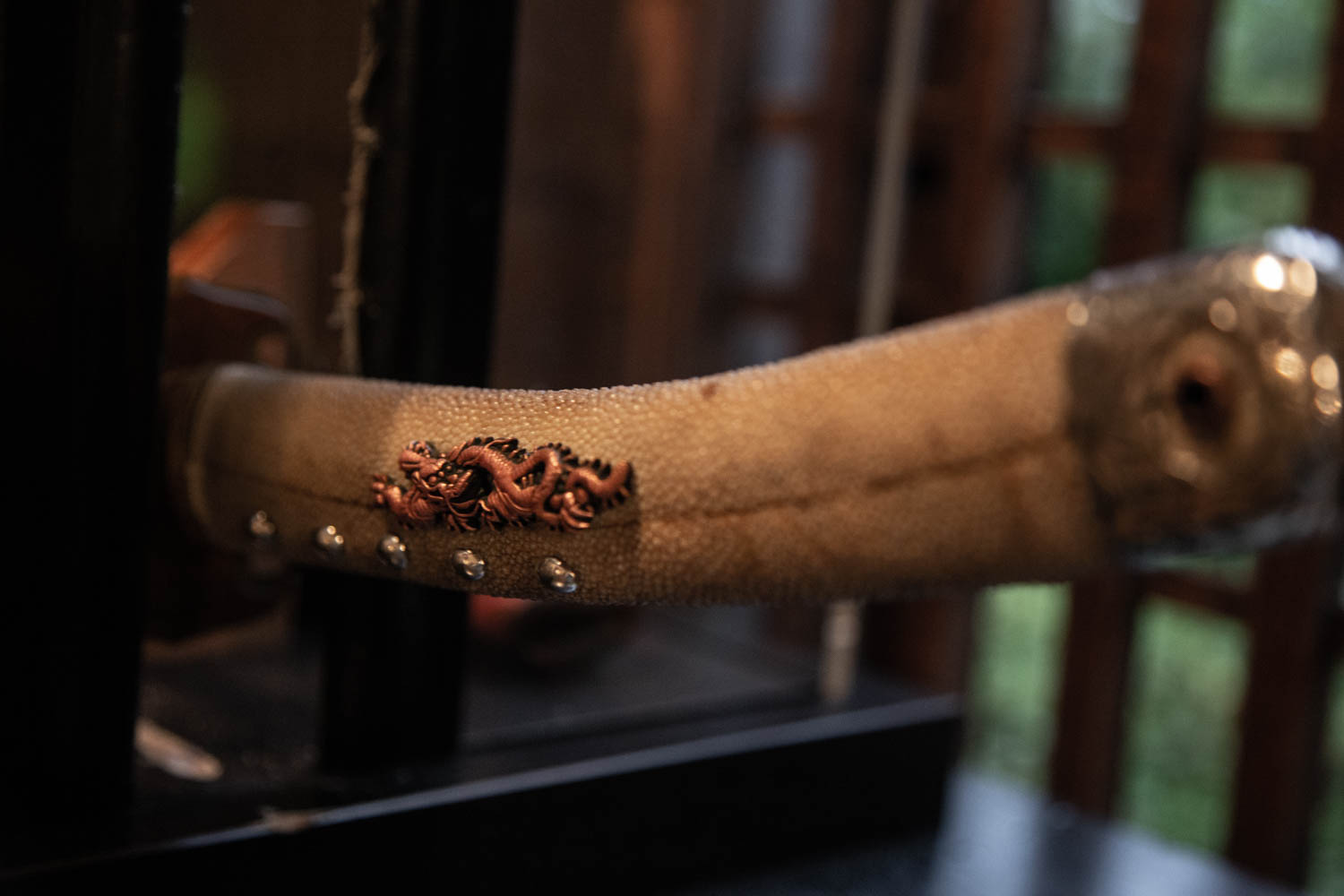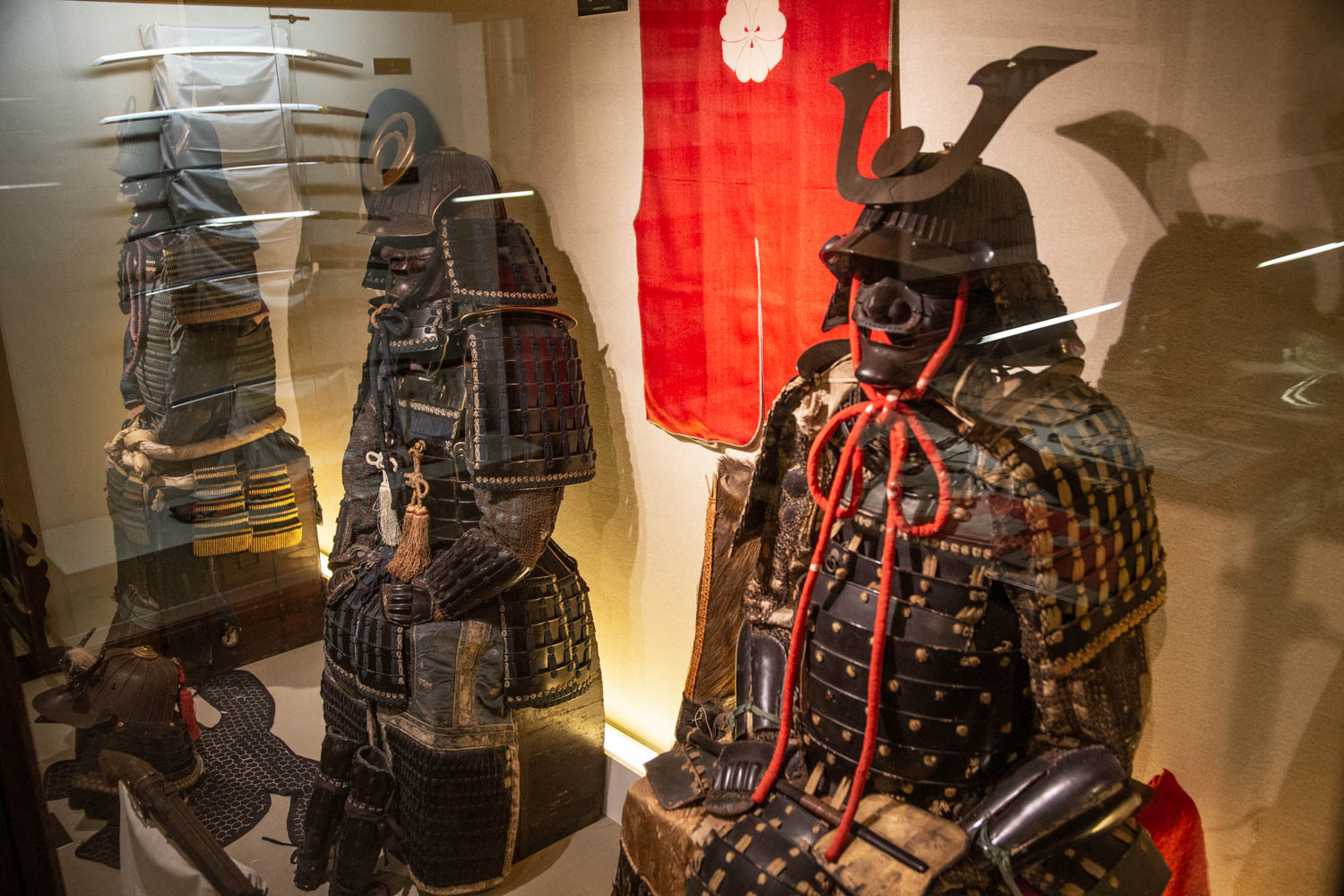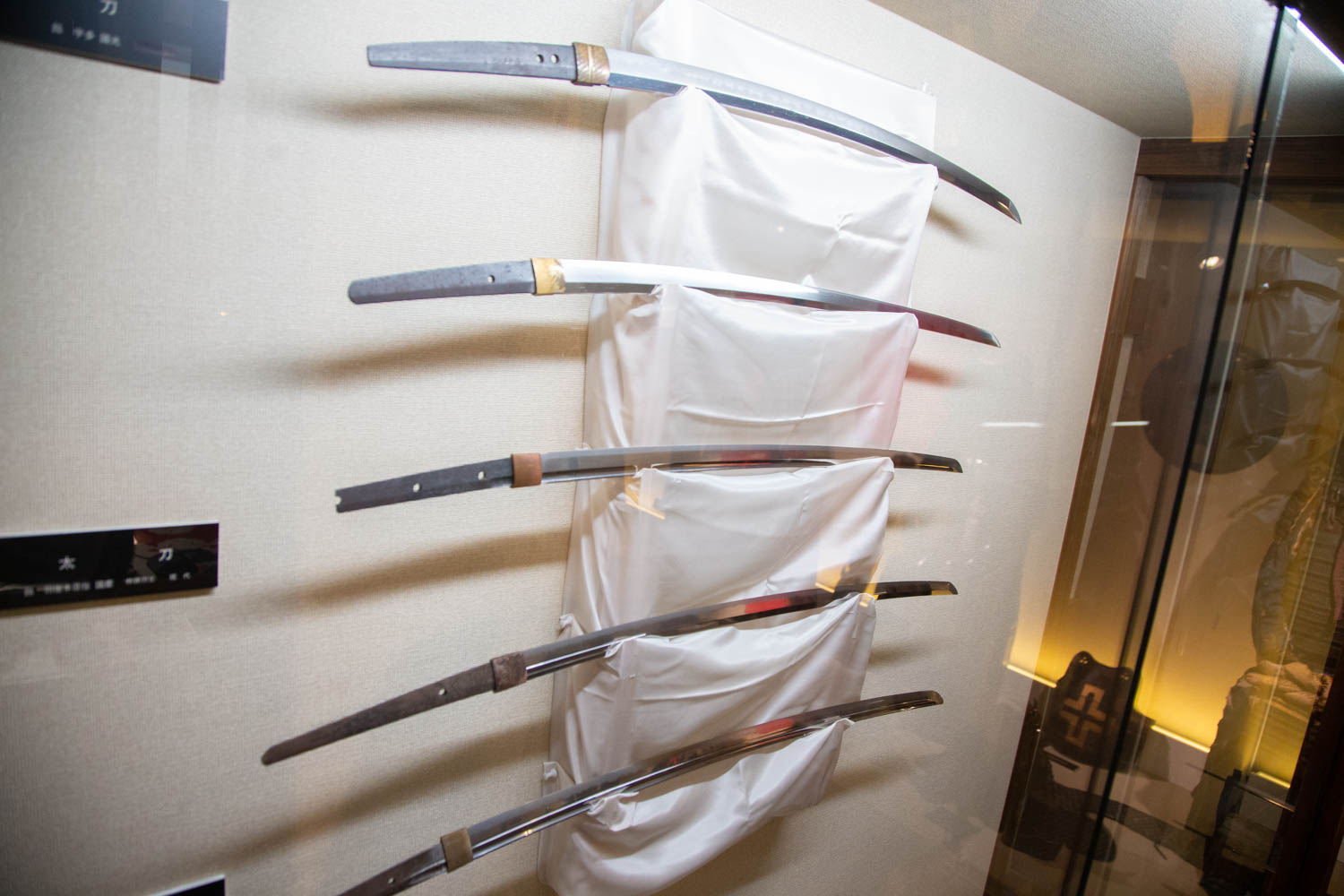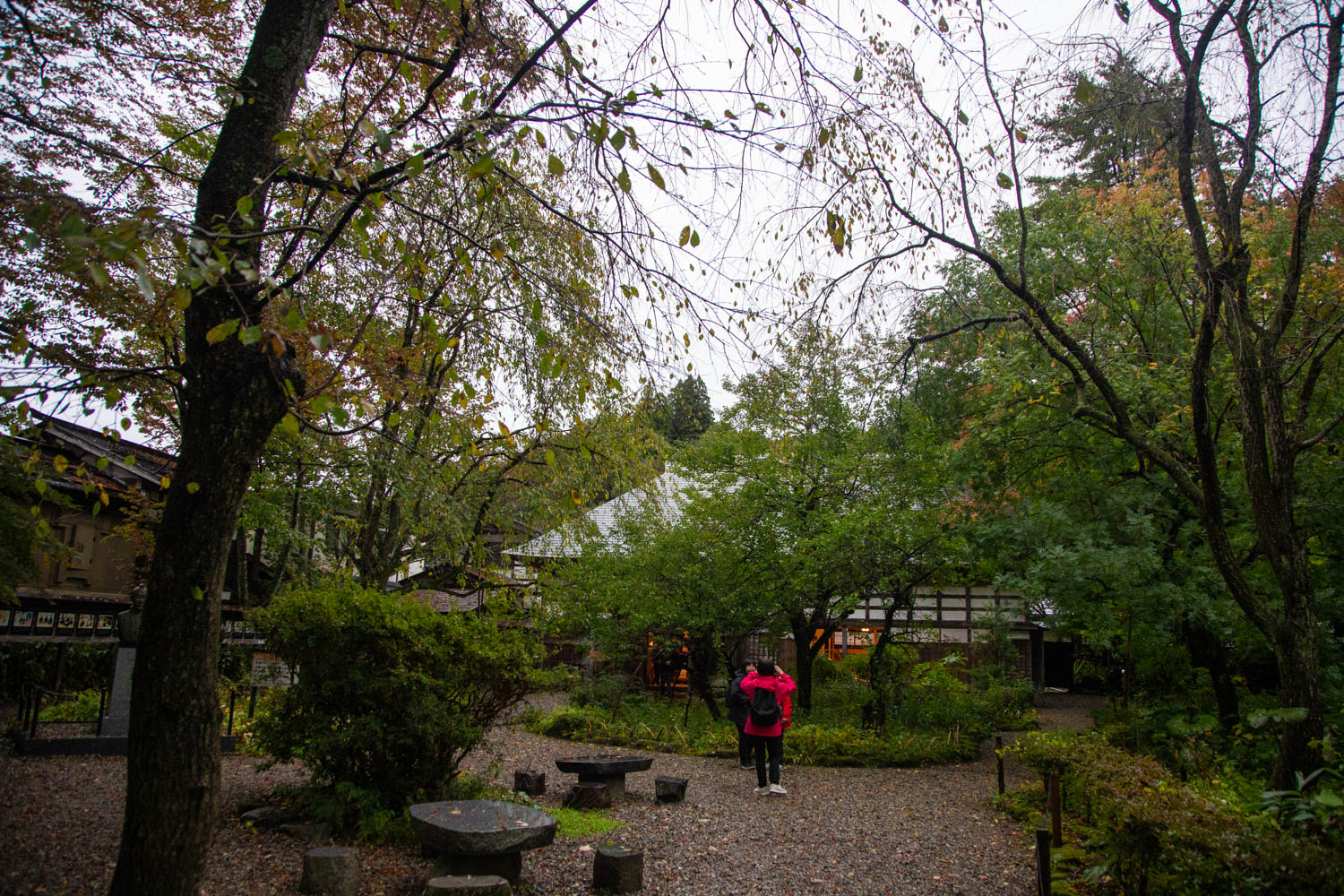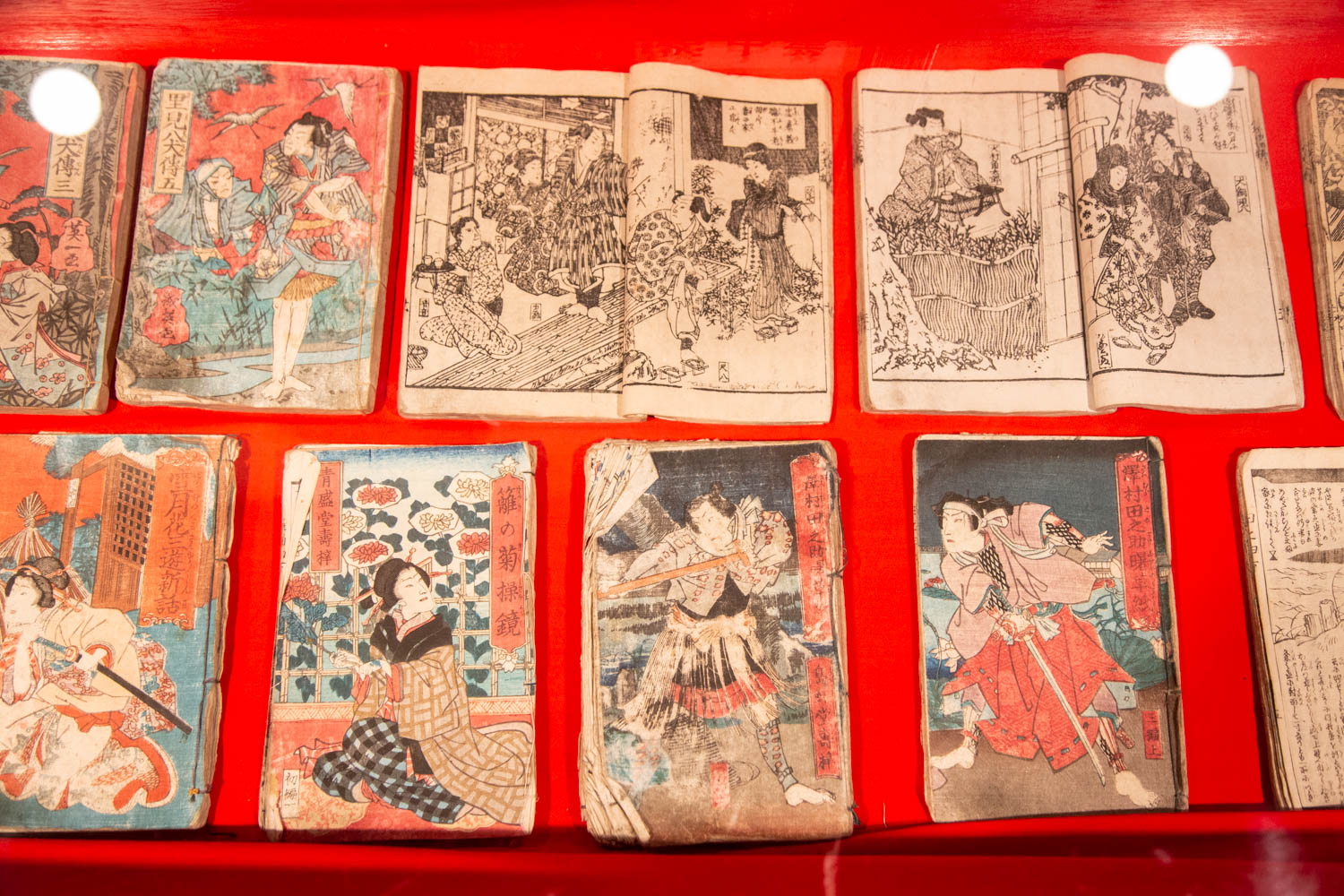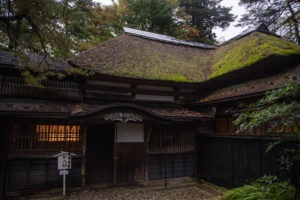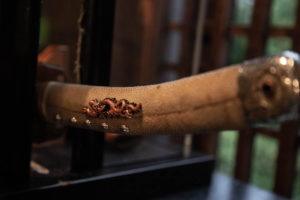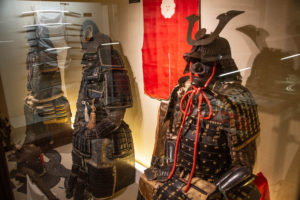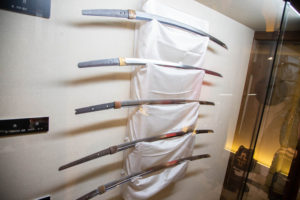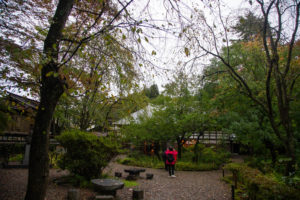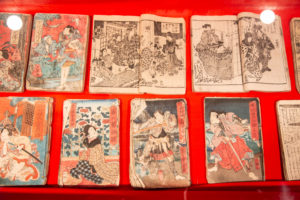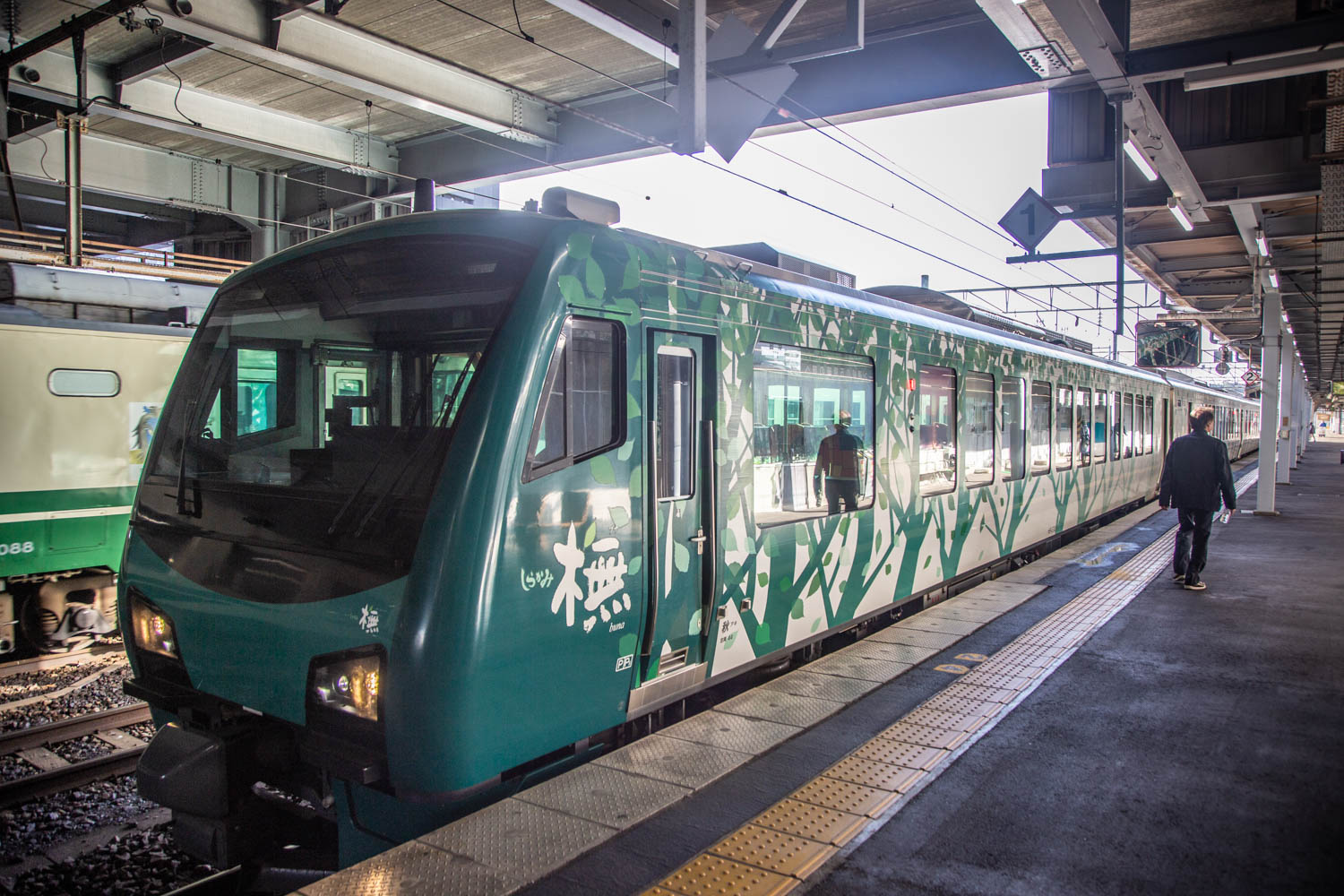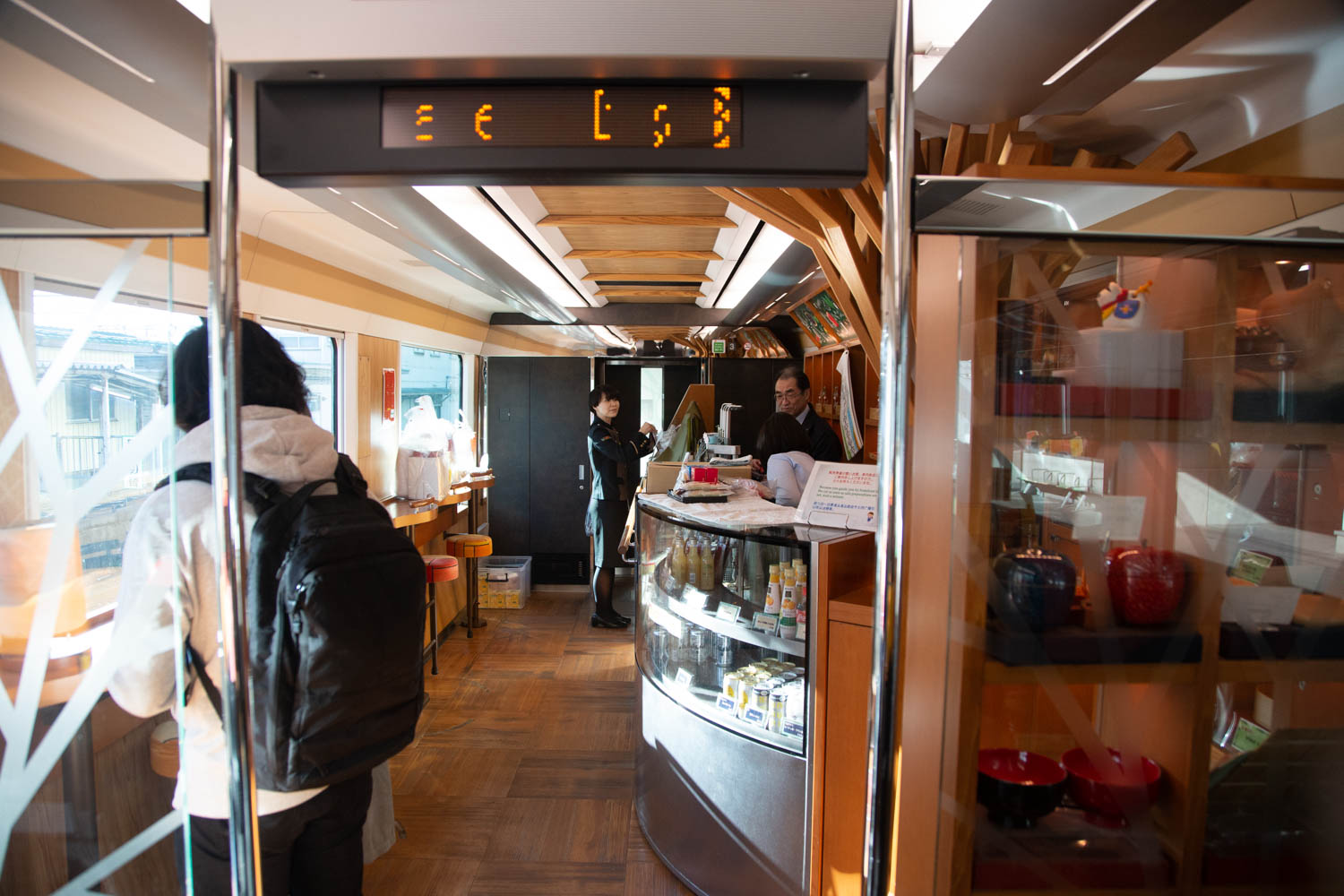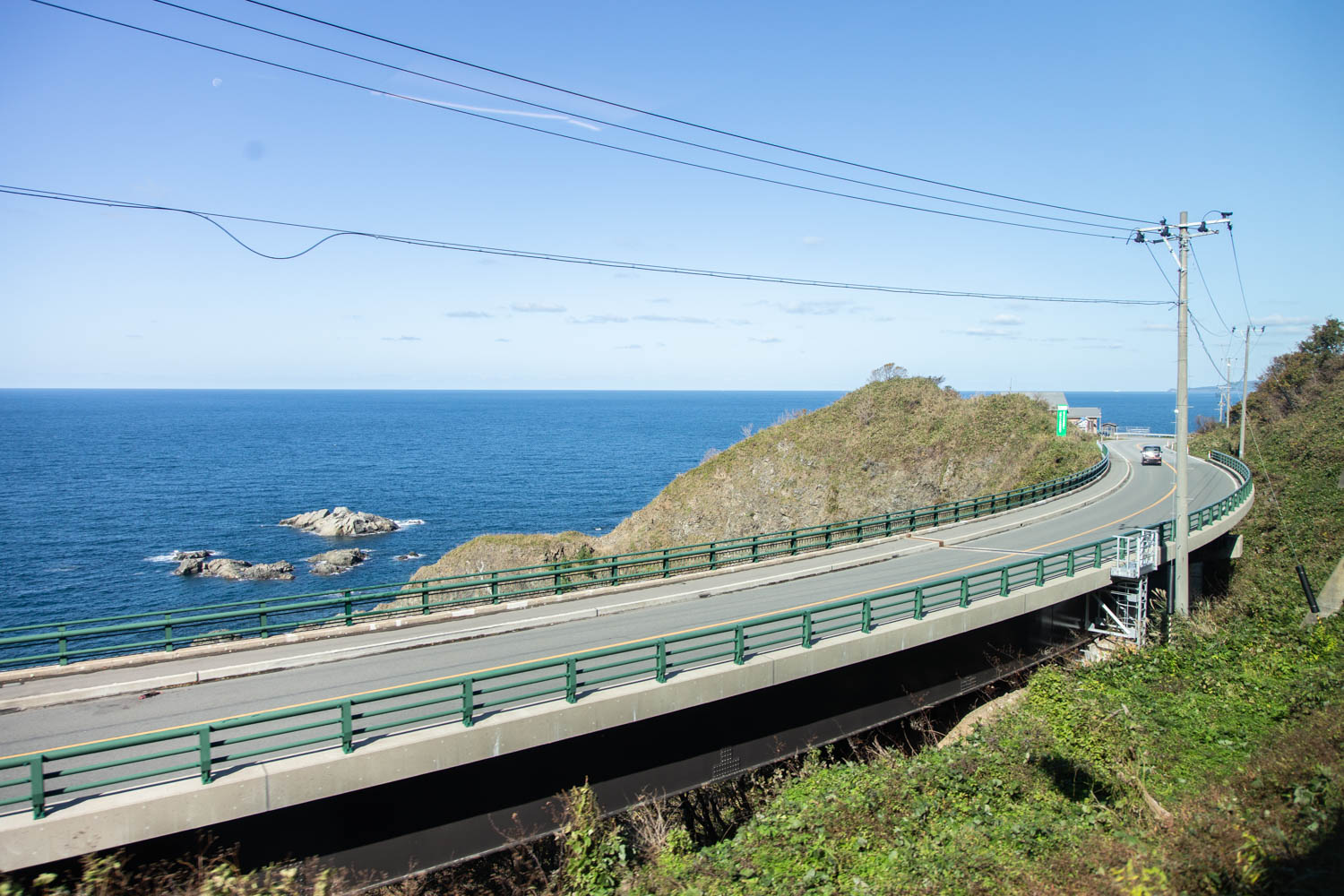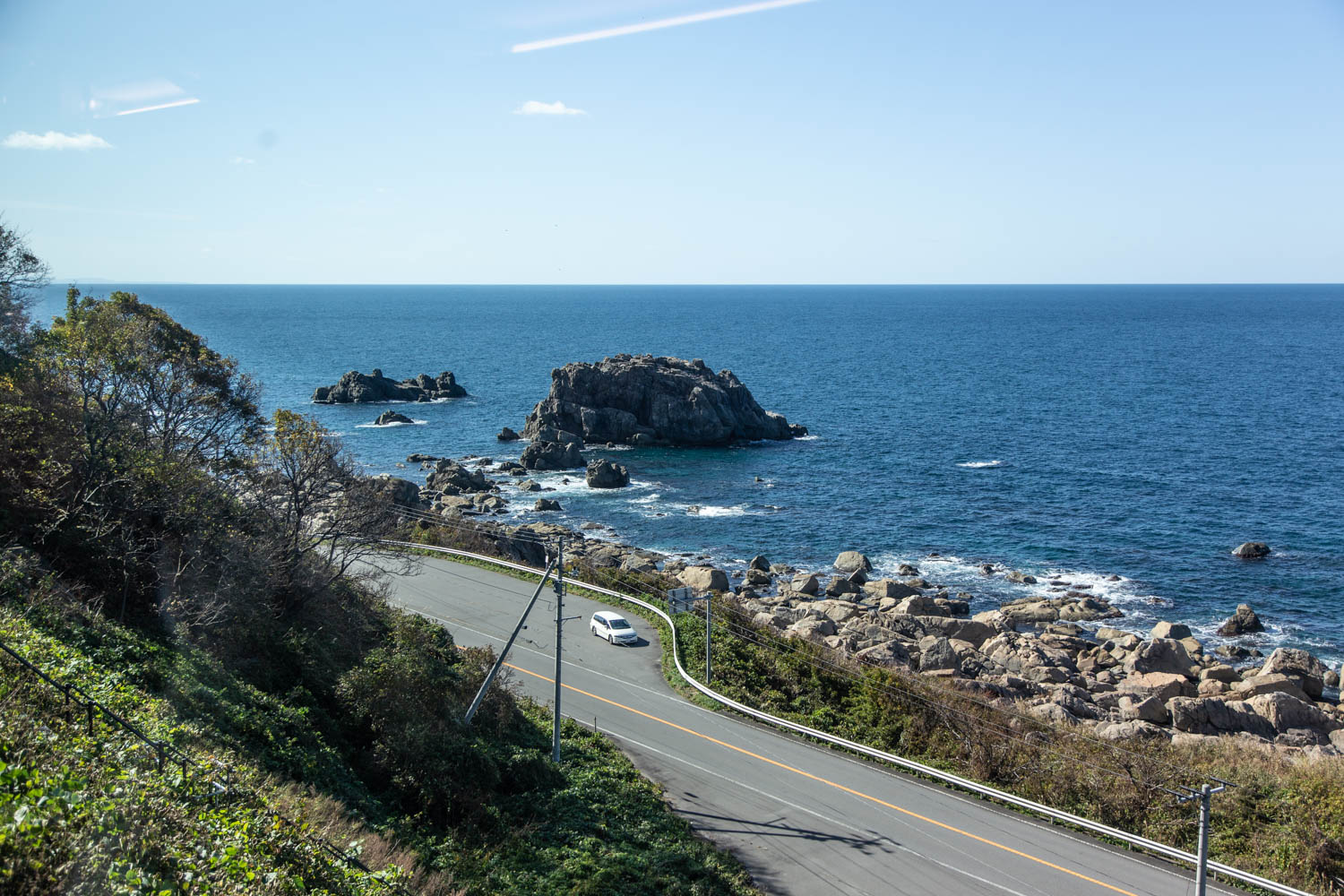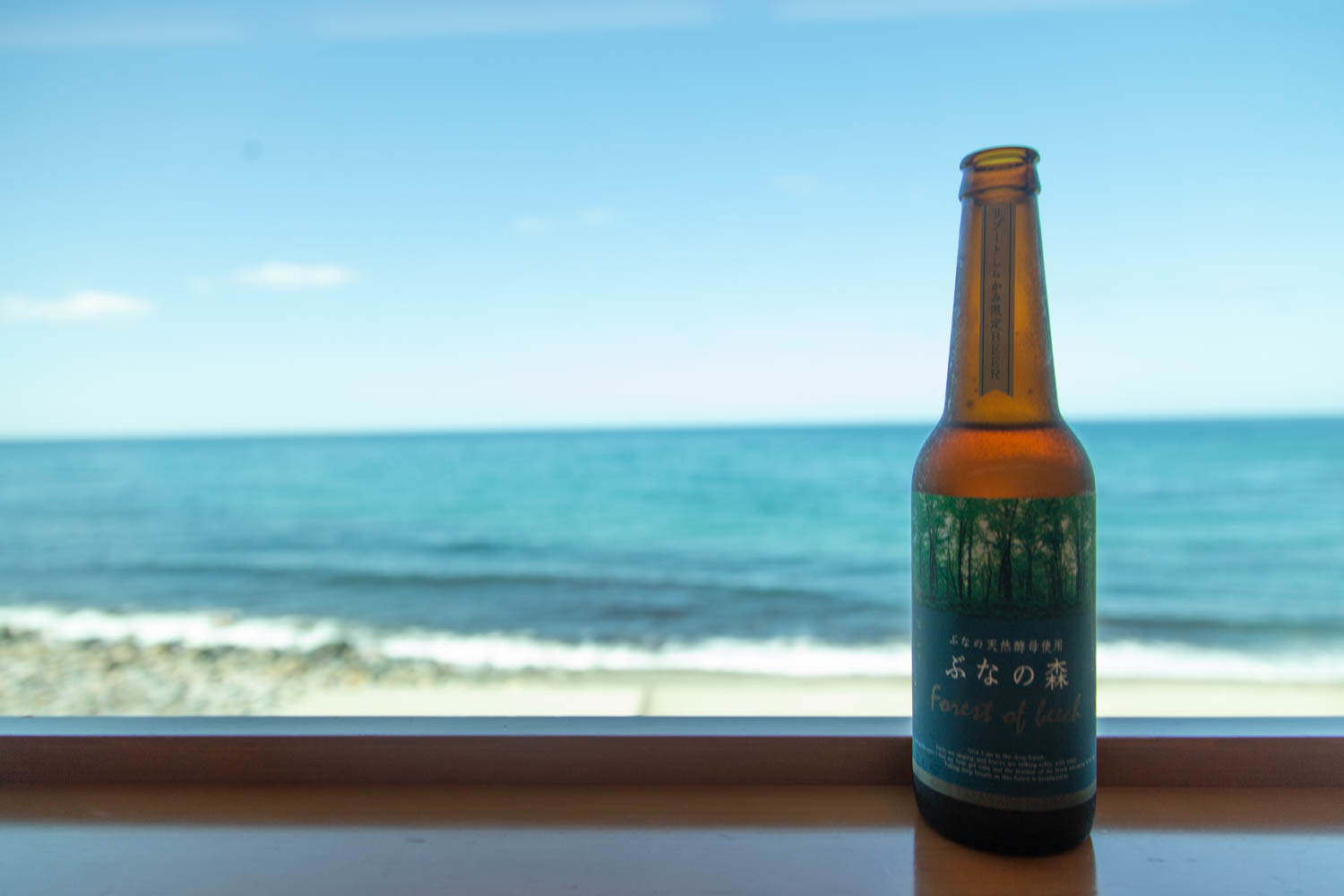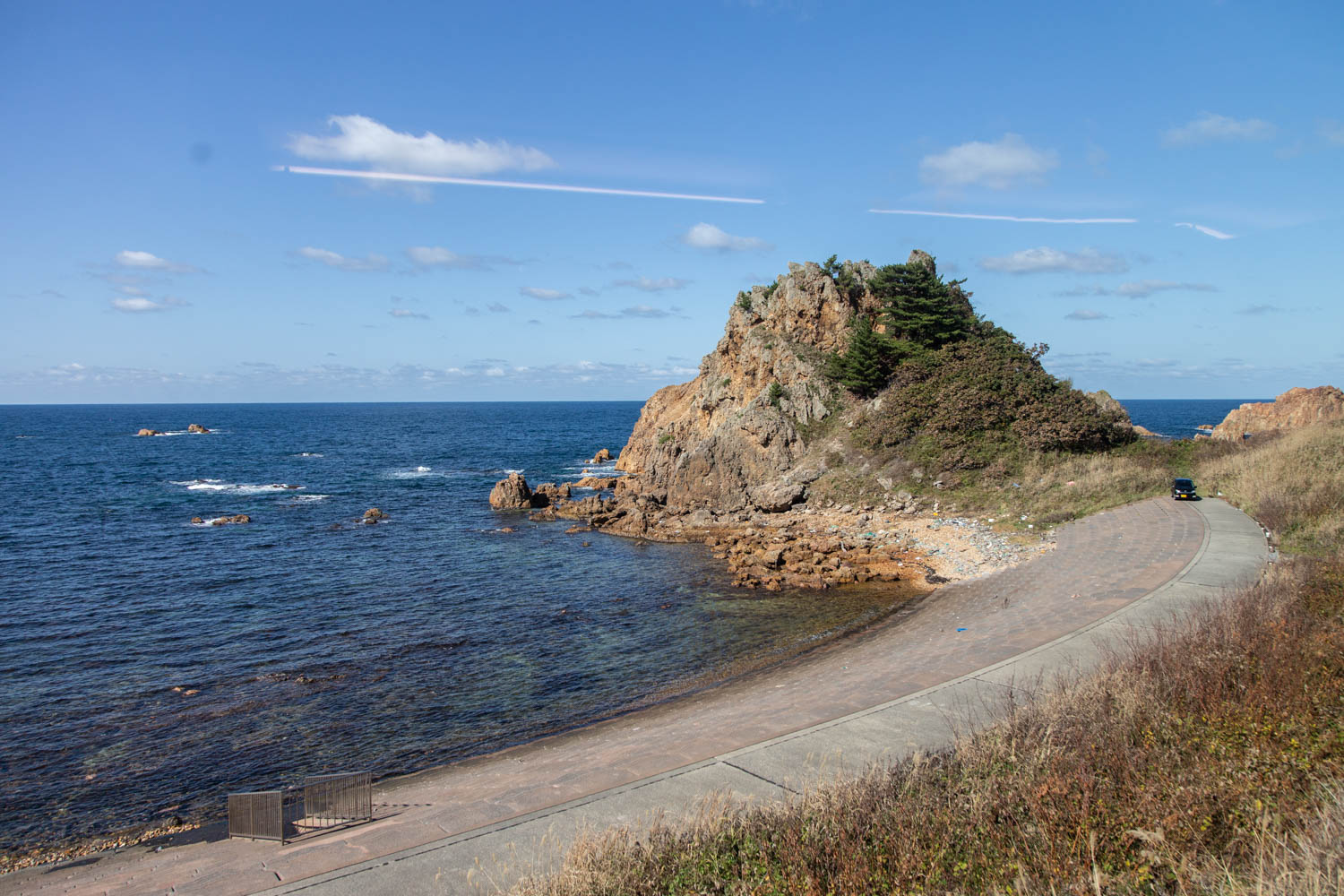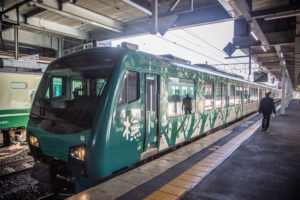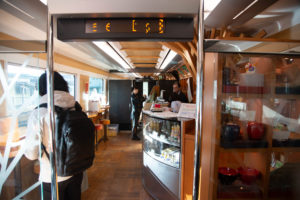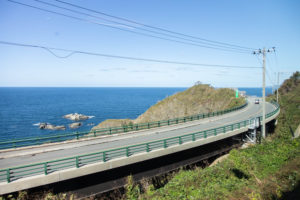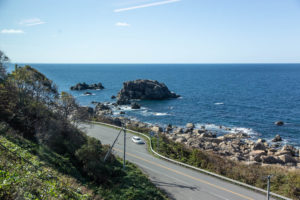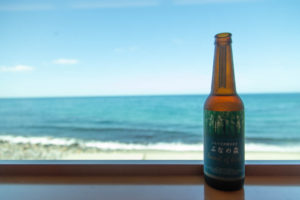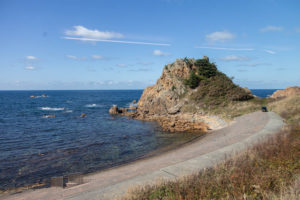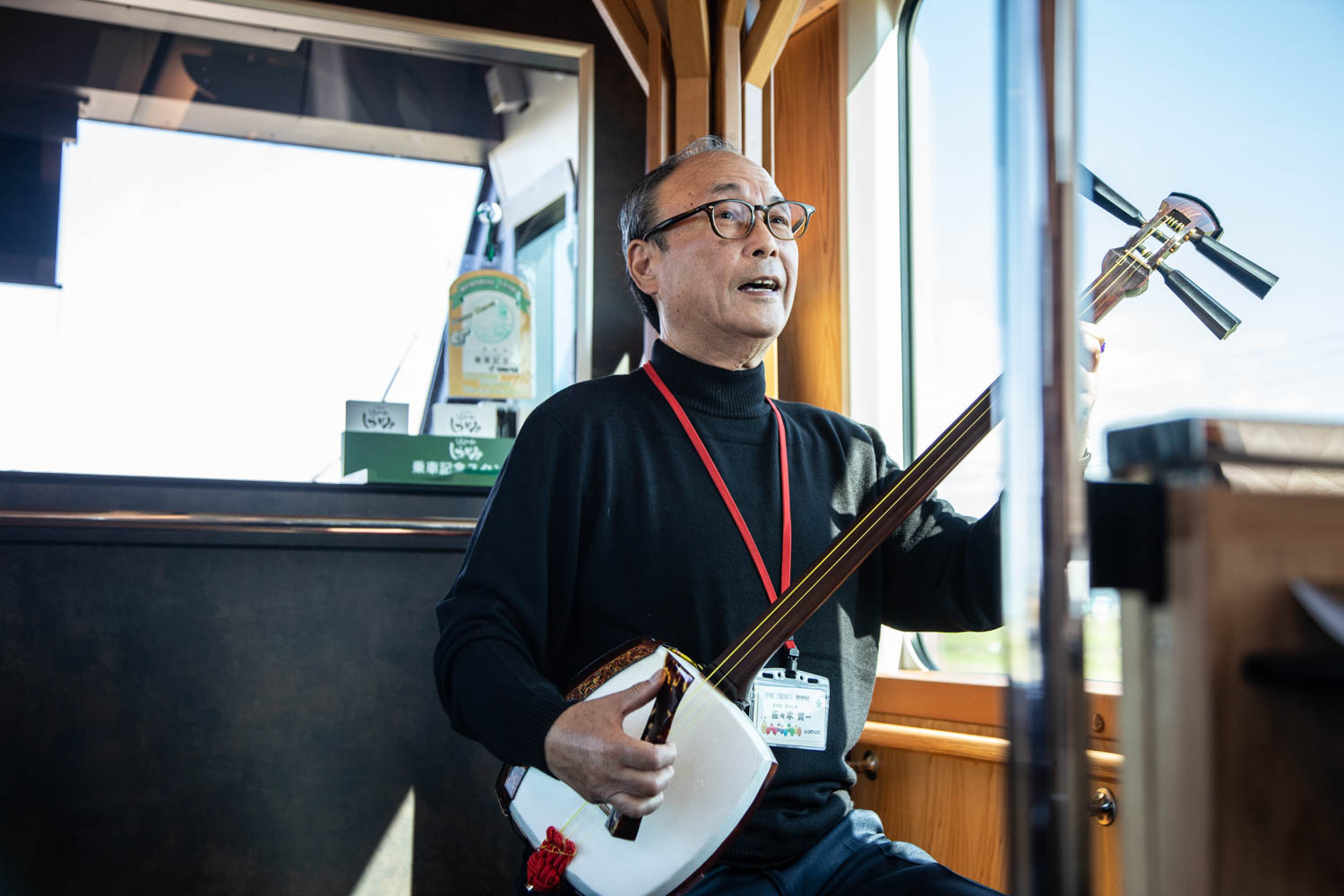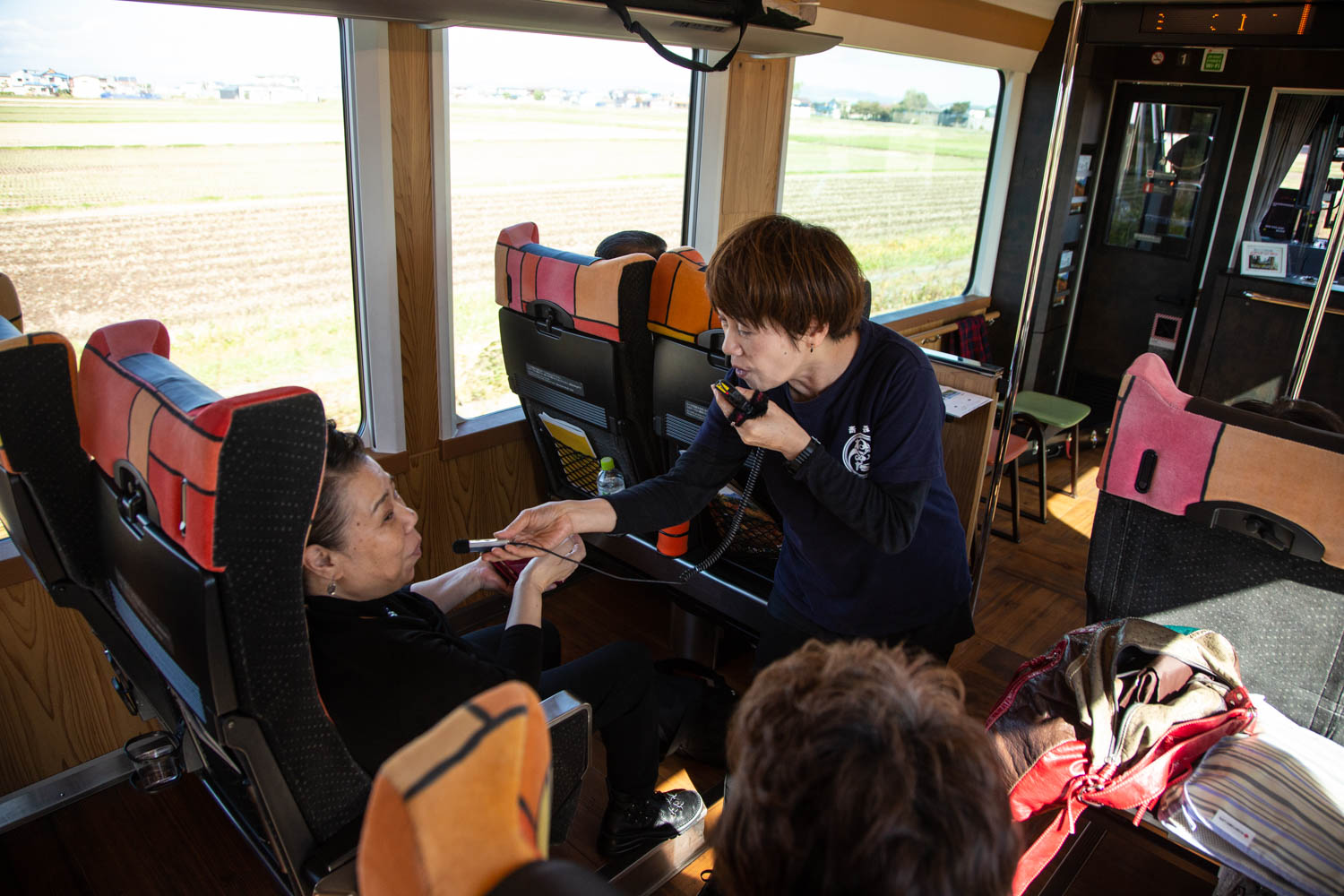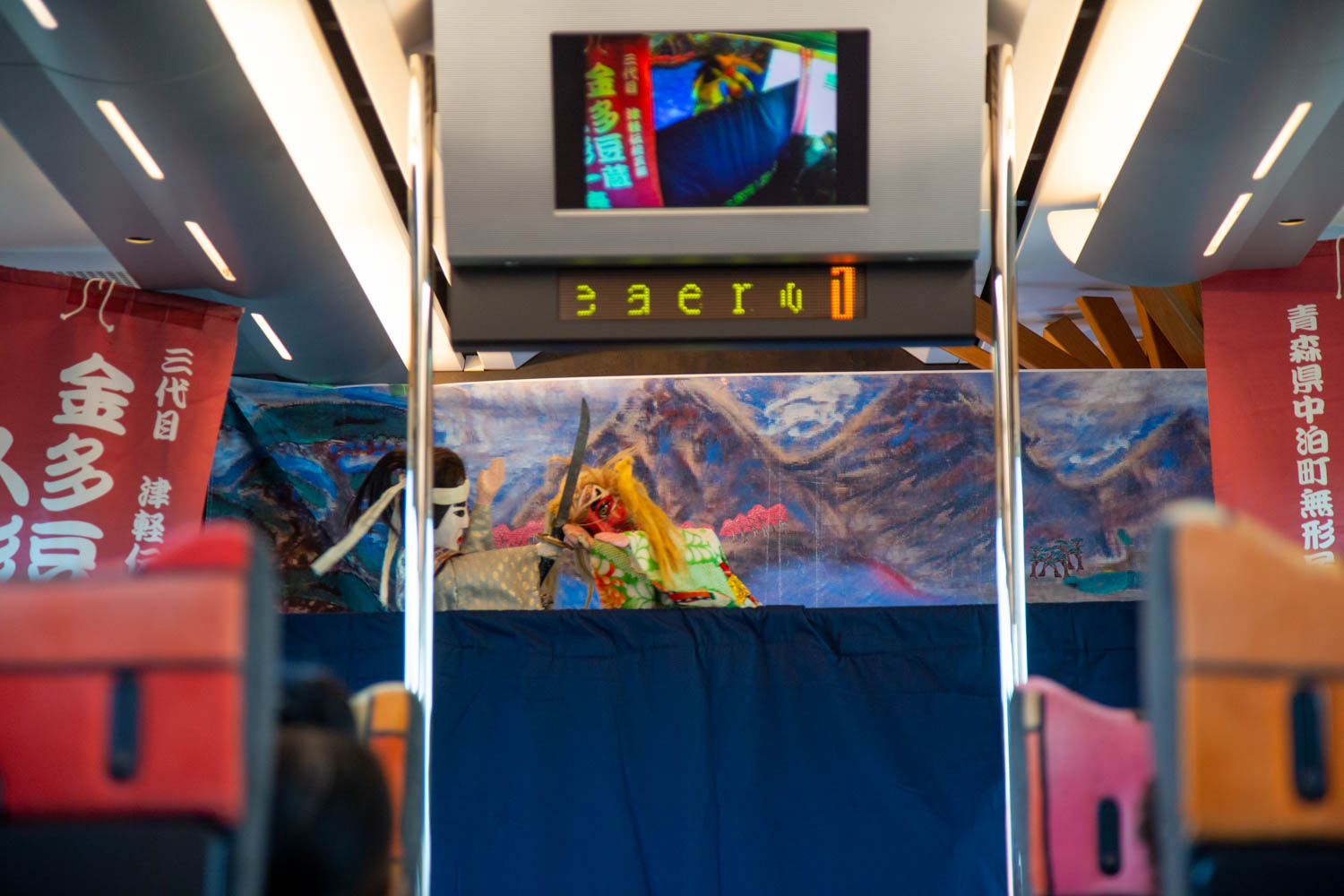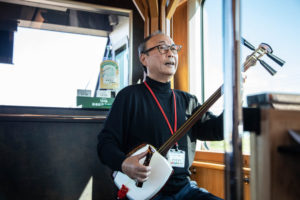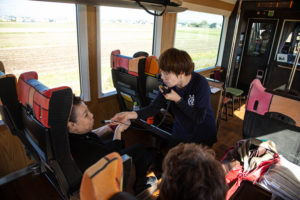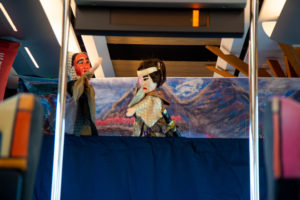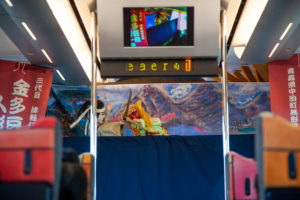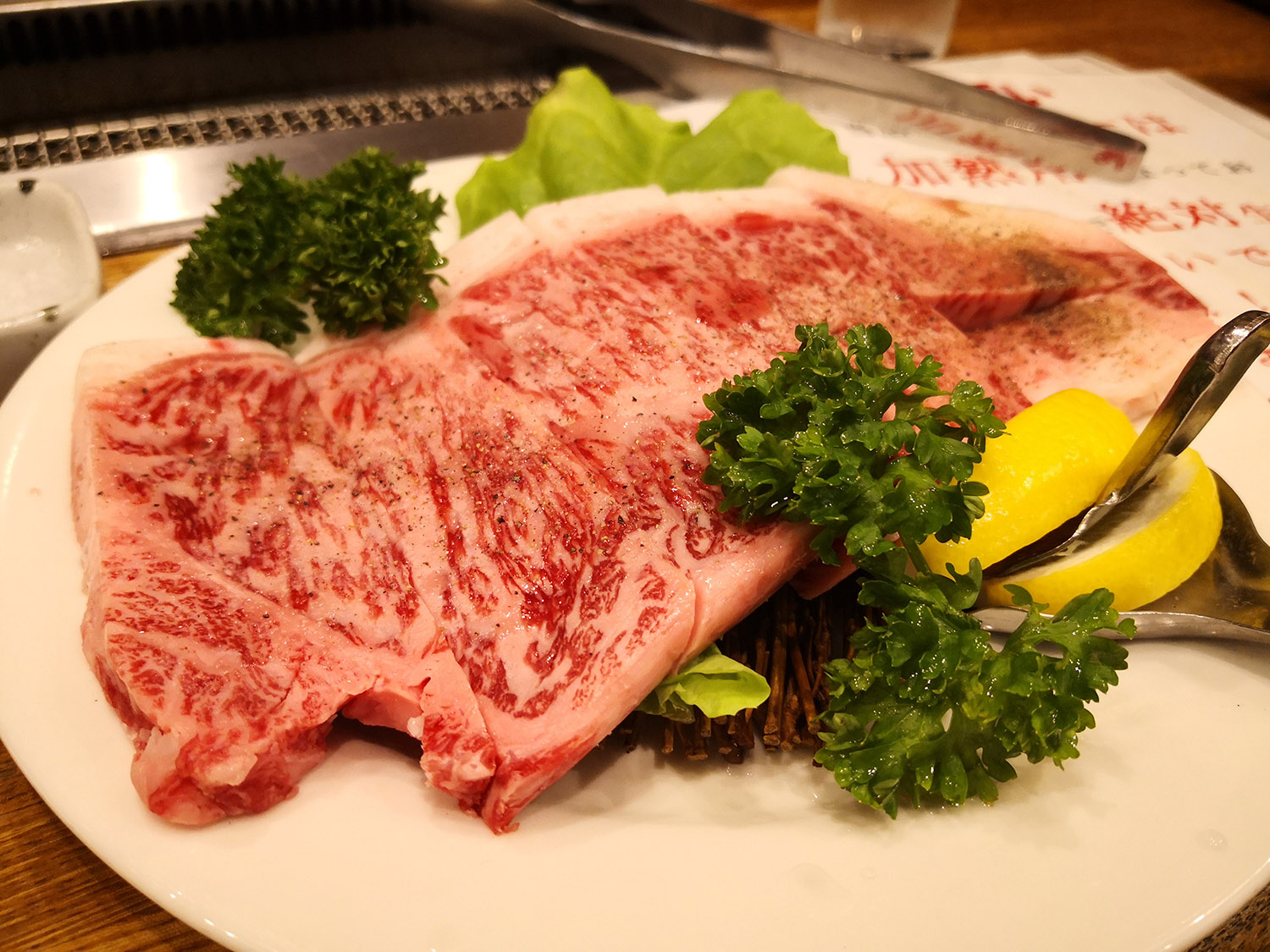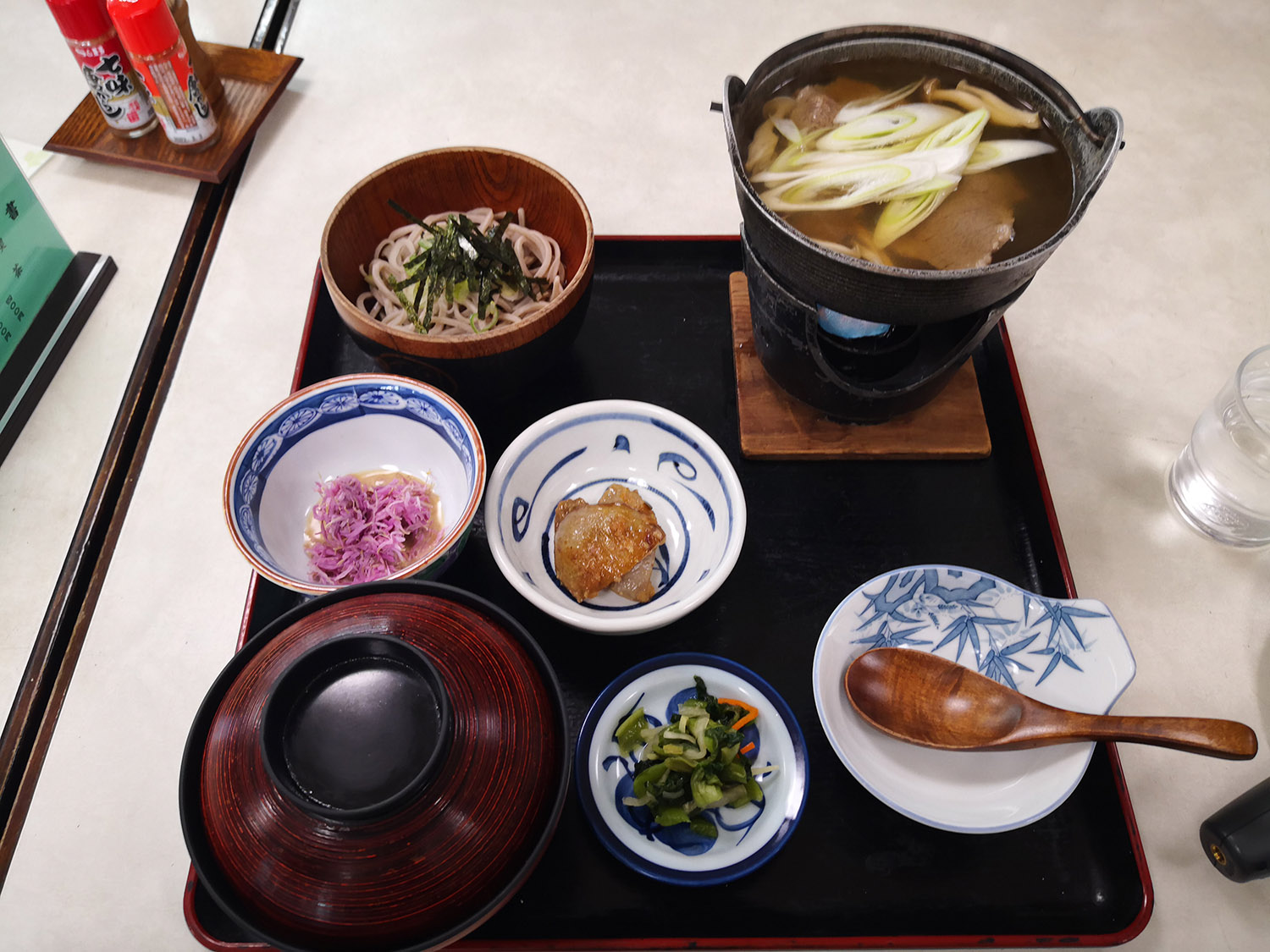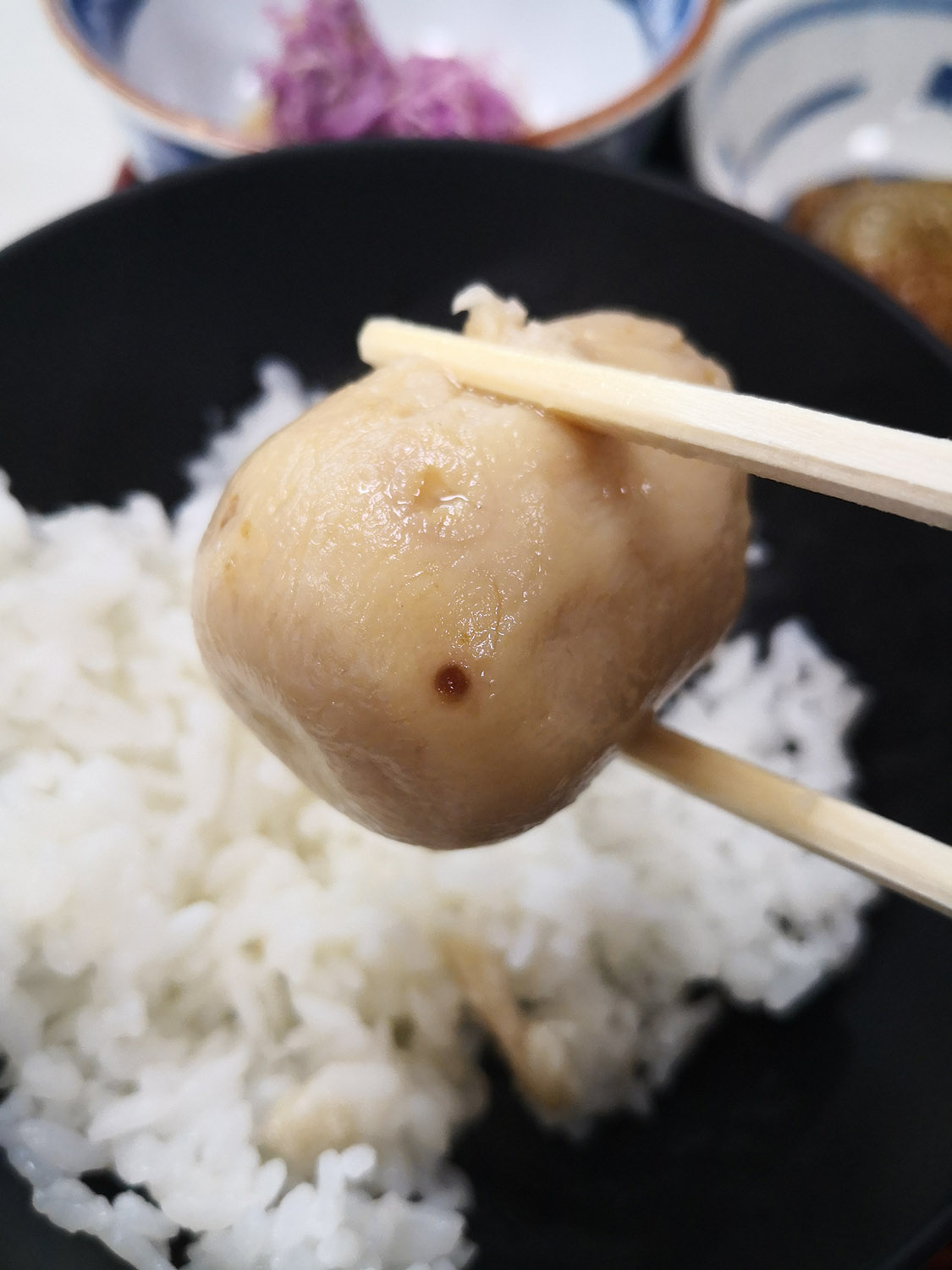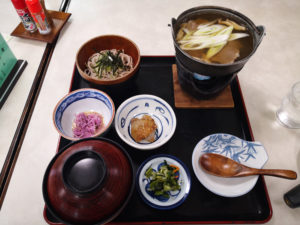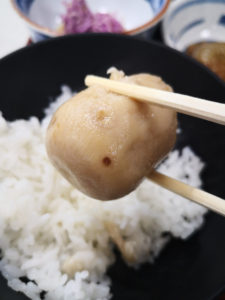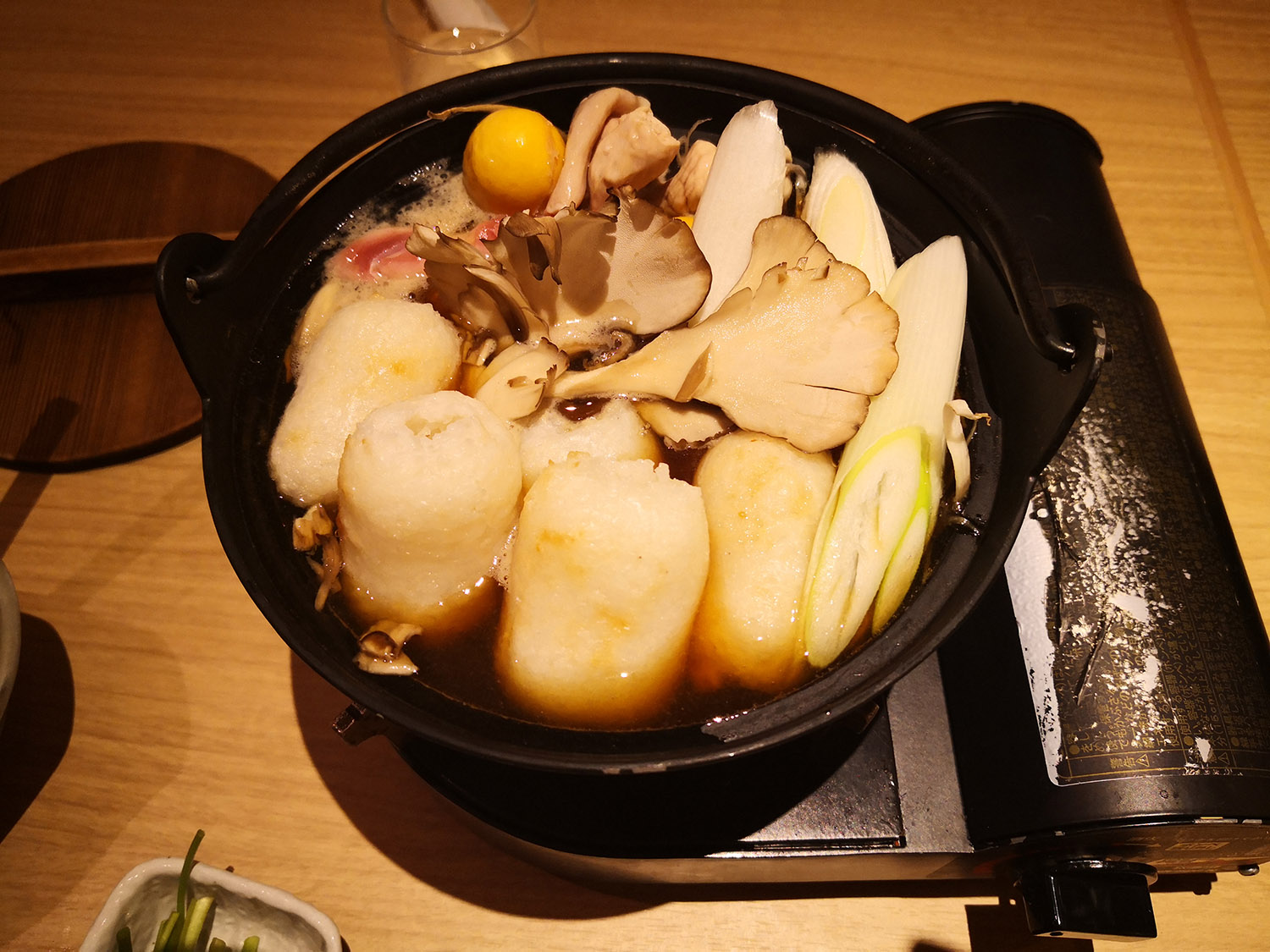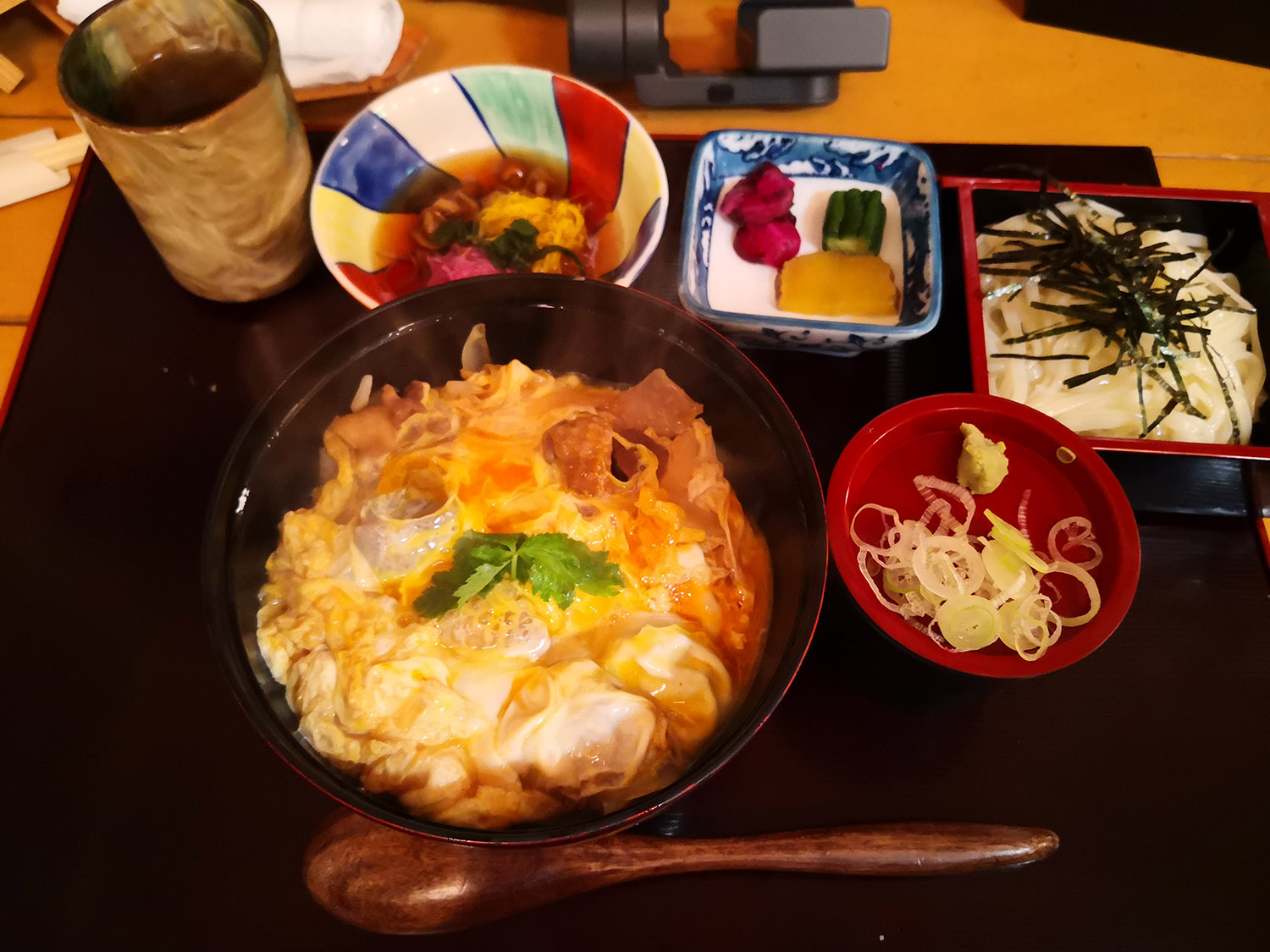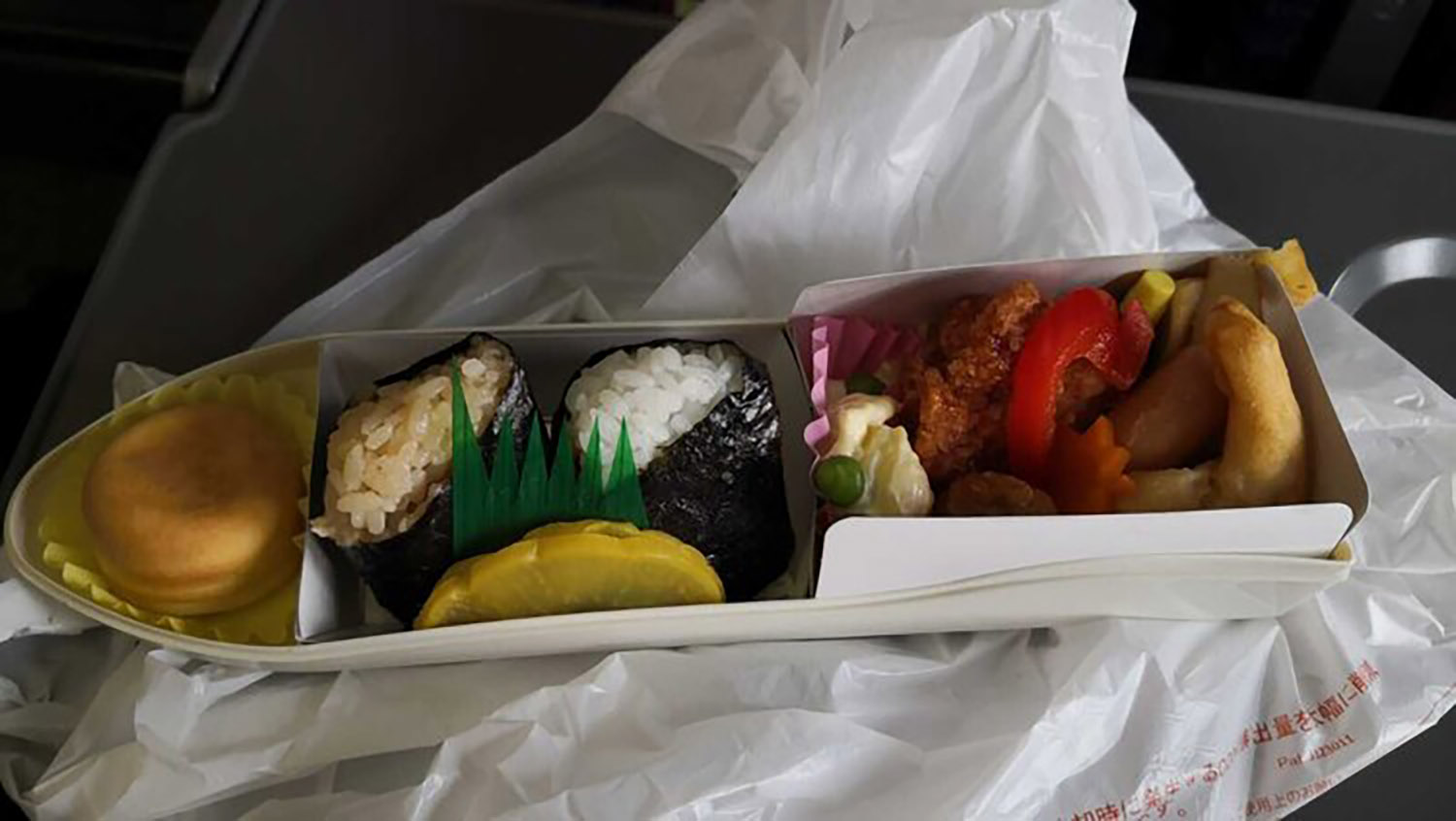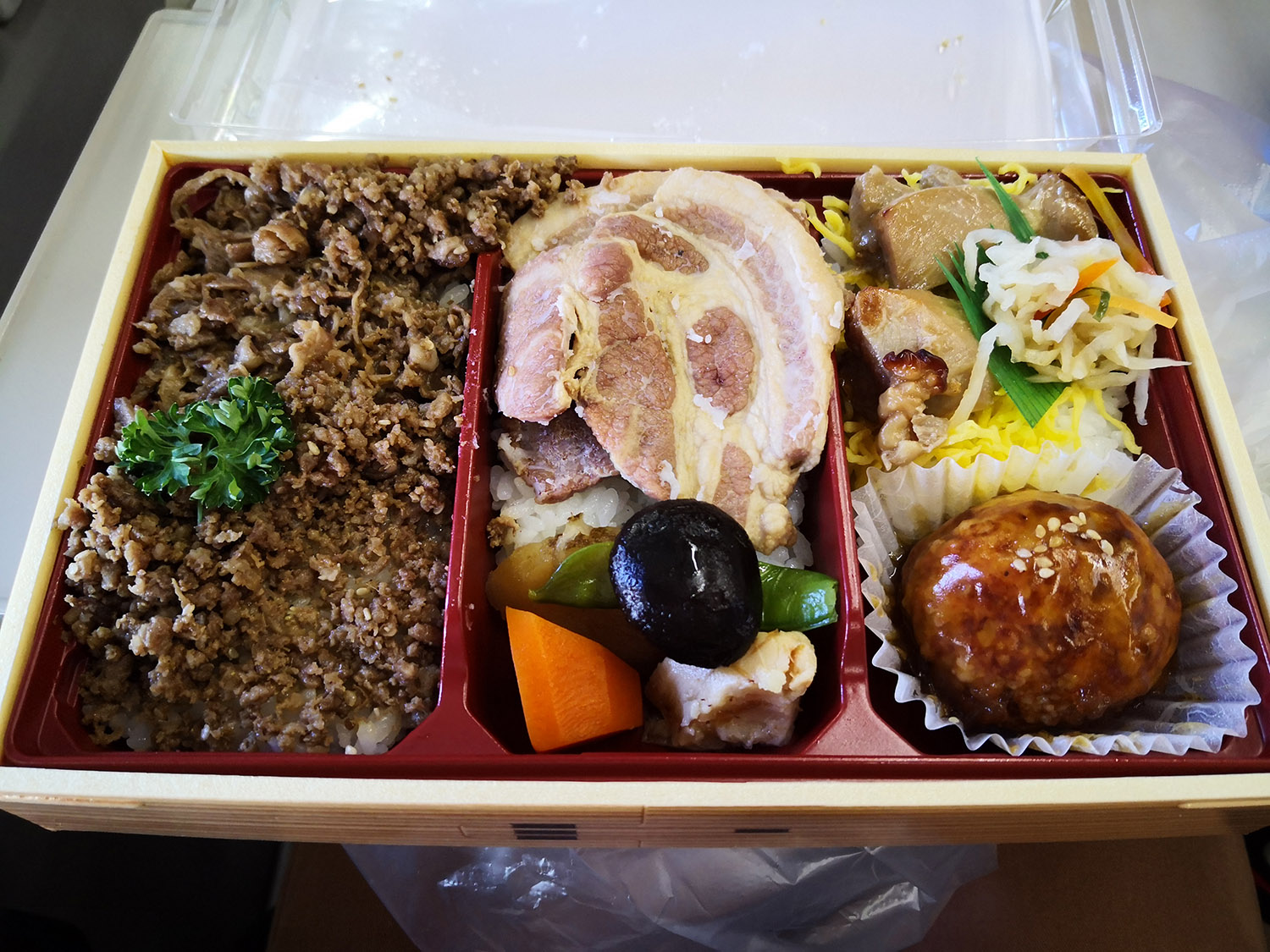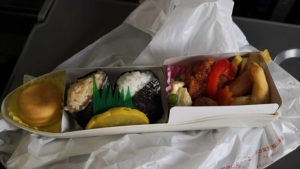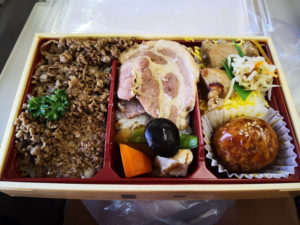Yep it’s time for the annual Japan post again. I get it, but 5 trips in 4 years isn’t as insane as some of my friends are doing, plus I’m visiting uncharted territory on my more recent visits so it is technically a different trip each time. This year, with October being the only time this year I’m taking a break that is more than 3 days this year, I decided to take a 2 week long trip towards the north to explore the Tohoku region, some of the more unexplored areas but nevertheless still great to visit. Plenty of scenery, plenty of great food, what’s there to not look forward to?
As the date approached I was getting more and more excited at the prospect of getting away from work for 2 weeks, at least until 2 days before departure.
Typhoon Hagibis
Because yes, this goddamn typhoon decided it would be a good time to hit Tokyo on the very same day I was supposed to fly into Tokyo. I’ve been monitoring the flights and typhoon path ever since I found out the typhoon was coming, praying hard it would somehow miraculously divert away from Tokyo and that I’d somehow still be able to fly in and keep up with all my plans, until 5pm of the day before my flight when my worst fears were confirmed: flight cancellation. ANA didn’t even have the decency to reschedule me to another flight automatically. With work issues that night, Expedia being useless and ANA putting me on hold for 1.5 hours, I only managed to confirm a rebooked flight only at 9pm, by which time the earliest flight available was on Monday 11am, 52 hours after I was initially supposed to fly. That’s it for my initial plans then, my plans to visit Fukushima with a friend on Sun-Tue had to be entirely scrapped due to me landing only on Monday at 7pm. Still, somehow gotta be thankful I lost just 2 days, Expedia initially gave me an option to rebook to Wednesday which was just bullshit.
Tokyo – Mount Okutama
So with my friend figuring travelling up to Fukushima for a single day being impossible for him, we decided we’d just spend the one day we had exploring the less visited areas in the outskirts of Tokyo prefecture, so we hopped on a rental car and drove up the mountains towards Mount Okutama. Honestly pretty inaccessible by public transport with trains running once per hour through the region, I wouldn’t even have entertained the thought of coming here from the city without a rental car. It was a fun drive up, with plenty of great vantage points along the Tama river. There were some points where we should have been able to go down to the river banks, but thanks to the typhoon 2 days before the river was flooded and all paths to the river banks were closed. At the top of the mountain is Lake Okutama, which is honestly a pretty nice place to relax and have a drink if the weather was nice that day.
Extra – Fukushima Inari Shrine (Fukushima)
So technically I did walk around Fukushima for a while, as I had stuff delivered to the hotel there prior to the typhoon and had to pick it up before continuing with the trip. With about 2 hours available to explore before my train up to Yamagata prefecture, I figured I’d use the time to find a shrine to continue with my goshuin collection that I started on my last trip; the nearest one would be the Fukushima Inari Shrine. A pretty spacious shrine located within the housing estate, though pretty non-descript, though I did get my first sight of what would eventually become a common sight; kindergarten teachers pushing their kids around in trolleys. Man these kids are living good lives now, though I do question why I’m seeing this only on my fifth trip.
Yamagata City
So for this trip, as I’m regularly changing cities and hotels, I decided I would spend around half a day exploring the prefecture capital where I’m staying at. First up is Yamagata City. Honestly though, the city is actually pretty small with not much in the way of attractions. The only attraction of note is Kajo Park, which is home to the ruins of Yamagata Castle, and like what it says on the tin, it’s in ruins and has basically nothing in there, though the outer walls are still around. There’s a lot of focus on Mogami Yoshiaki around, who is one of the biggest historical figures in Yamagata history; there’s a statue of him in the park and there’s even a museum nearby solely dedicated to him. Somewhere within the park a medical museum for some reason.
Ginzan Onsen
A small but picturesque hot spring town located in the mountains. The buildings there are pretty traditional in style which adds to the overall rustic feeling of the area. There are also a couple of public onsens around, and also a free foot bath near the entrance which is perfect for a soak during the cold months. The town itself is already pretty enjoyable in the day time, but sunset turns everything up to eleven, when the lights come and illuminate the streets and buildings. The view at night is just fantastic to say the least.
The town itself is pretty small, with the main street just about a few hundred meters end to end, but get out of the town via the back and there’s a whole area full of nature to explore. Just past the town is Shirogane Falls, and further up is Senshin Gorge, where during the autumn the red leaves lining the river make for spectacular views. Further in will be the silver mines which the area is named after; some of these mines can be entered, though some areas were flooded by the typhoon when I went and were blocked off. Overall the whole area had some really great views and served as a teaser for what was going to come for the rest of the trip.
Yamadera
One of the more well known temple areas in Tohoku, Yamadera is also one of the more scenic ones I’ve been to so far. As the name describes, it’s pretty much a temple that is built on a mountain, although there are stuff to see at the foot of the mountains as well, with the main temple being the first structure that one sees upon entering the temple grounds, as well as several other smaller temples
Of course, getting good views means putting in some hard work, and that comes in the form of climbing more than a thousand steps up the mountains. The climb up is through a forest of cedar trees so there isn’t much to see in terms of views, though there a couple of interesting stuff to see along the way, most of which are in honor of a poet who wrote a number of his haikus in this area. Climbing these steps definitely isn’t your average daily exercise, unless you’re the postman I saw delivering mail to the temples and shops at the top. Huge respect to him for having to do this every day.
Beyond the gates which stand near the top of the mountain, a couple more shrines stand beyond slightly further up, the highest of which is the Okunoin Temple. And of course, one cannot neglect to mention the views of the valley, as well as the Kaisando Hall and the smaller Nokyodo building just beside. The hall was unfortunately under a bit of renovation when I went so the scaffolding kind of spoiled the imagery. Beside the Kaisando Hall is the Godaido Hall with an observation deck which gave some unrivalled views of the region. I stayed for sunset, and although the sun wasn’t in a very good direction, the sunset did bathe the area in a pretty wonderful glow for some great photos. Sadly I appeared to have come too early for autumn as most of the leaves were still green, the views would probably have been fantastic with some autumn foliage in the area.
Akita City
After 2 days in Yamagata, it’s time to say goodbye and move on to the next destination: Akita! The troublesome thing about accessing Akita from Yamagata is that there is no shinkansen line between the two cities, so instead of taking the Shinkansen through 2 other prefectures I decided to opt for the slow and scenic local train through the countryside that took 4 hours. On the plus side, I had 4 hours of scenery to look at. On the other hand though, 4 hours of scenery does get old after a while, plus being on a local train means I couldn’t eat my bento until I got to the hotel at 3pm.
Shoutout to the hotel which was fantastic though; I spent 2 nights at the Route Inn Grantia Akita Spa Resort, which although pricier than hotels I usually stay in, was well worth the money. Just the public bath itself was worth the cost, but there were a whole bunch of other facilities like massages which I didn’t take advantage of due to me spending too much time at the bath.
Considering the time I reached Akita City, I only had time to visit the main park of the city, Senshu Park, which is home to a couple of small shrines as well as the ruins of Kubota Castle. It’s a nice park, some pretty nice scenery everywhere. A surprise I bumped into was some showcase of their local Kanto Festival, which was supposed to be held in August but for some reason was having a sort of mini event in the park, so I did get to see some of the stuff the festival is famous for. A couple people were also walking their Akita dogs, which are native to the region, so I was also pretty excited to see those. They’re pretty huge, but they’re cute as heck.
Further in the park there’s a couple of shrines like the Akita Hachiman shrine and Iyataka shrine. The park is also the former site of Kubota Castle, which is no longer around, although there is a turret of the castle in a corner of the park that I think serves as a museum of sorts (I came after it closed so I have no idea what’s inside). Overall it’s a pretty nice place to just chill and relax if you’re feeling lazy
Odate
The first leg of a 3 part day trip out of Akita City, the purpose of coming here was mainly for the Akita dogs; the city has a visitor center where they let guests interact with the dogs, albeit in 5 minute intervals which was way too short. The dogs were super cute though, well worth the hour long travel time up to pet them. The visitor center also serves as a mini museum showcasing some information and history of Akita dogs, as well as recounting the story of the world famous Hachiko, which they also have a statue of outside the center
Akita Nairiku Line
The Akita Nairiku Line is a railway stretching between Takanosu in Northern Akita and Kakunodate in the south, which was also my next destination, with supposedly great views from the train, but unfortunately the weather was crap that day, raining literally the whole day, which kind of ruined this ride a bit. The train was really cute though. The train is decorated with images of Akita dogs, and even the route map had paws in place of stations, which was really adorable. I wish our trains here were as cute as this.
Kakunodate
My last stop in Akita, Kakunodate is well known as a samurai town in the area. The main attraction area is pretty much a single long road stretching for a few hundred meters, and can be split up as the samurai district and the shopping district. The whole place gives off a very old and traditional vibe due to the presence of the samurai houses, some of which have been standing for a few centuries. Unfortunately I arrived at 4pm which wasn’t enough time to explore both areas, so I spent the one hour I had exploring the samurai district and visiting two samurai houses which doubles as museums.
Ishiguro samurai house is one of the samurai houses open to the public in the area. I obviously can’t remember the history behind the house, but the English guide who brought me around is one of the descendants of the Ishiguro family who lived there, and still lives there, which is pretty cool. The guide did explain to us the way of samurai living, what each area of the house is for and its significance, as well as some of the stuff on exhibit like the kimonos in the main hall.
The other samurai house nearby, the Aoyama samurai house, is less interactive in that all I have is a brochure to explain the stuff, but size wise it’s definitely more impressive. This one feels less like a walk-through of a samurai house but more like an exhibit of samurai related stuff like armour and swords. For some reason there are also some other more modern stuff on exhibit like a whole room full of gramophones and cameras, which is the collection of one of the past few generations of the family.
Journey to Aomori – Resort Shirakami Train
After 2 nights in Akita, it’s time to train up to part 3 – Aomori. This train ride is different from the typical Japanese train ride, as I took the Resort Shirakami train, one of the numerous tourist trains throughout Japan. Such trains either usually go through scenic areas or are themed trains like the Pokemon train in Iwate which unfortunately was not scheduled to run when I was there. This particular train runs along the western coast and also along the side of the Shirakami Sanchi region, hence the name.
The train itself was comfortable and one of the best trains I’ve ridden anywhere, with very spacious seats and huge windows to soak in the scenery. In my cabin there is also a “bar” where you can buy drinks and just chill at the table along the window. Roaming vendors also get on at certain stations to sell local snacks and souvenirs. And of course, the fantastic scenery needs no explanation. Once the train hit the coast you’re treated with amazing views of the Sea of Japan, and the train will also slow down during certain areas so that passengers can fully enjoy the scenery. To complement the view, I got the Buna no Mori beer, a beer brewed with yeast from beech trees in the Shirakami Sanchi region, so this is as local as it gets. It tastes pretty good, kinda fruity and light to me.
Apart from the views, the very front cabin is also host to a number of performances. I managed to catch the shamisen performance as well as this traditional puppet show, which makes the train ride that much more interesting and enjoyable. As a bonus, enjoy this snippet of the puppet show
Tohoku Cuisine – Part 1
So I came to Tohoku with two objectives in mind; scenery and food. With so much food local to the region, I’ll be an idiot for sticking to the usual food I can get anywhere. This section is completely devoted to all the food I’ve had the opportunity to try in the area
Yamagata is perhaps best known for its beef, in particular Yonezawa wagyu, widely regarded as one of the top 3 variants of wagyu within Japan. I had this gyudon and soba set which I didn’t think to take photos of, which at 990 yen was great and good value in its own right. However, on the second night, I decided I can’t leave without getting some of that wagyu goodness, so I stepped into a wagyu place near my hotel, and left the restaurant 1 hour later 5400yen (~SGD$70) poorer but extremely satisfied. I mean, just look at this beauty with all that marbling. 200g of high quality wagyu in 7 pieces, that’s $10 for each piece. The beef was eaten grilled, and though i had to trial with my first piece, I eventually got it right and each one was grilled to juicy perfection. It’s probably not an exaggeration to say that the beef just melts in the mouth, it’s that good. The most expensive beef I’ve eaten, but definitely the best as well, and no regrets blowing $70 on a single meal.
As a bonus, enjoy a video of me grilling $10 worth of beef to perfection, because this absolutely deserves a video of its own.
Apart from beef, one of the other more well known food in Yamagata is imoni, which is a soup containing taro and meat slices. Tasted pretty good, though I got to say the amount of taro I got was pretty overwhelming. The size of the pot is kinda deceiving as beneath the meat slices lay quite a number of pieces of taro, and considering the size of each piece I almost had trouble finishing up. The texture was good, though without the soup it does get a little bland after a while.
When it comes to Akita, one of their most famous food is Kiritanpo, which is basically rice pounded, wrapped into a cylindrical shape and then toasted, which can either be eaten by itself or served together with nabe. I went for the nabe option as dinner for my first night, which naturally also included ingredients like mushrooms and meat. The rice soaked up the flavors of the soup pretty well so the kiritanpo was actually pretty flavorful, though soaking it for too long made it crumble easily upon biting. I had an separate bowl of rice on top of that. but to be honest since kiritanpo is already made of rice I didn’t actually need that extra bowl, and I ended up struggling to finish and was way more full than I would have liked.
Akita is also well known for its hinai-jidori, or Hinai chicken, which as I just found out a couple minutes ago while writing is considered one of the top 3 chicken breeds in Japan. While there I decided to try the Hinai-jidori oyakodon, or chicken-and-egg bowl. I like eggs with this sort of soft and silky texture so this was already a win to begin with, but the chicken was tender and the flavor was great as well which made the dish even better. Easily some of the best chicken I’ve ever tasted, if not the best.
Apart from local food within the cities, I also took the opportunity to do the quintessential stuff while travelling long distances via train – ekiben, or boxed lunches on trains. Ekibens are serious business in Japan, so much that they even have annual competitions for best ekiben, and Tokyo Station has a shop specializing in ekiben stocked with dozens and dozens of different types of them. For my Tokyo train ride I went with the train shaped ekiben simply because I want the box. The food itself feels like a kids meal as well, so it is pretty evident this is marketed for kids. For my Yamagata ride I went with this beef/chicken/pork set that was pretty tasty, though I had to wait until I got to Akita to eat it so it was pretty cold by that time, which was a pity. I somehow forgot to take photos of my Akita ekiben, but the packaging that I kept says hinai-jidori so it’s definitely a chicken and rice bento of some kind, though I can’t remember how it tastes
As this trip is 2 weeks long it’s impossible to stuff the whole 2 weeks worth of travel into a single blog, so like my last 2 week holiday 3 years ago this is being split up into part 2, where I’ll talk about the Aomori, Iwate and Miyagi sections of the trip.

